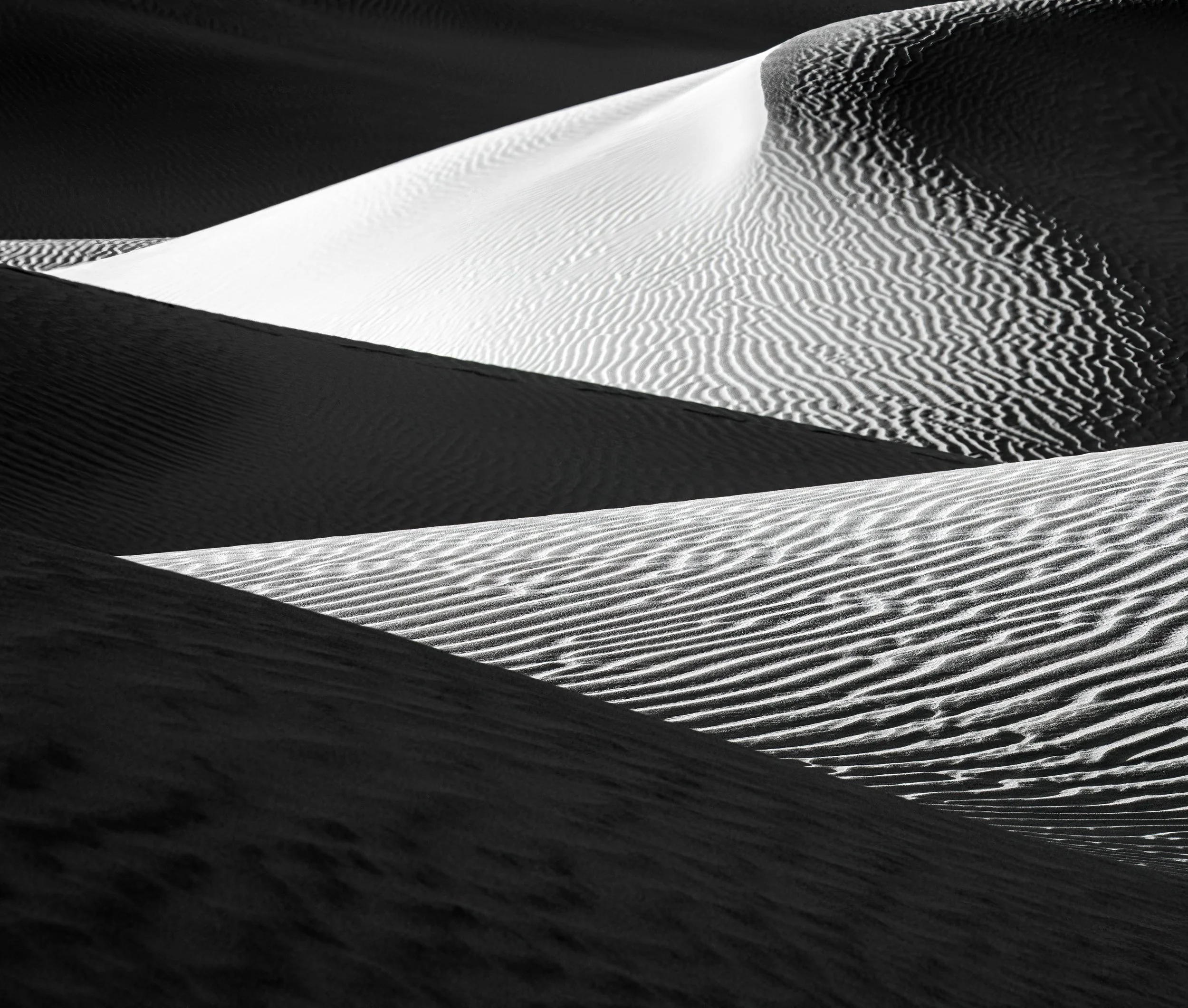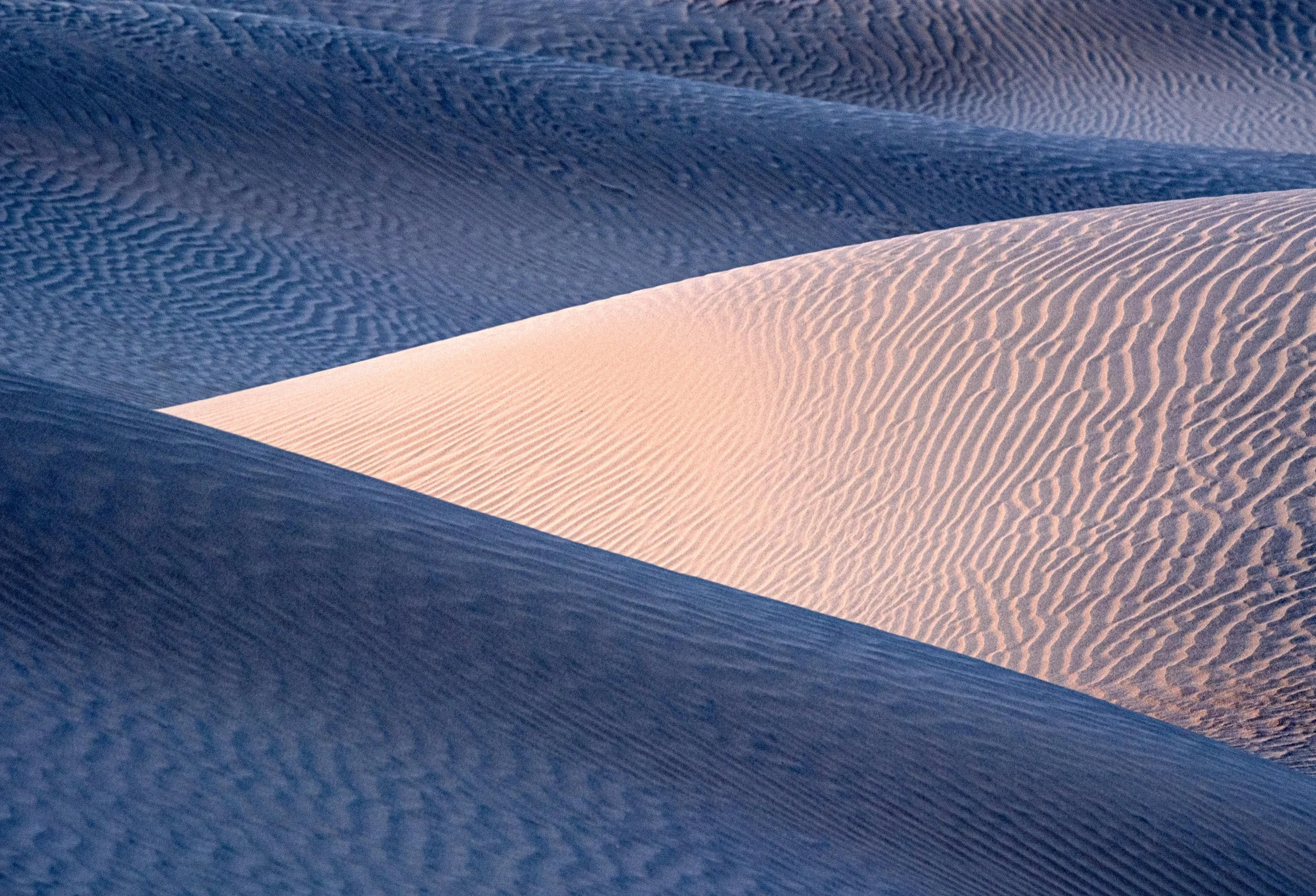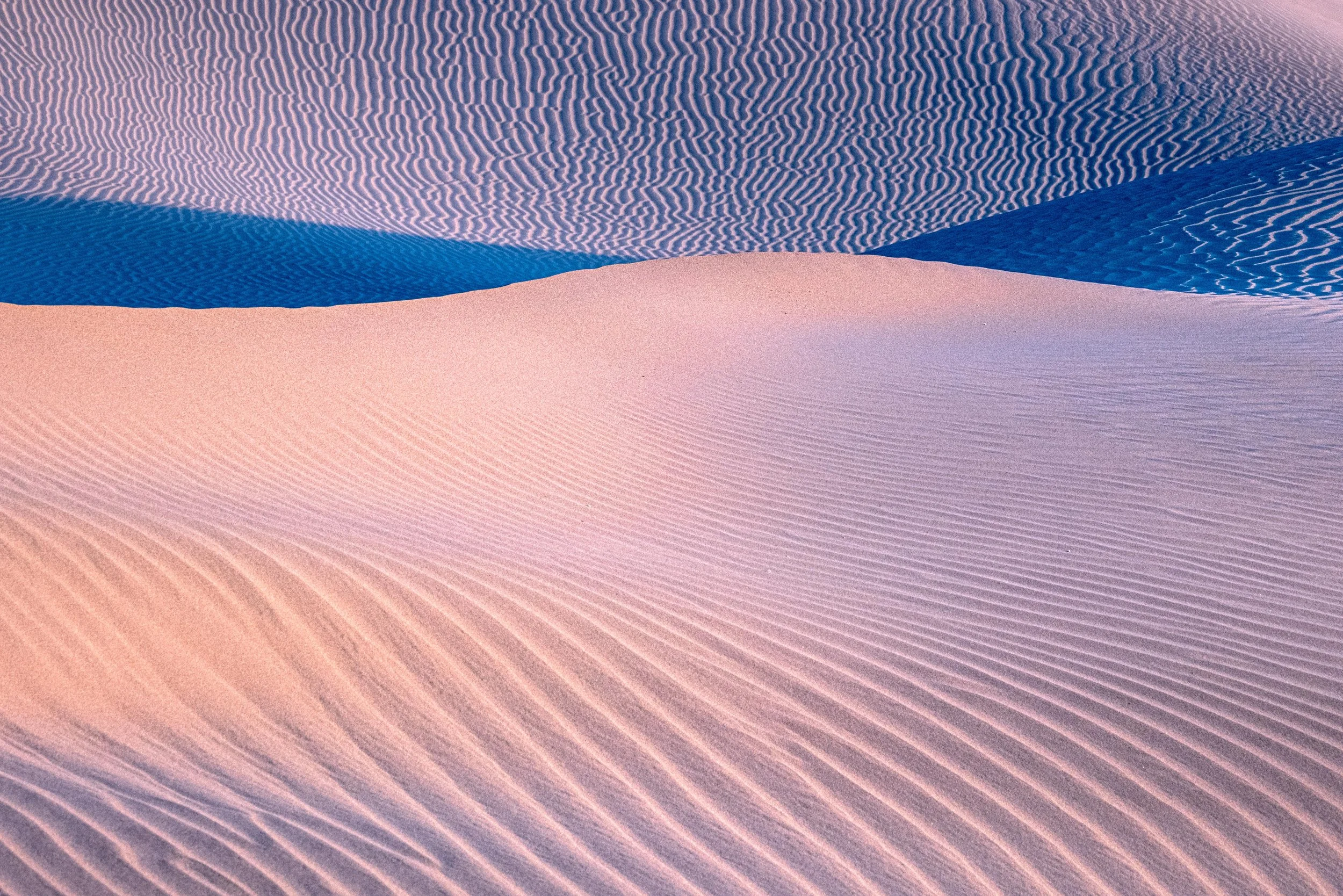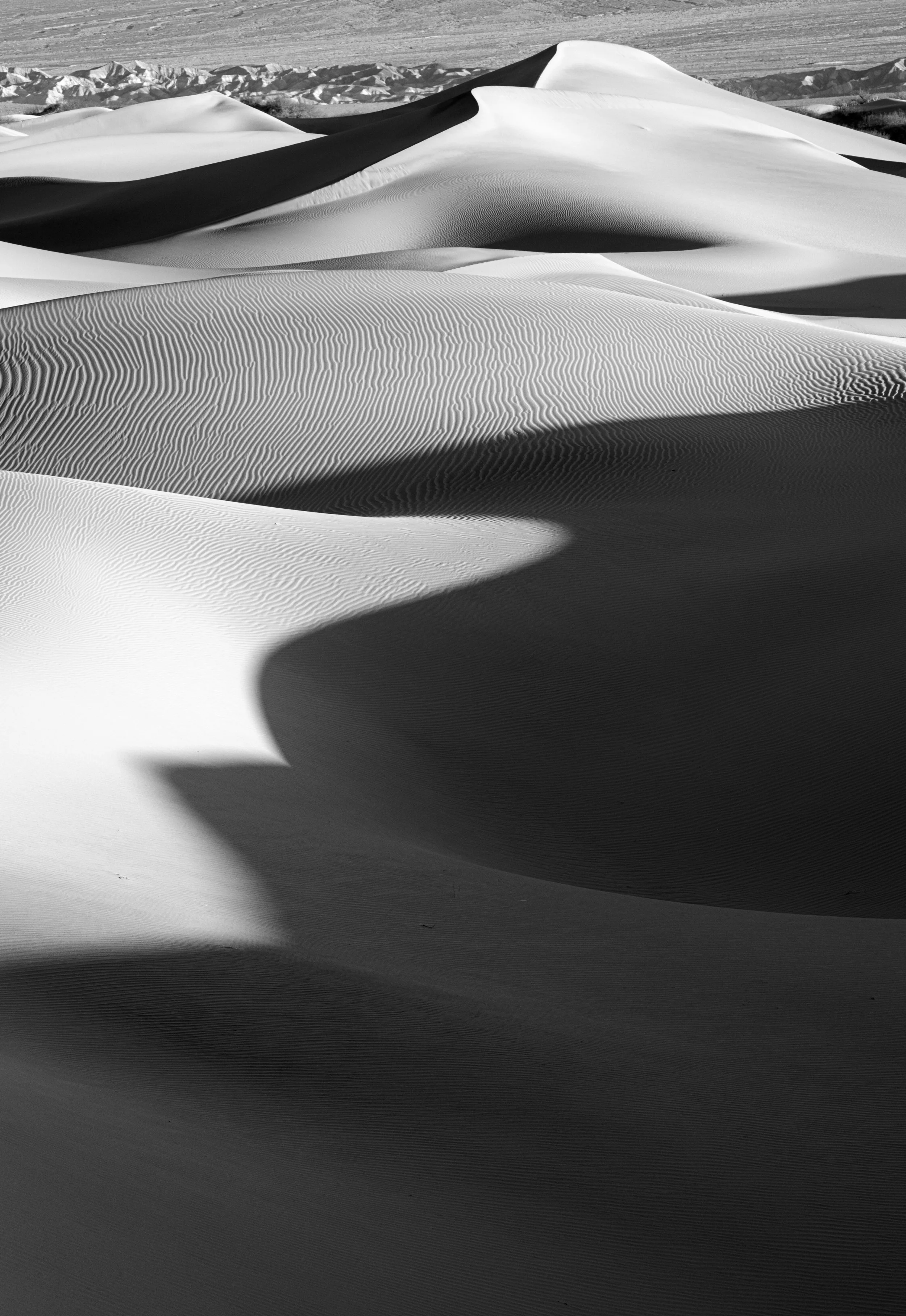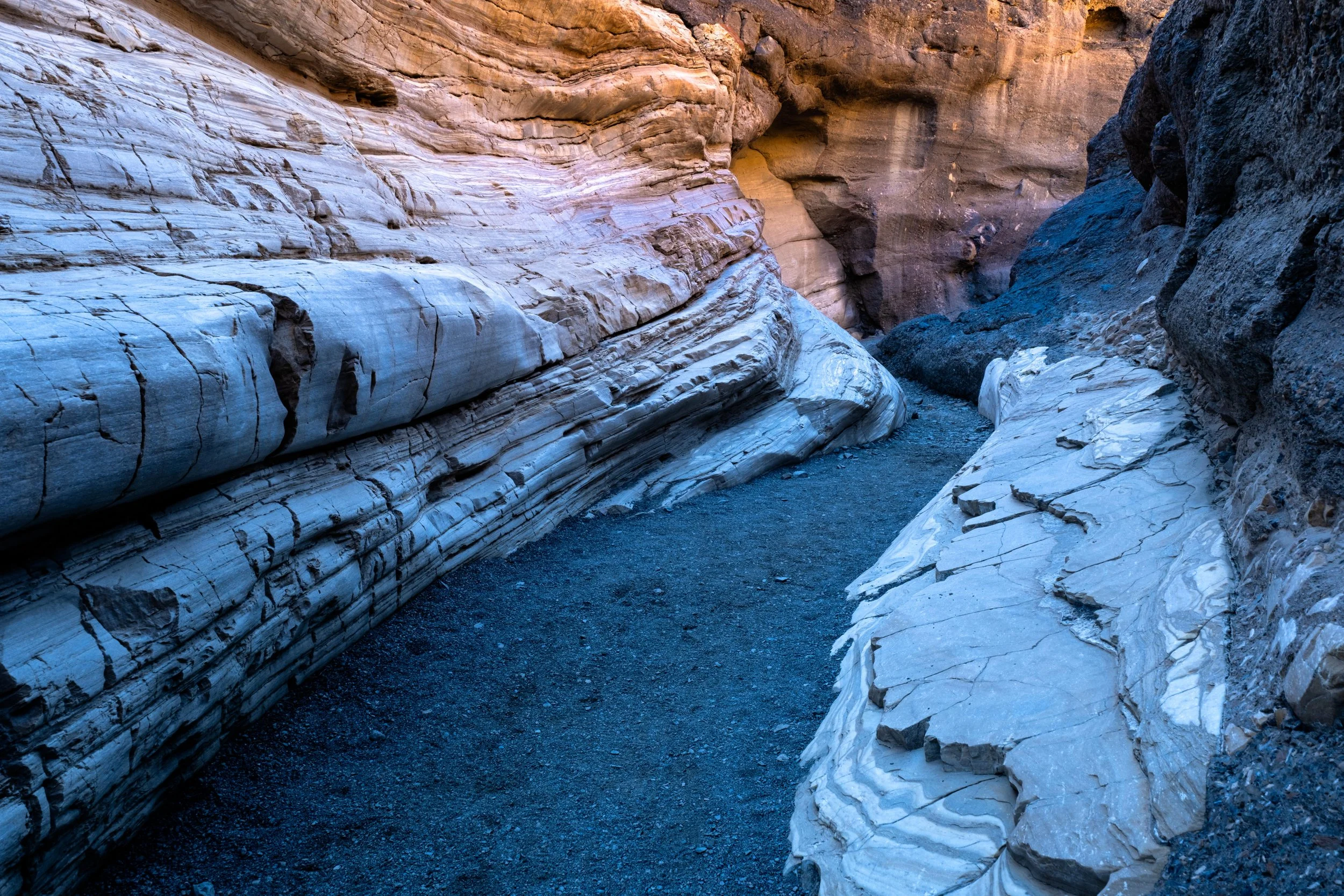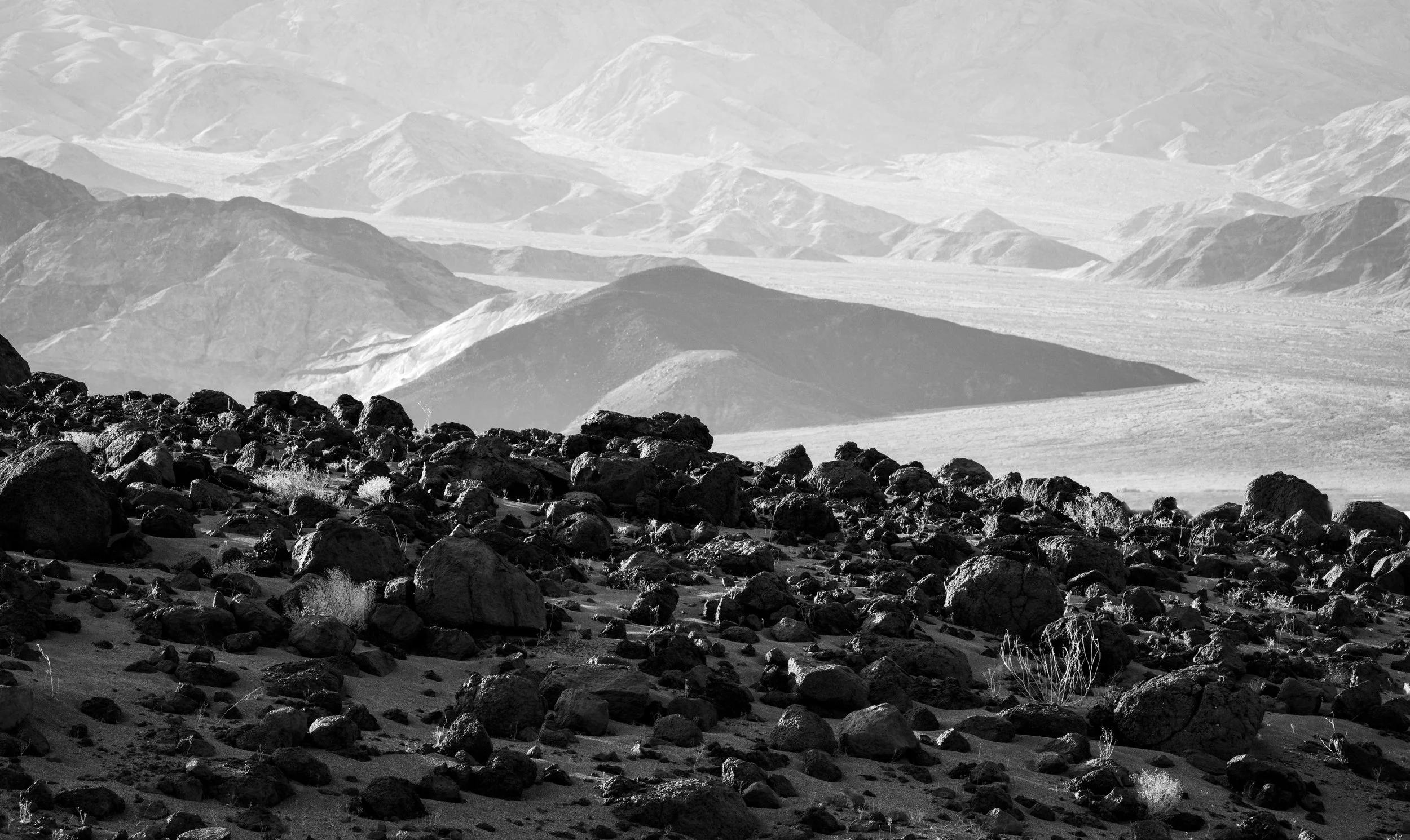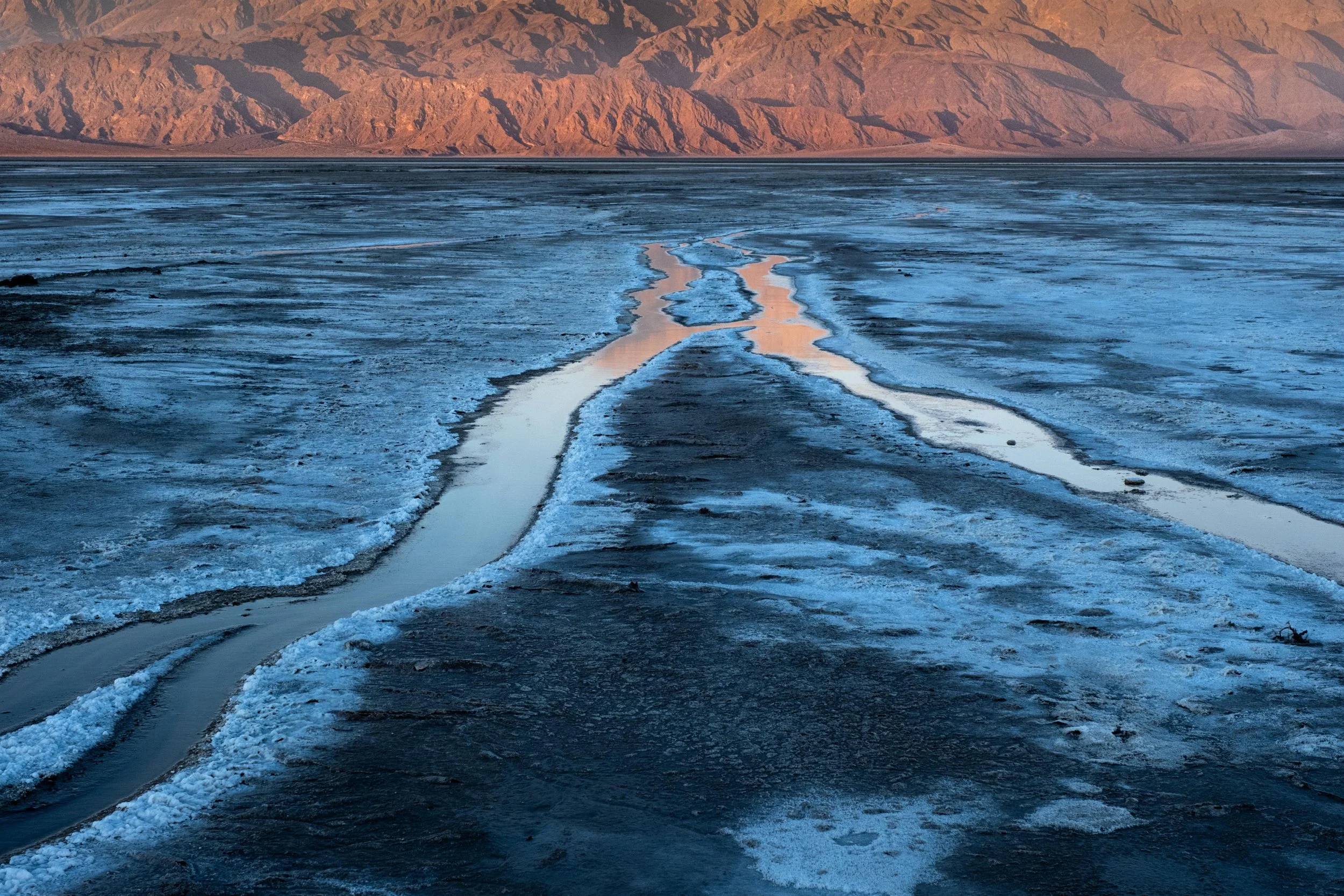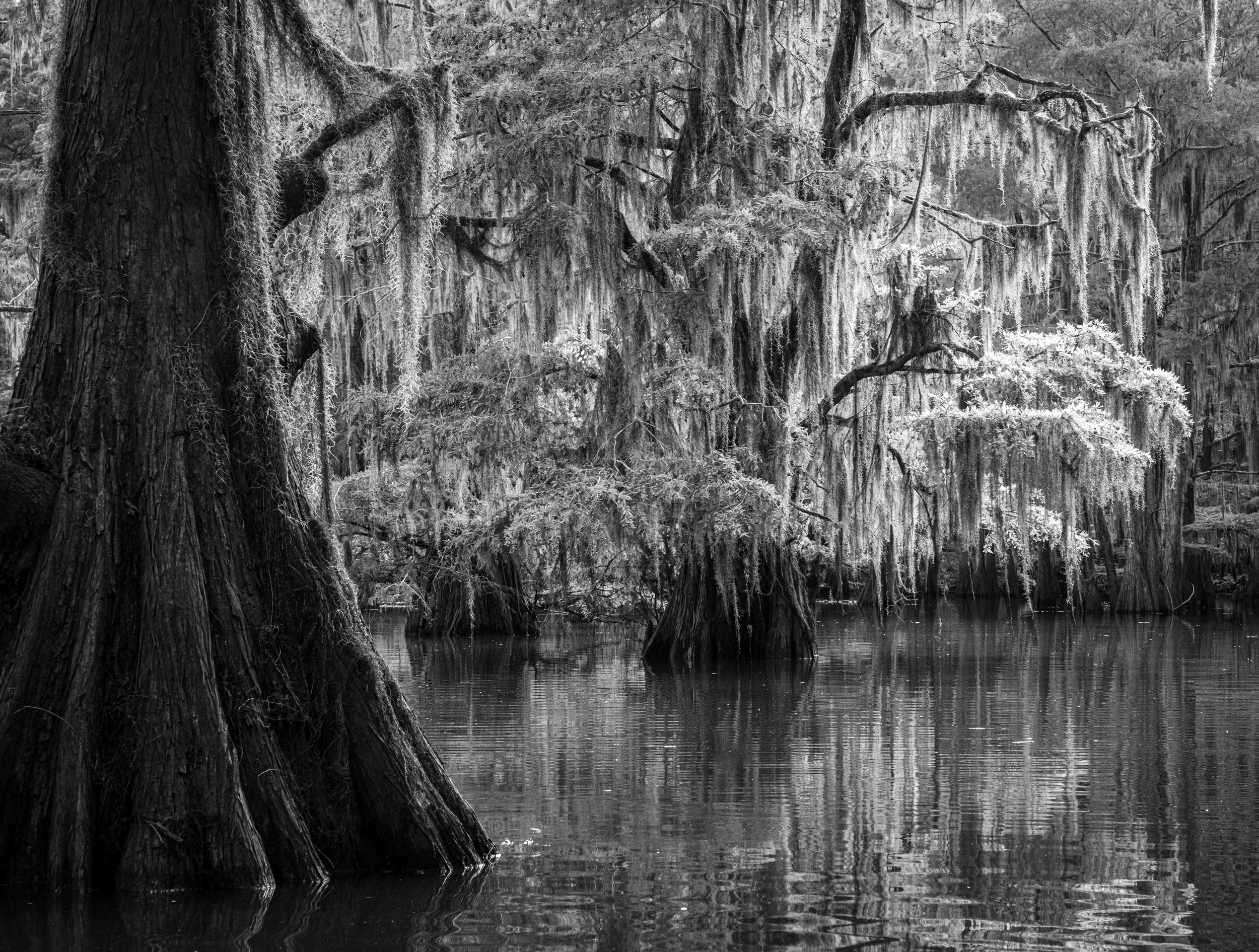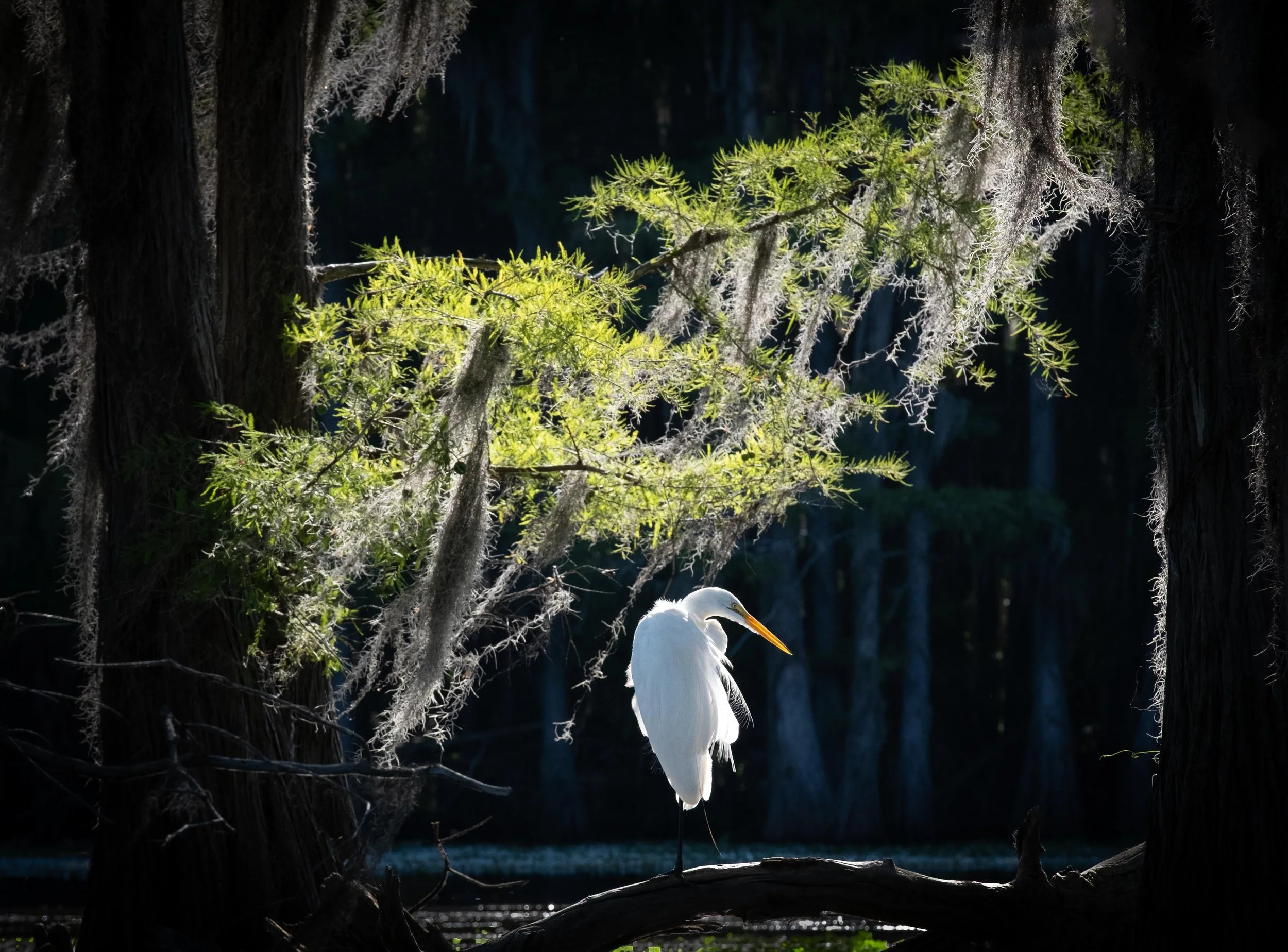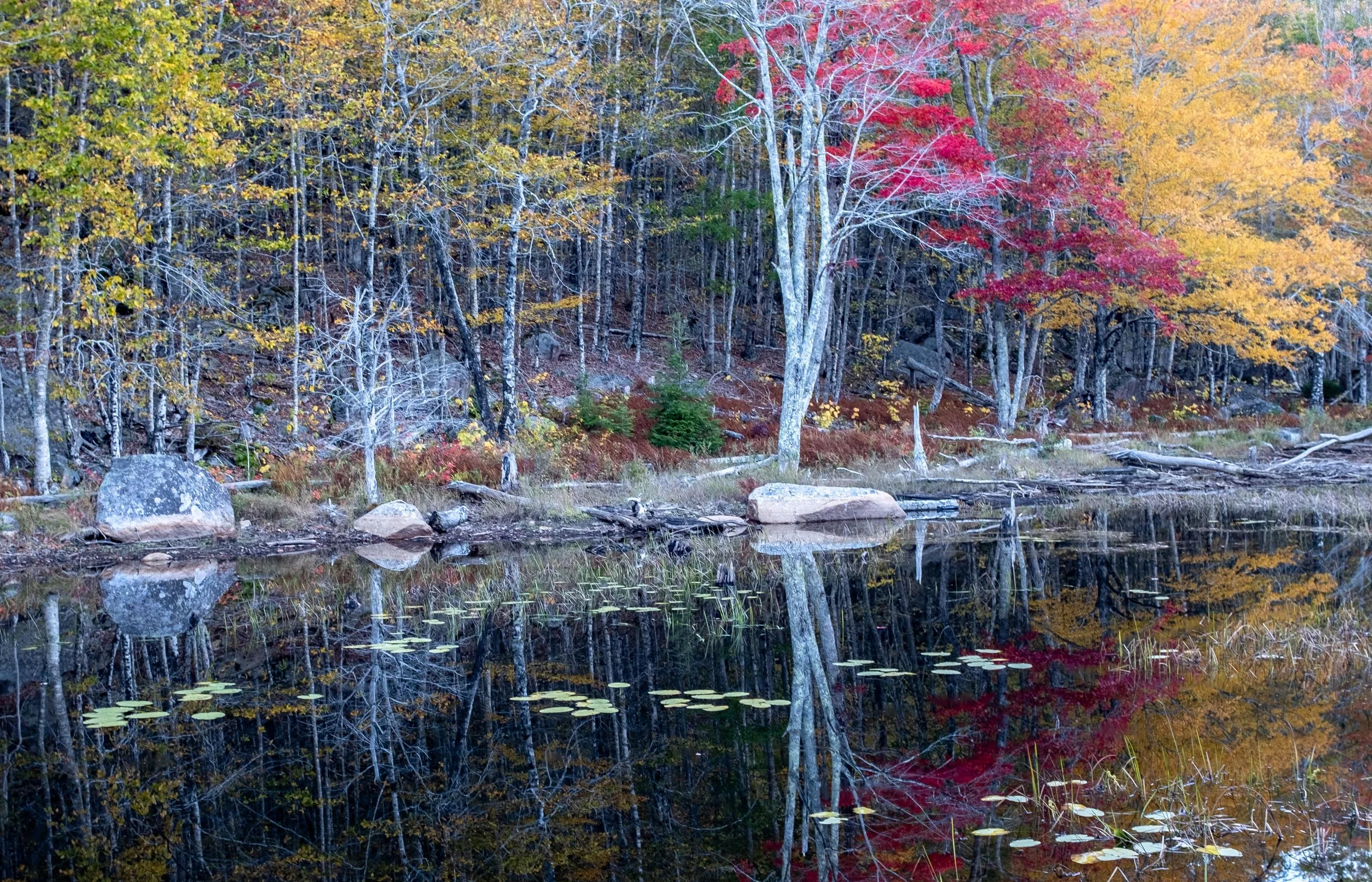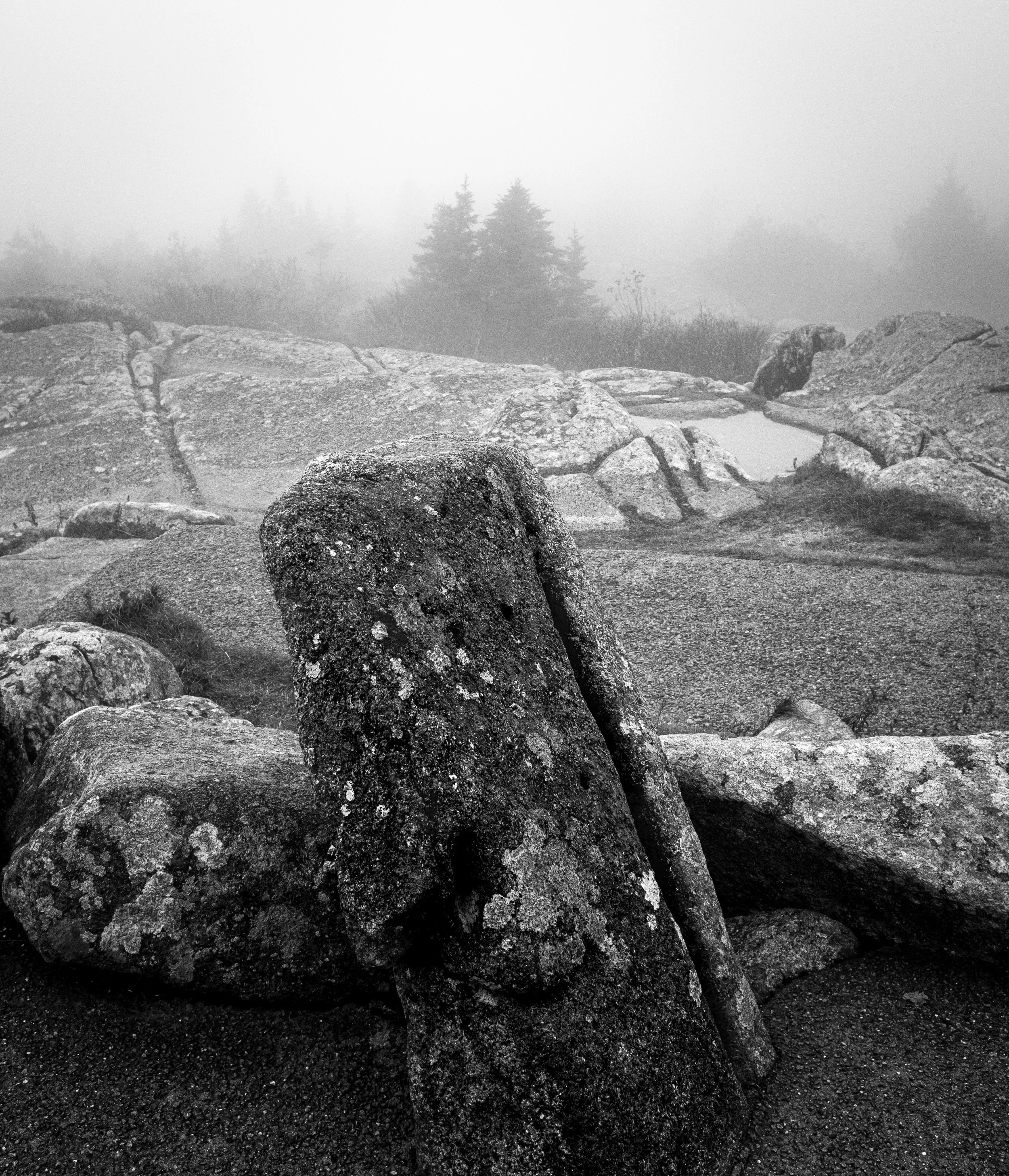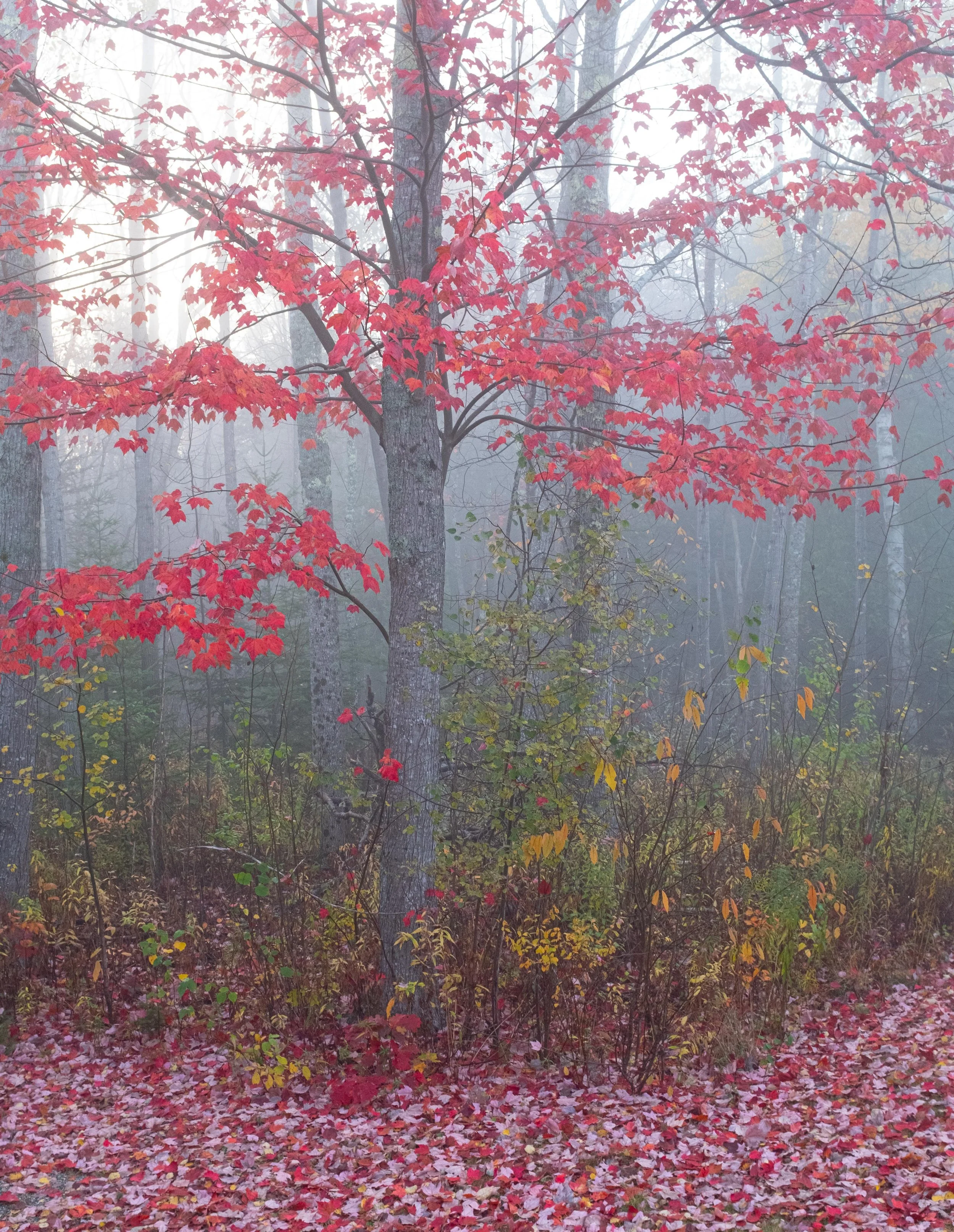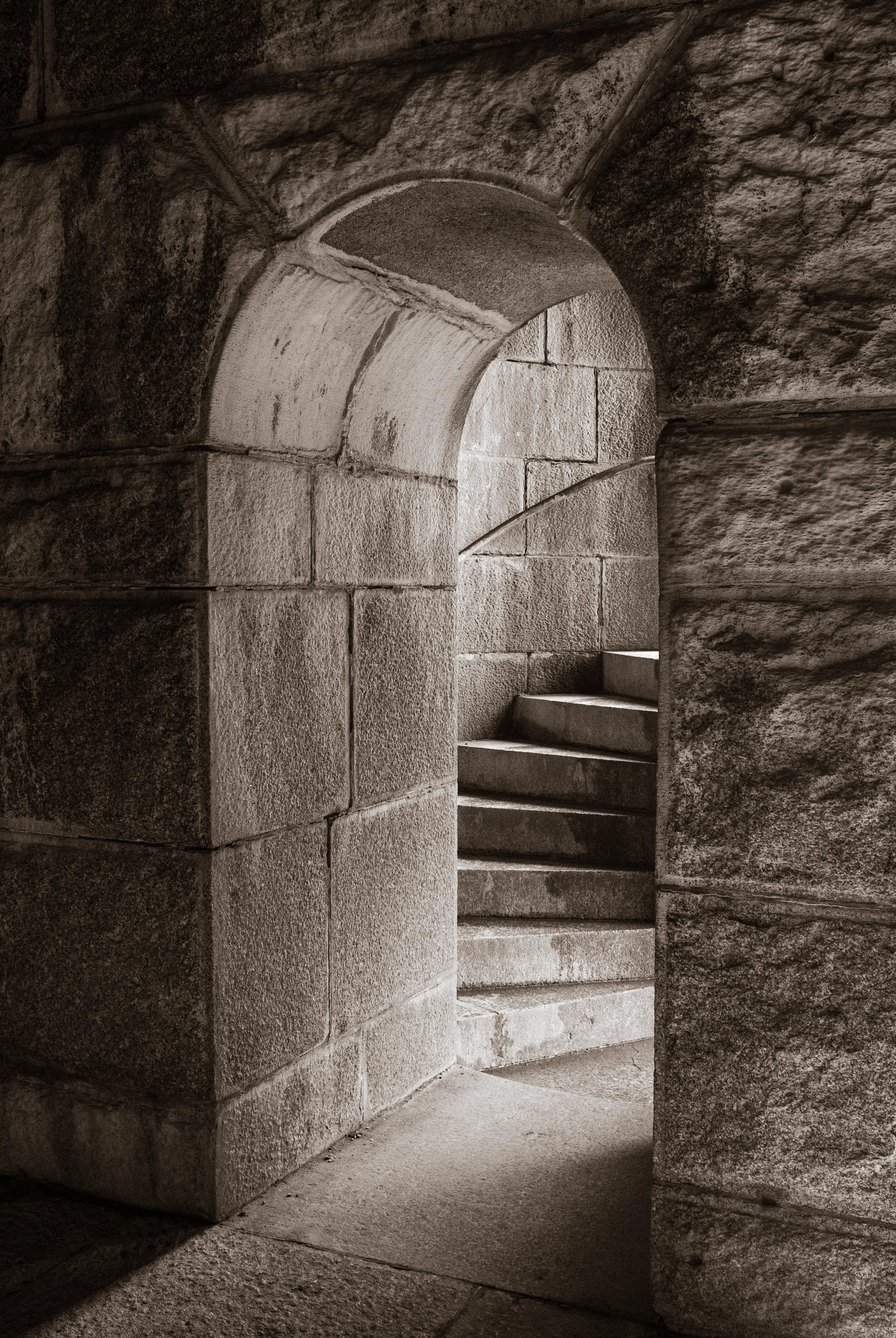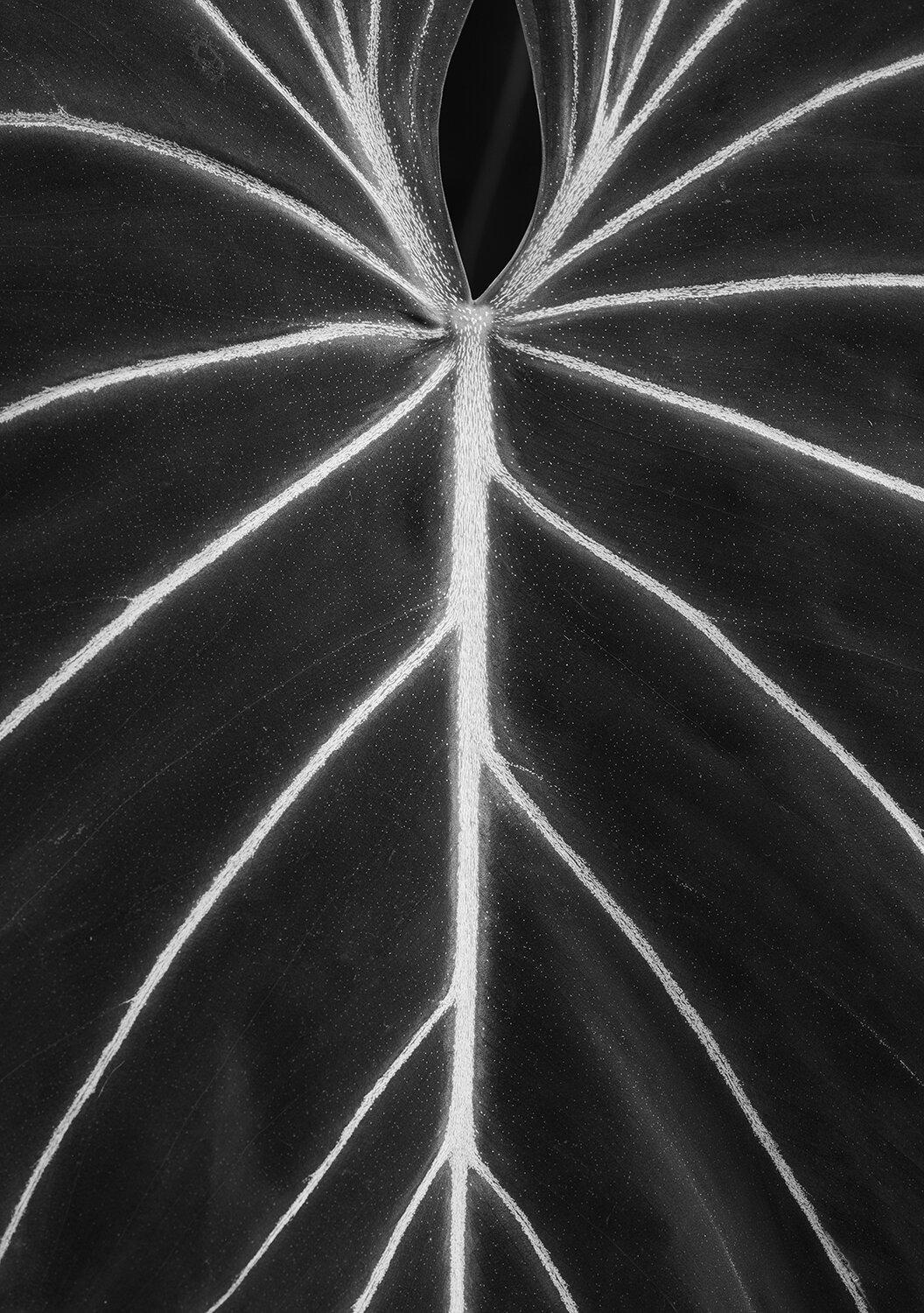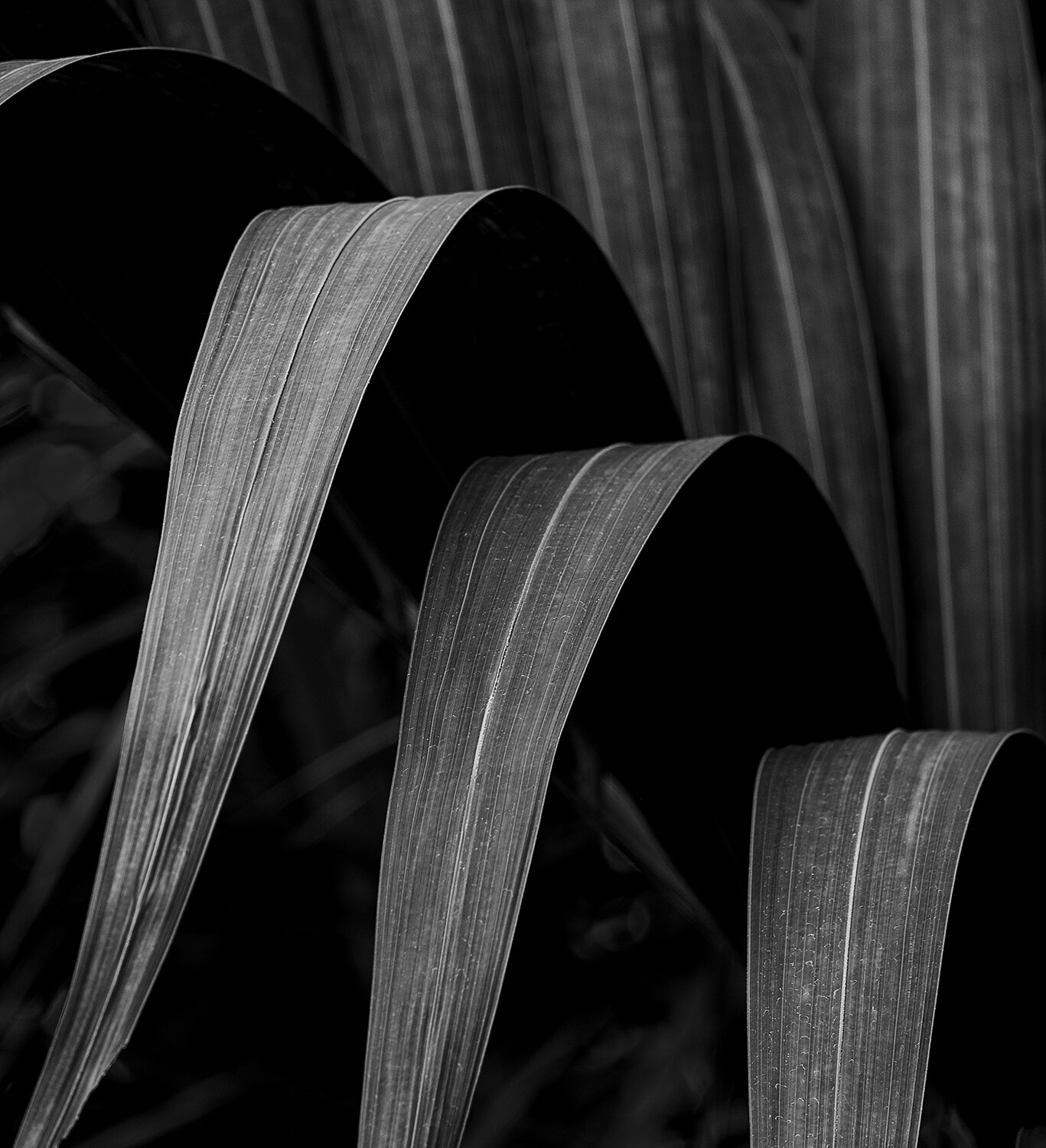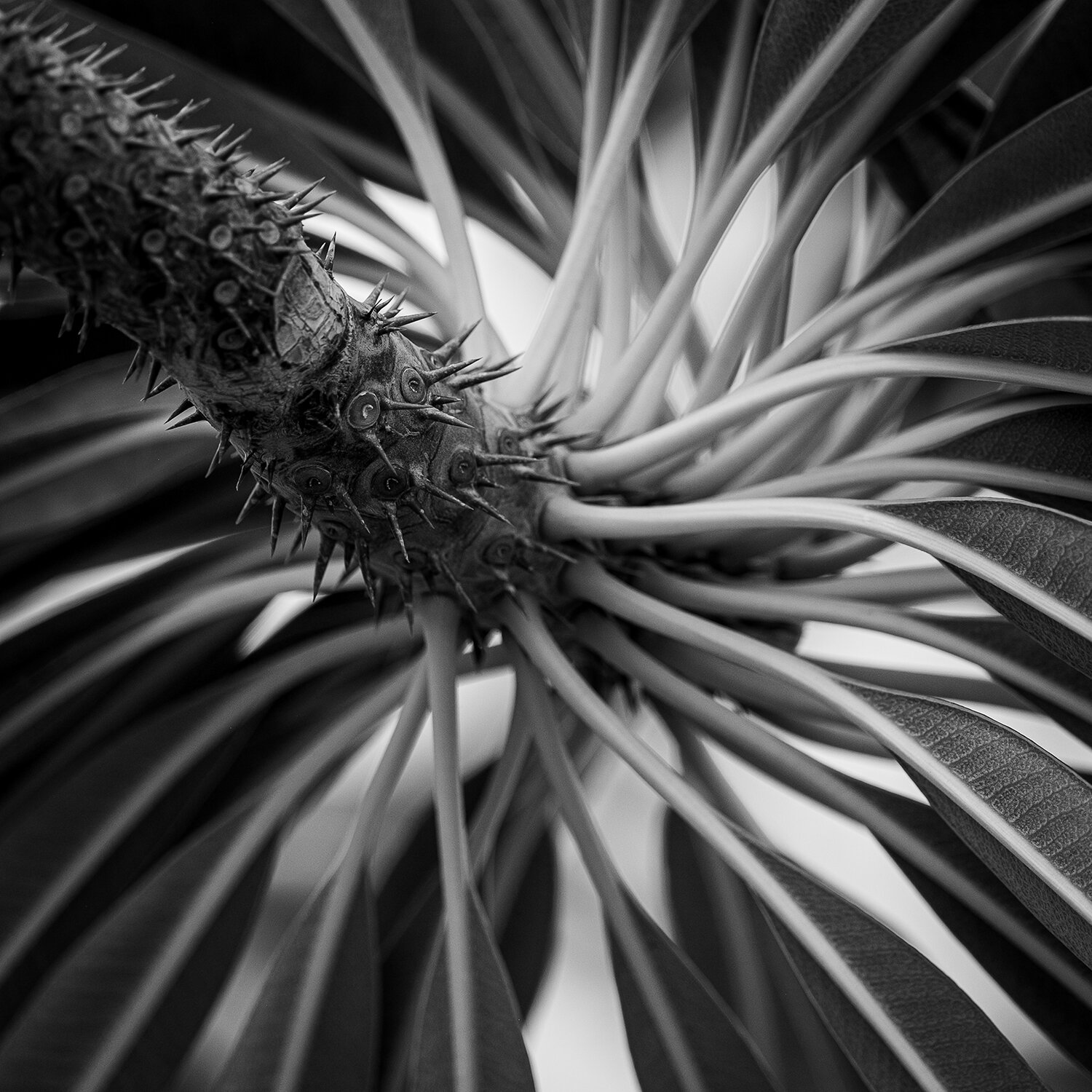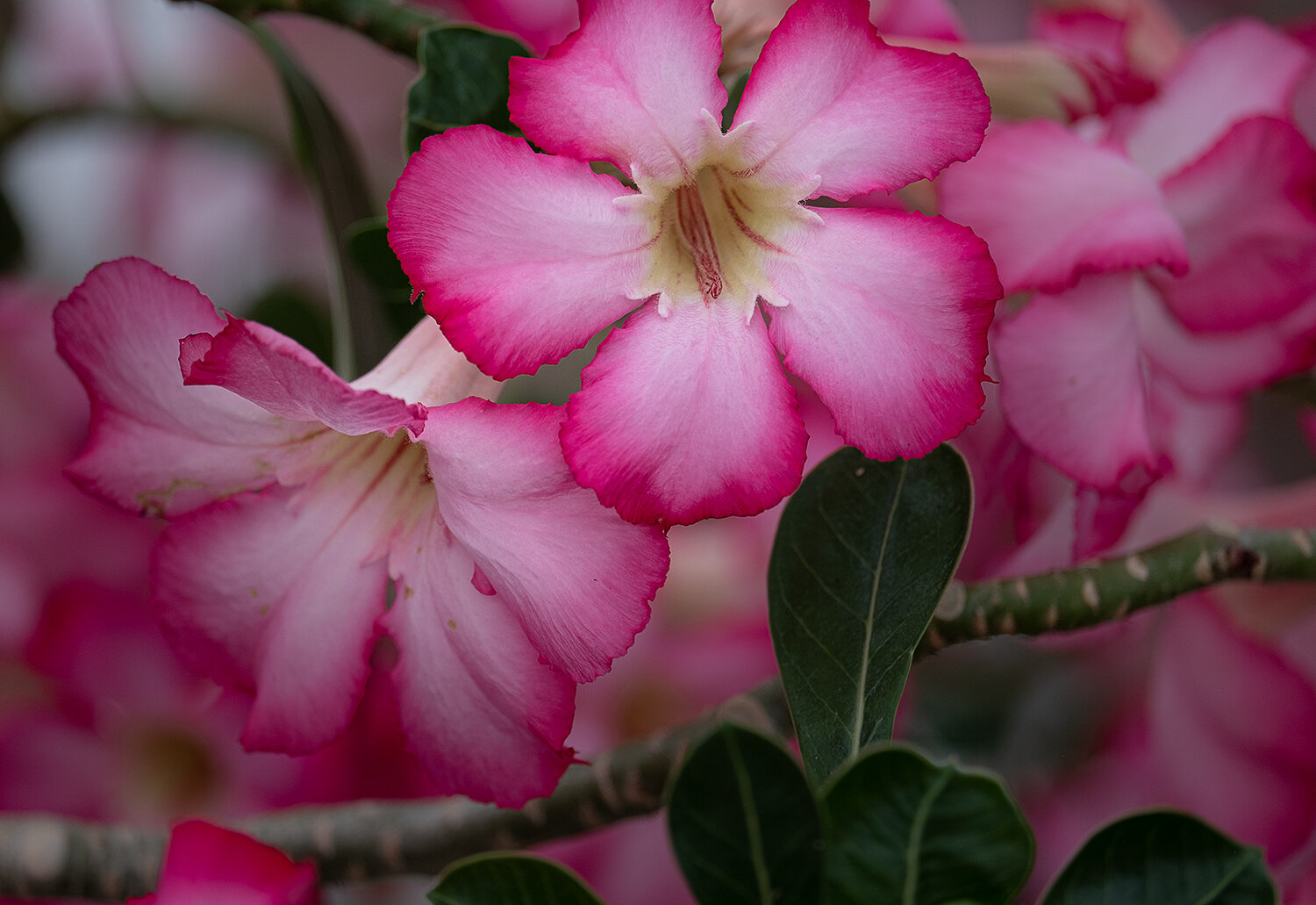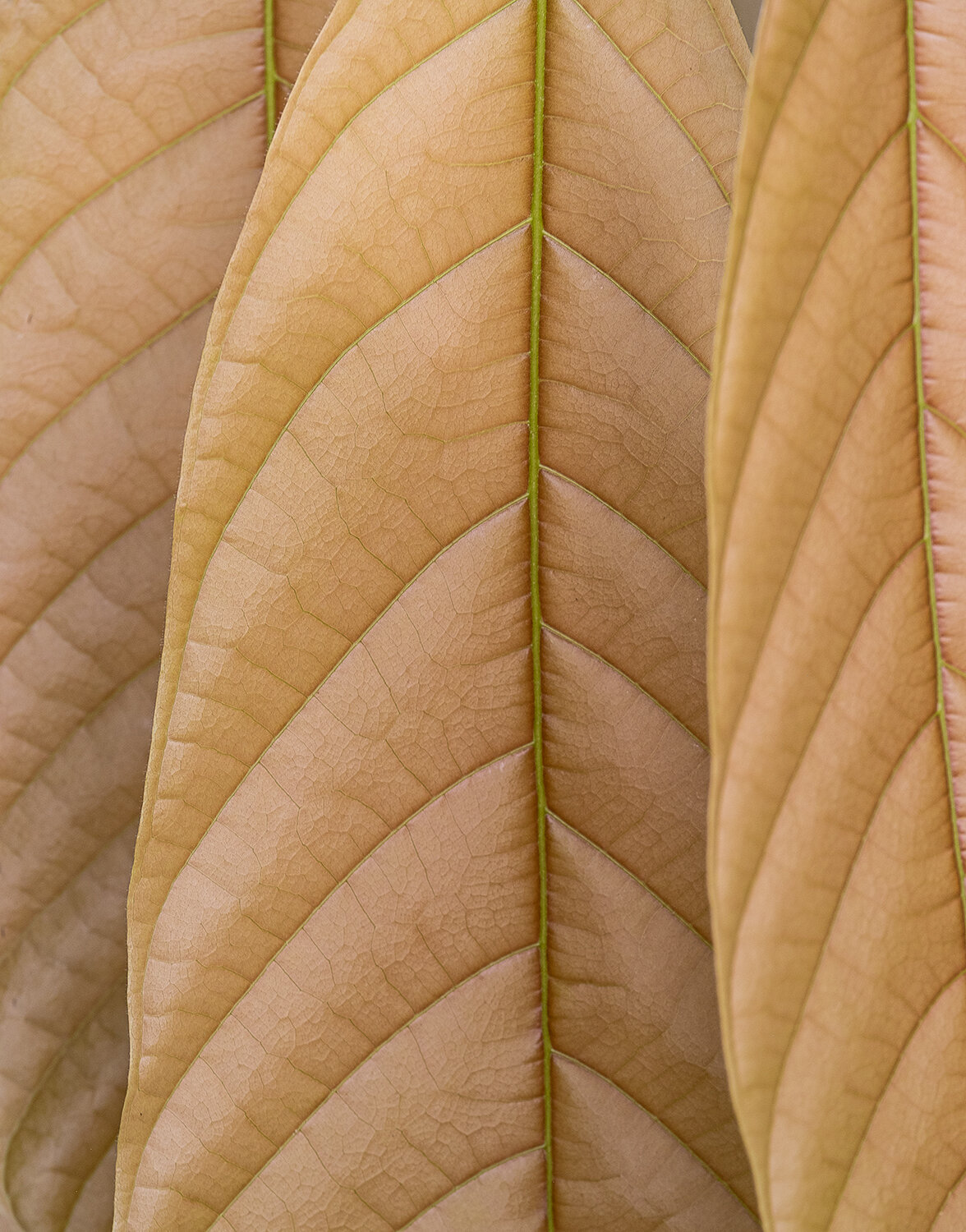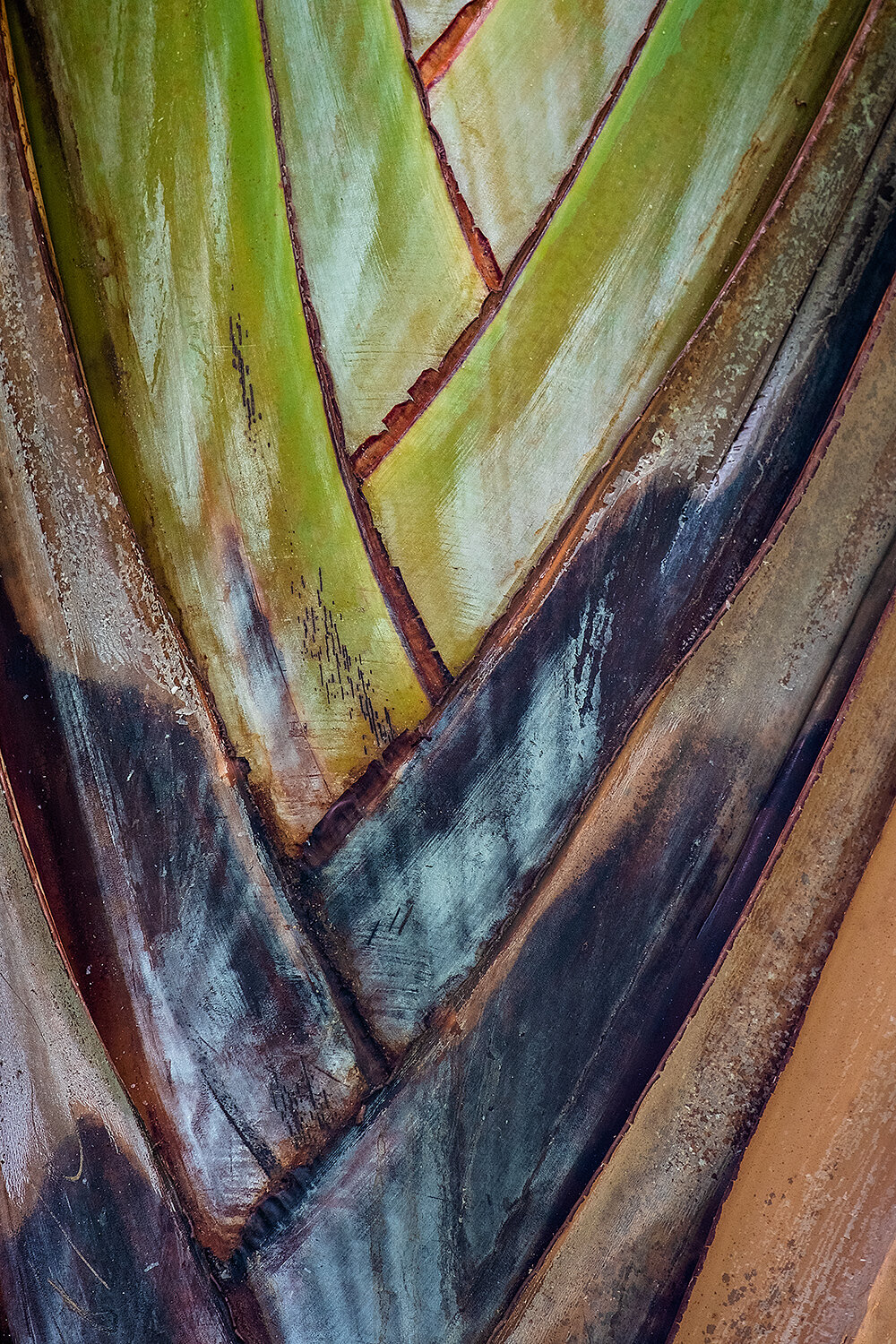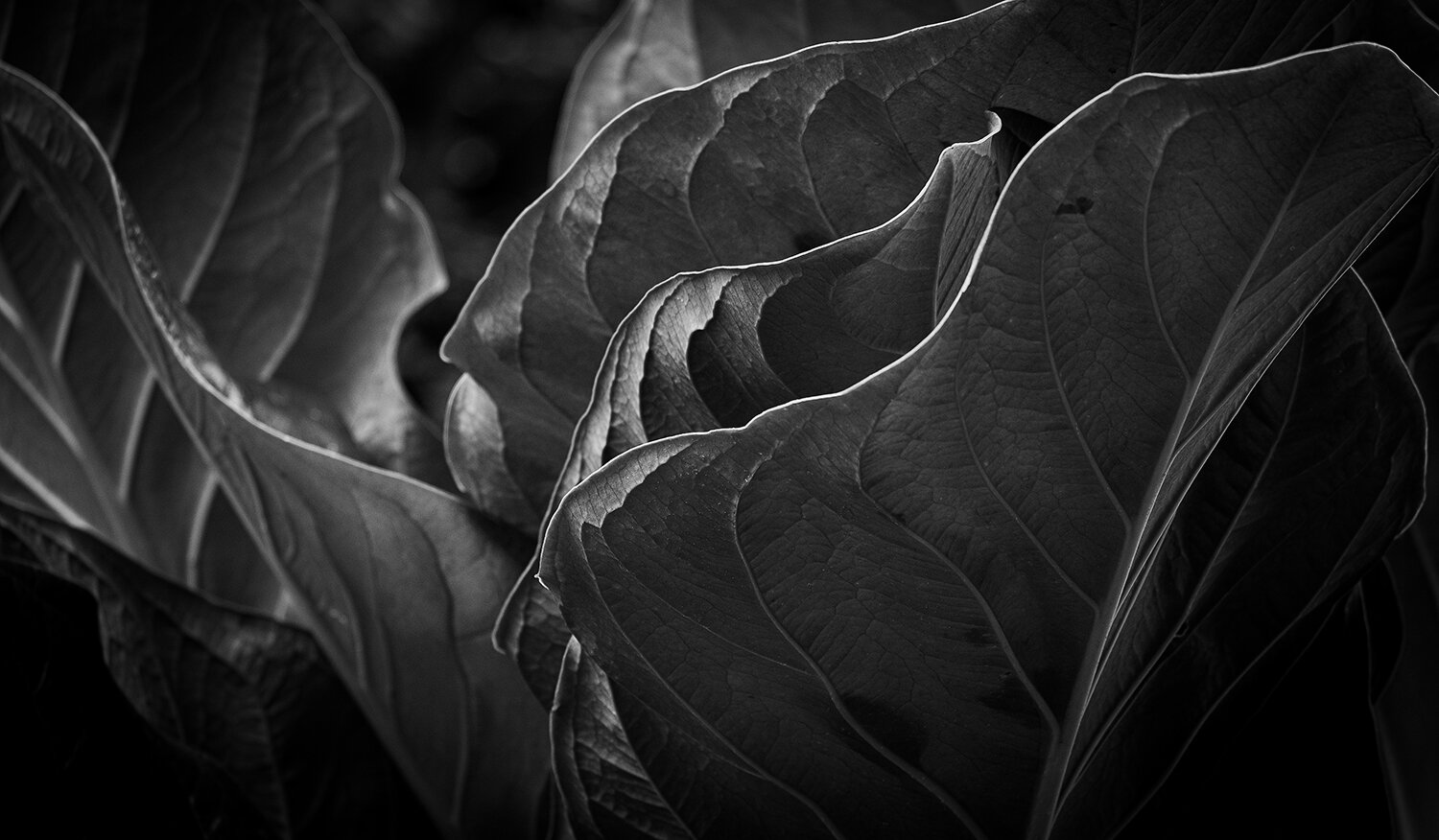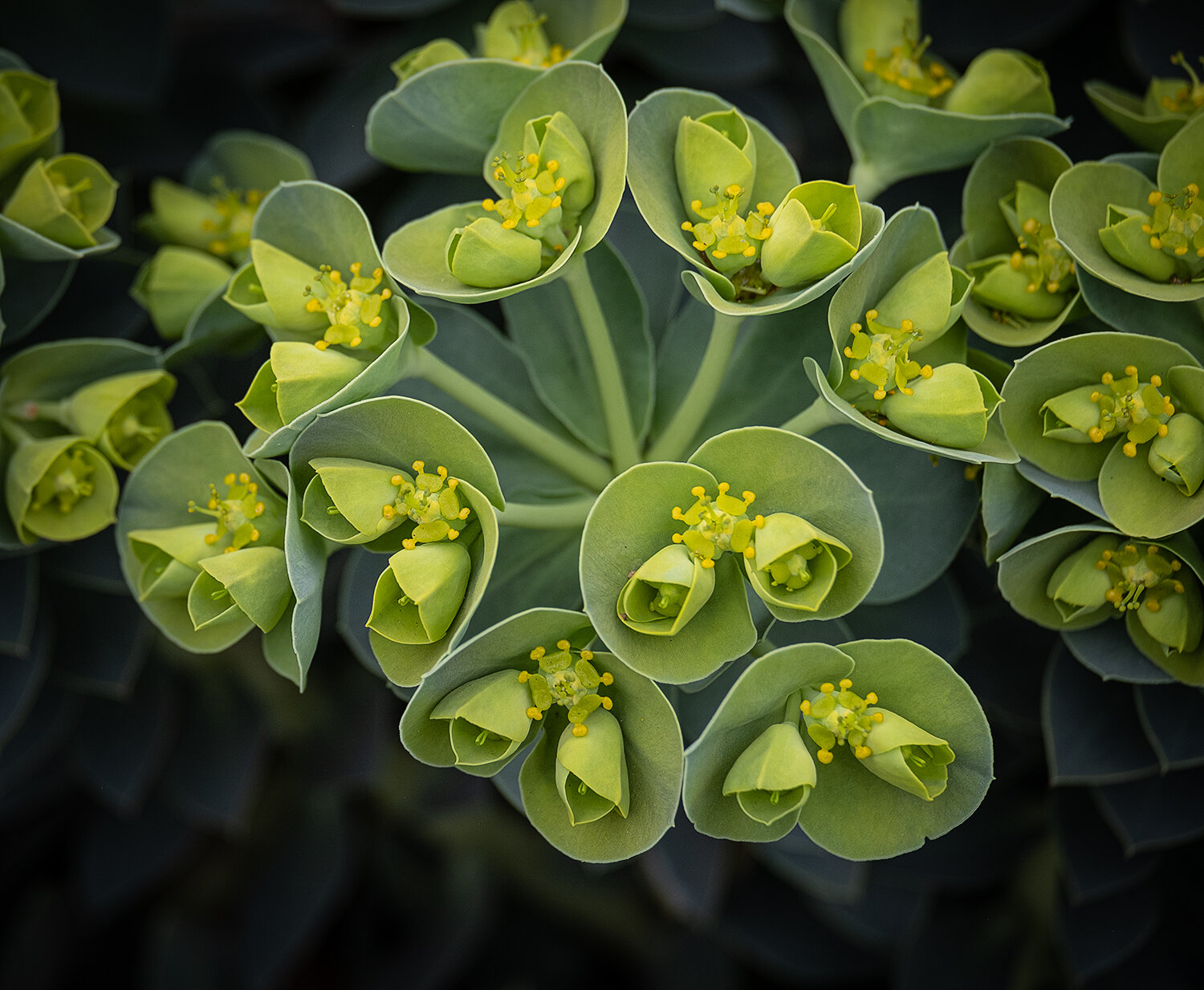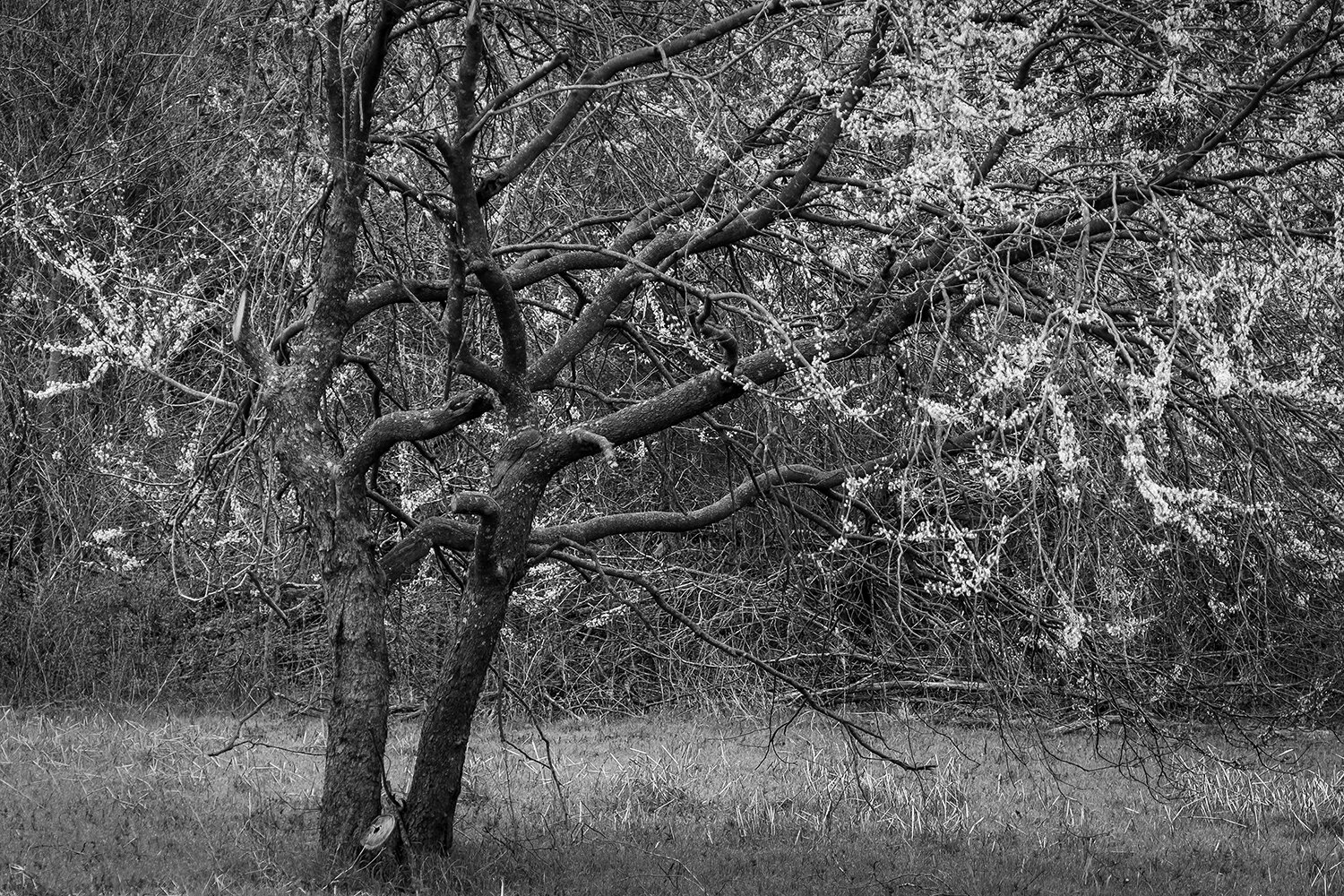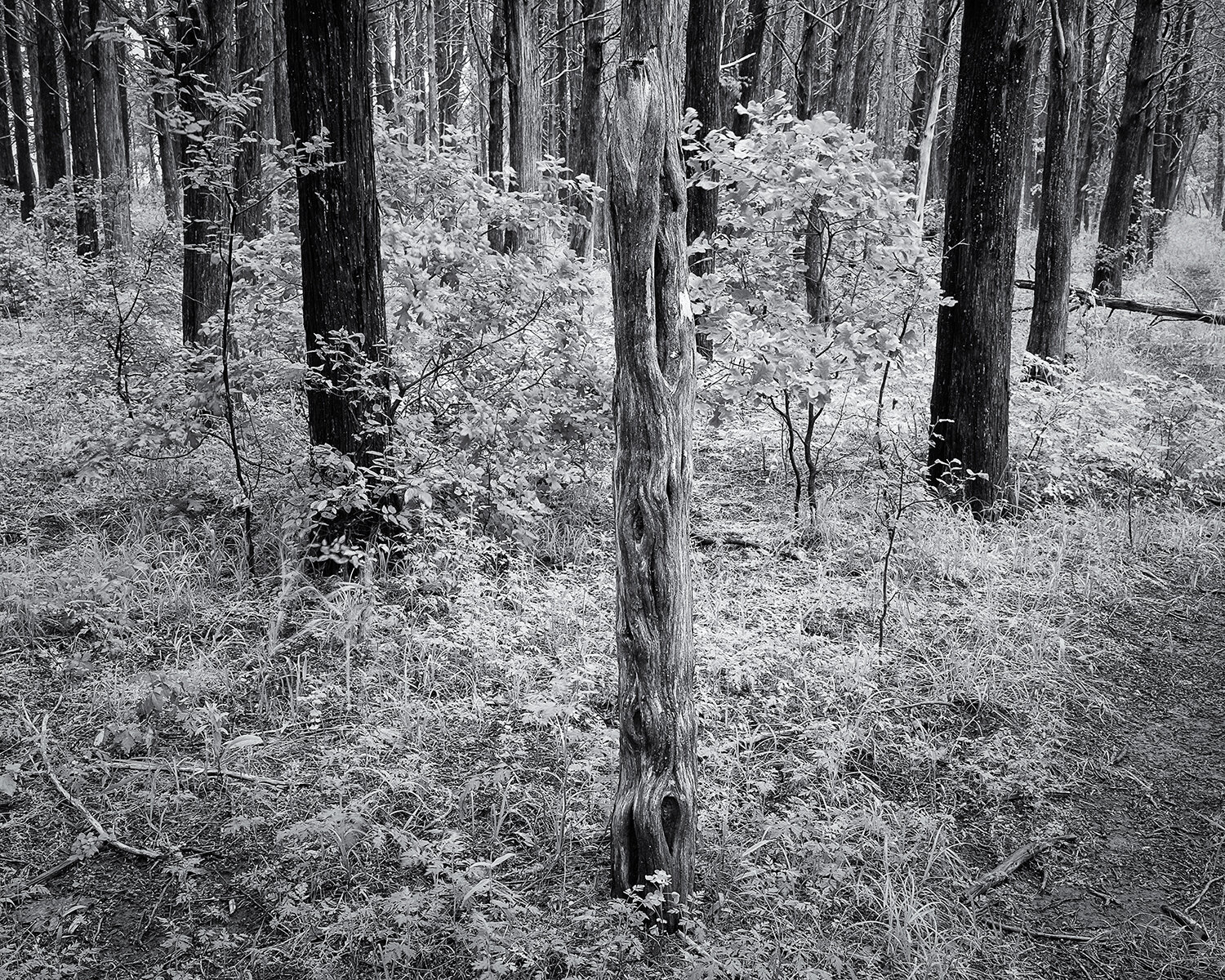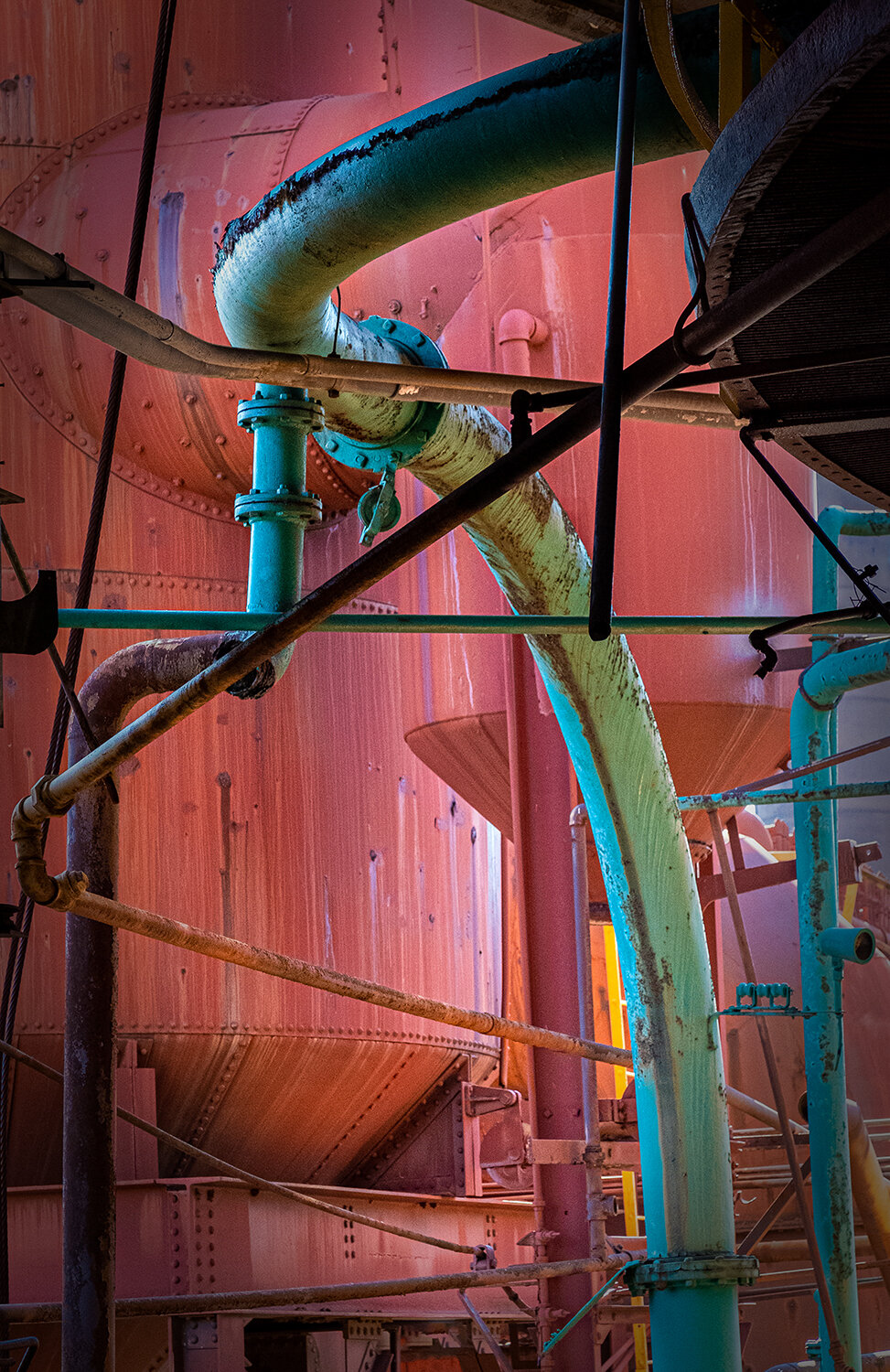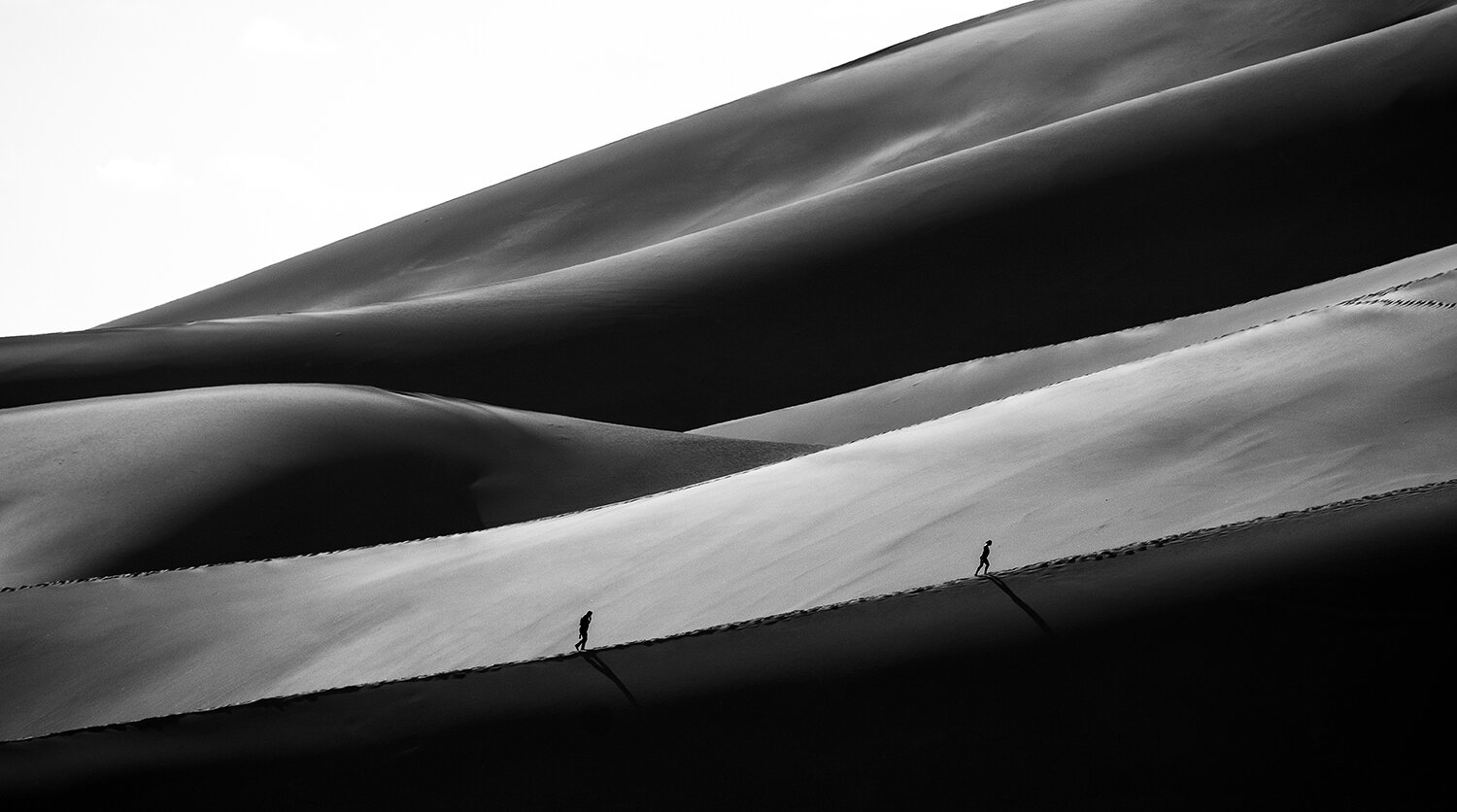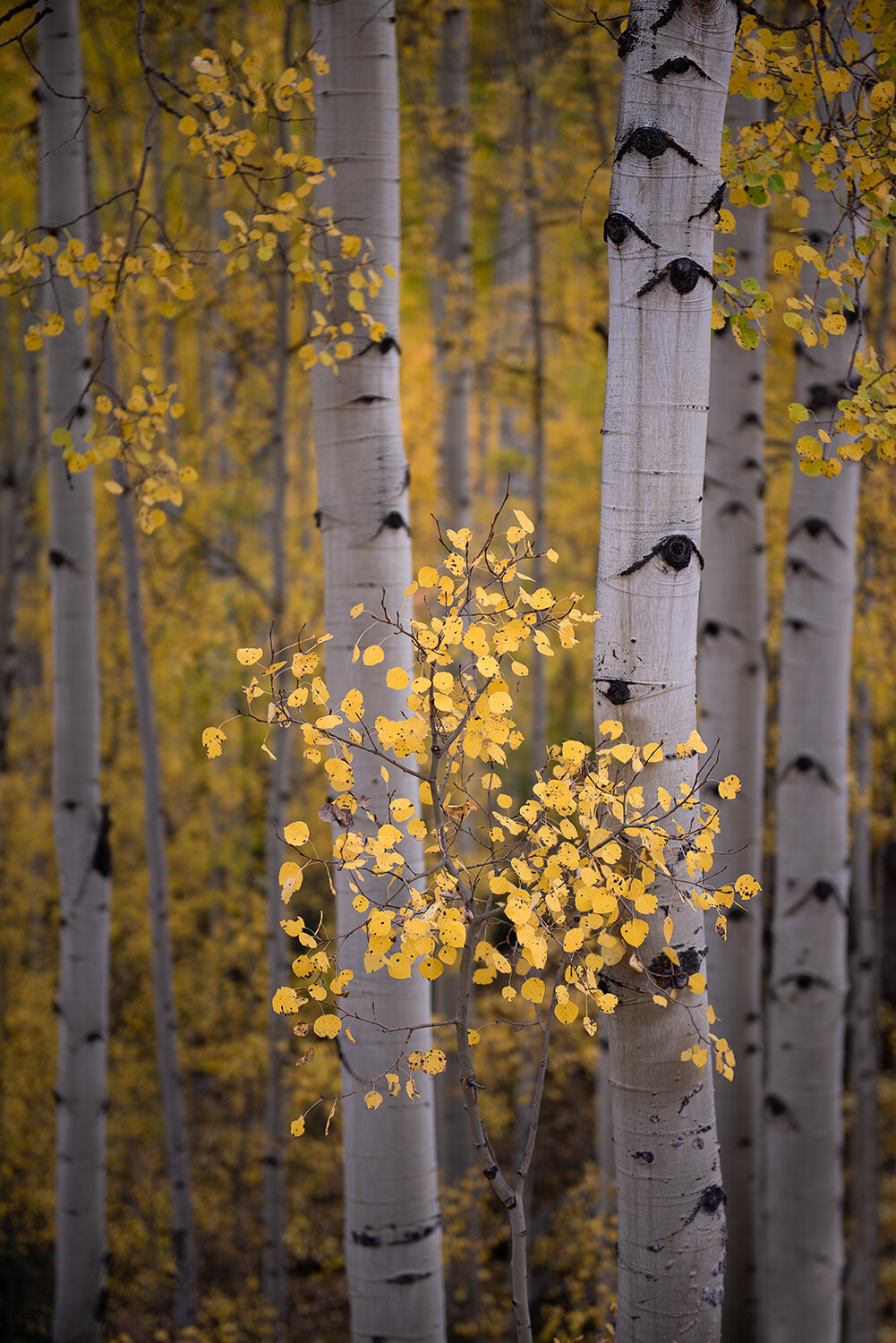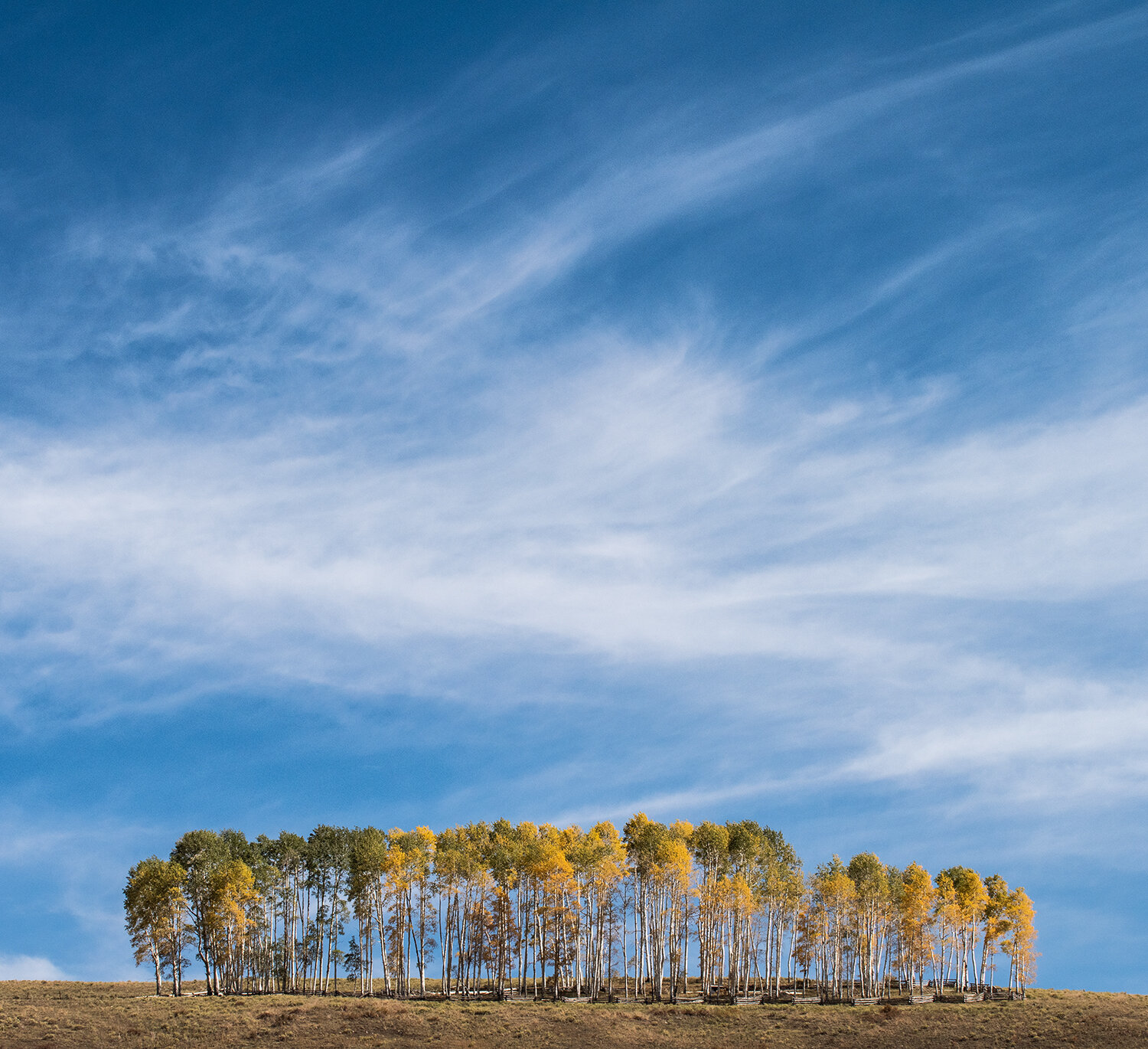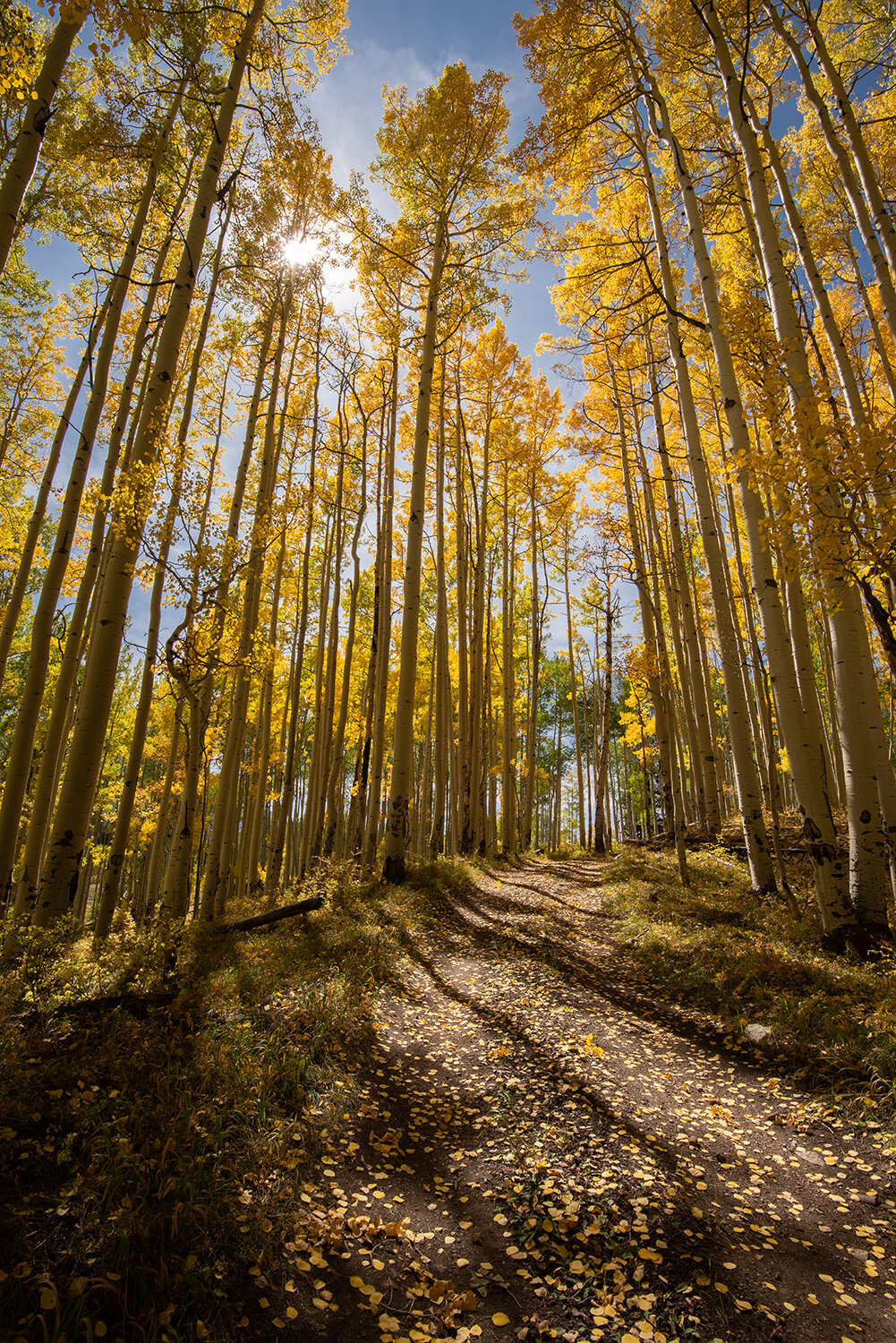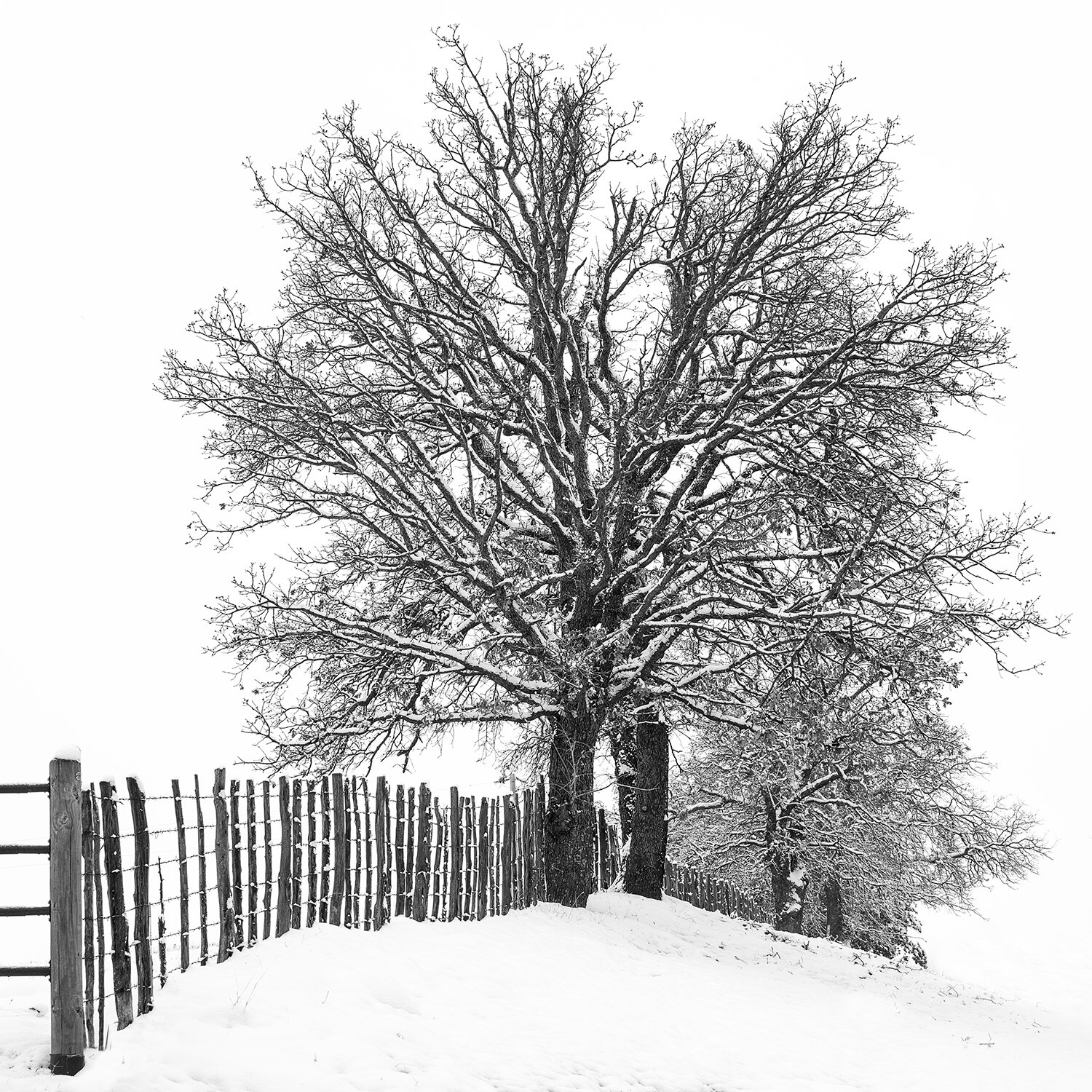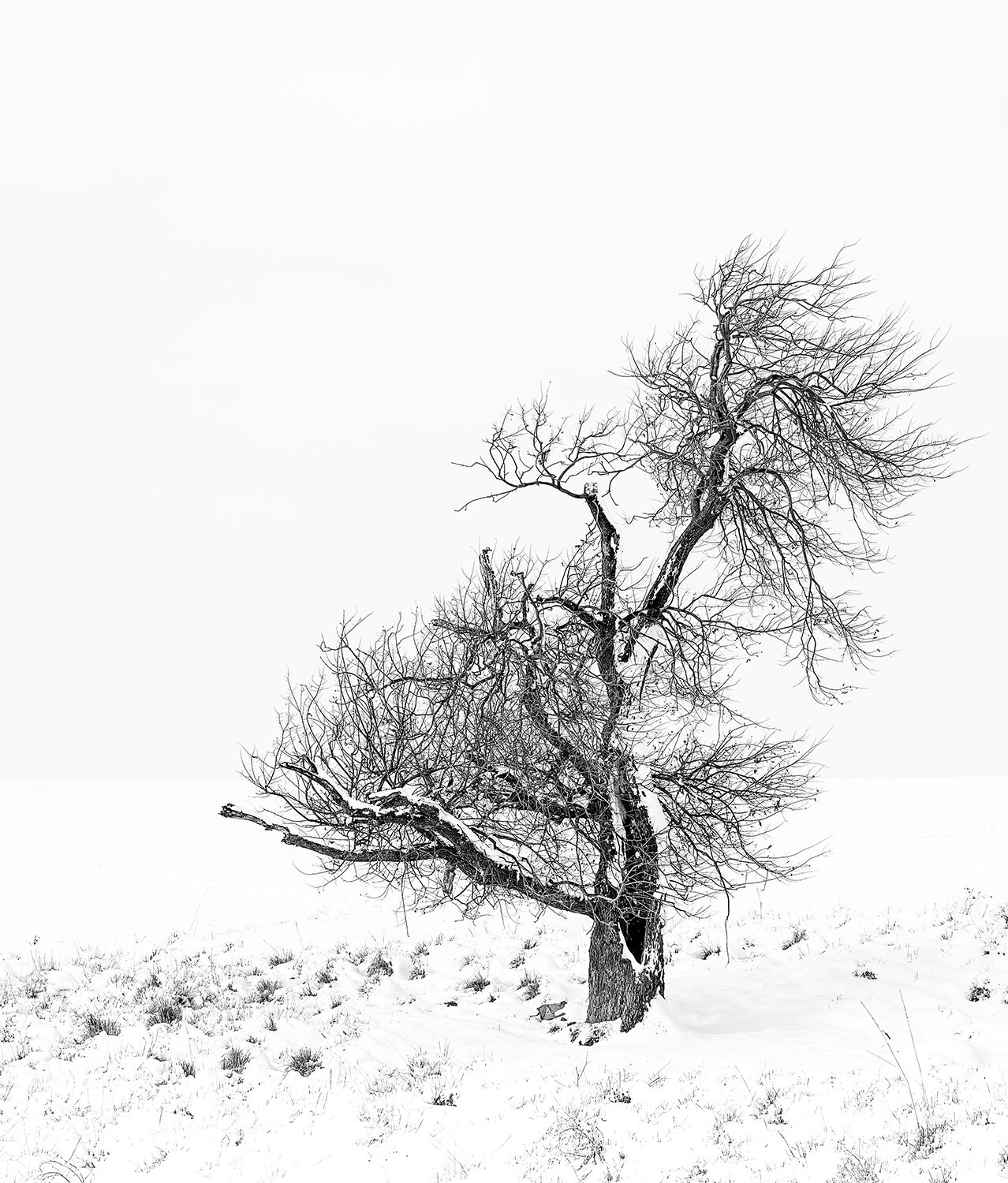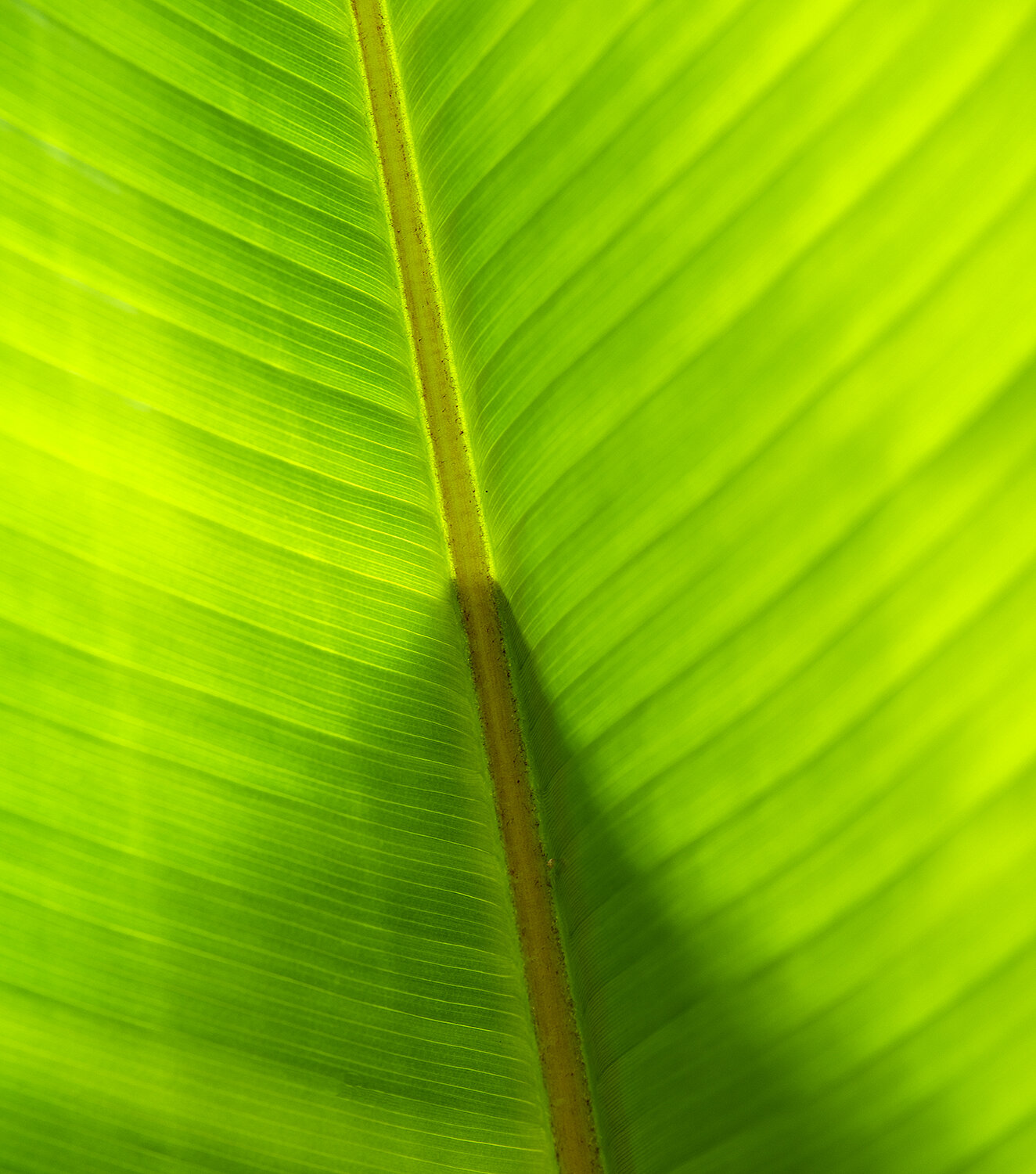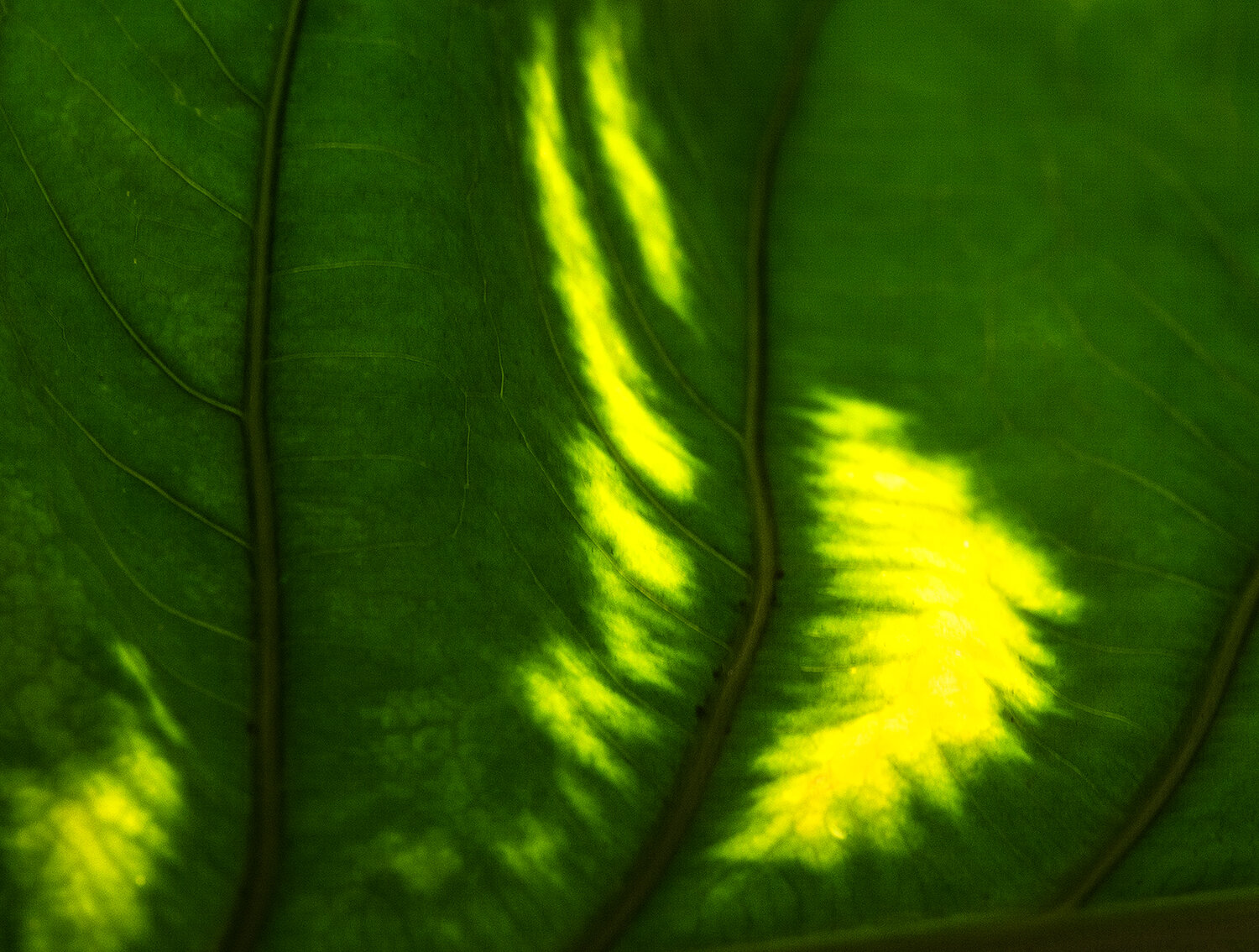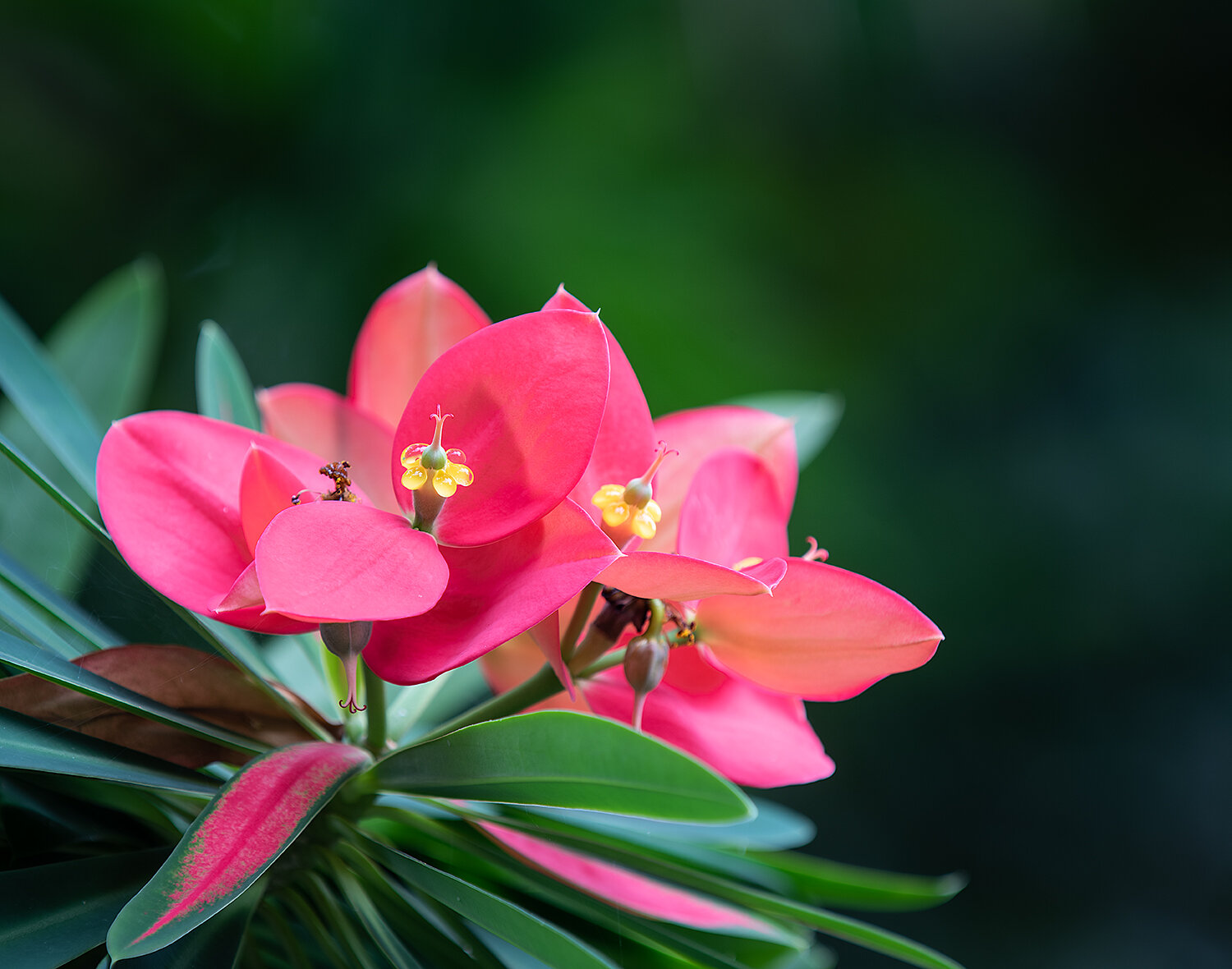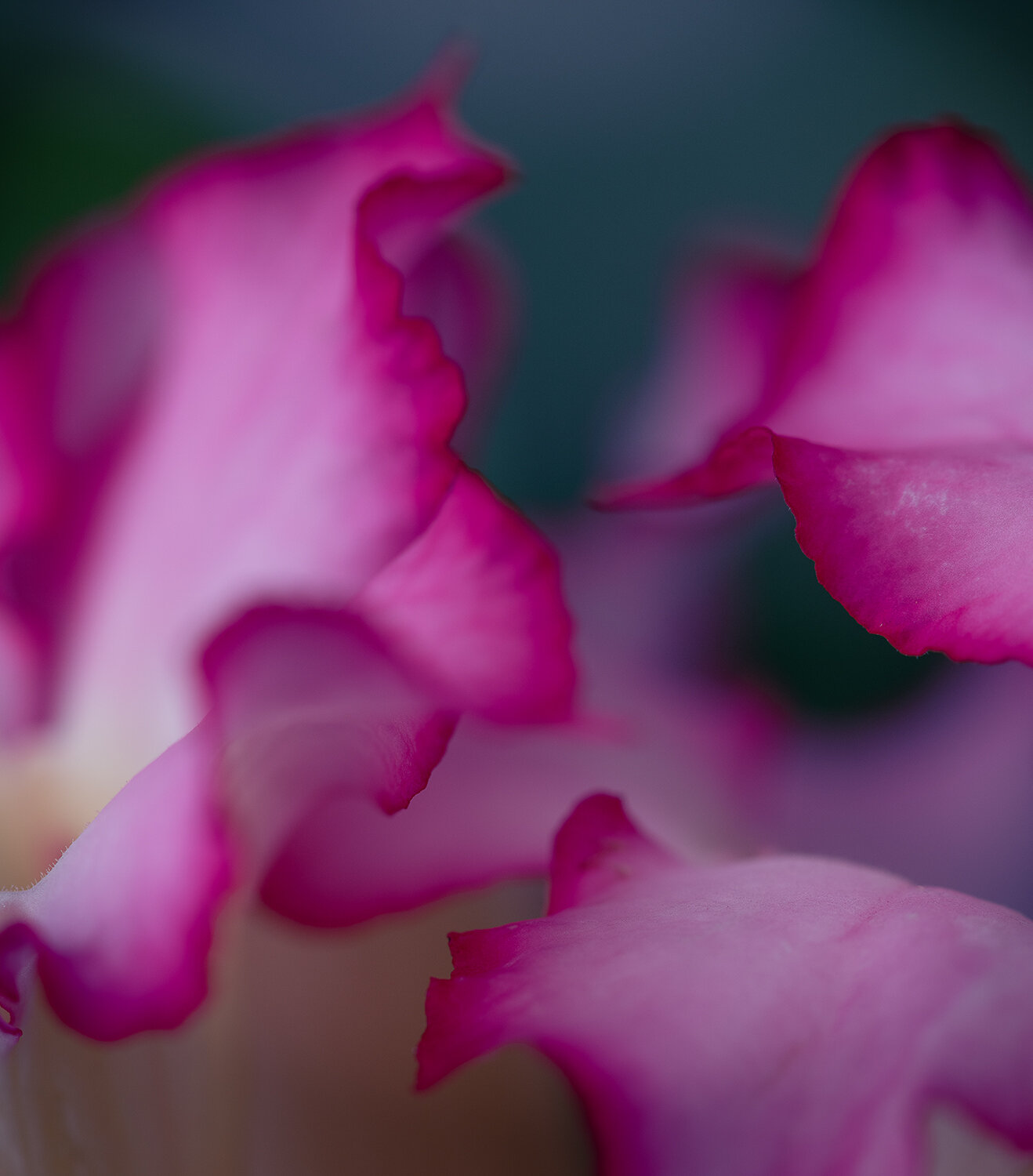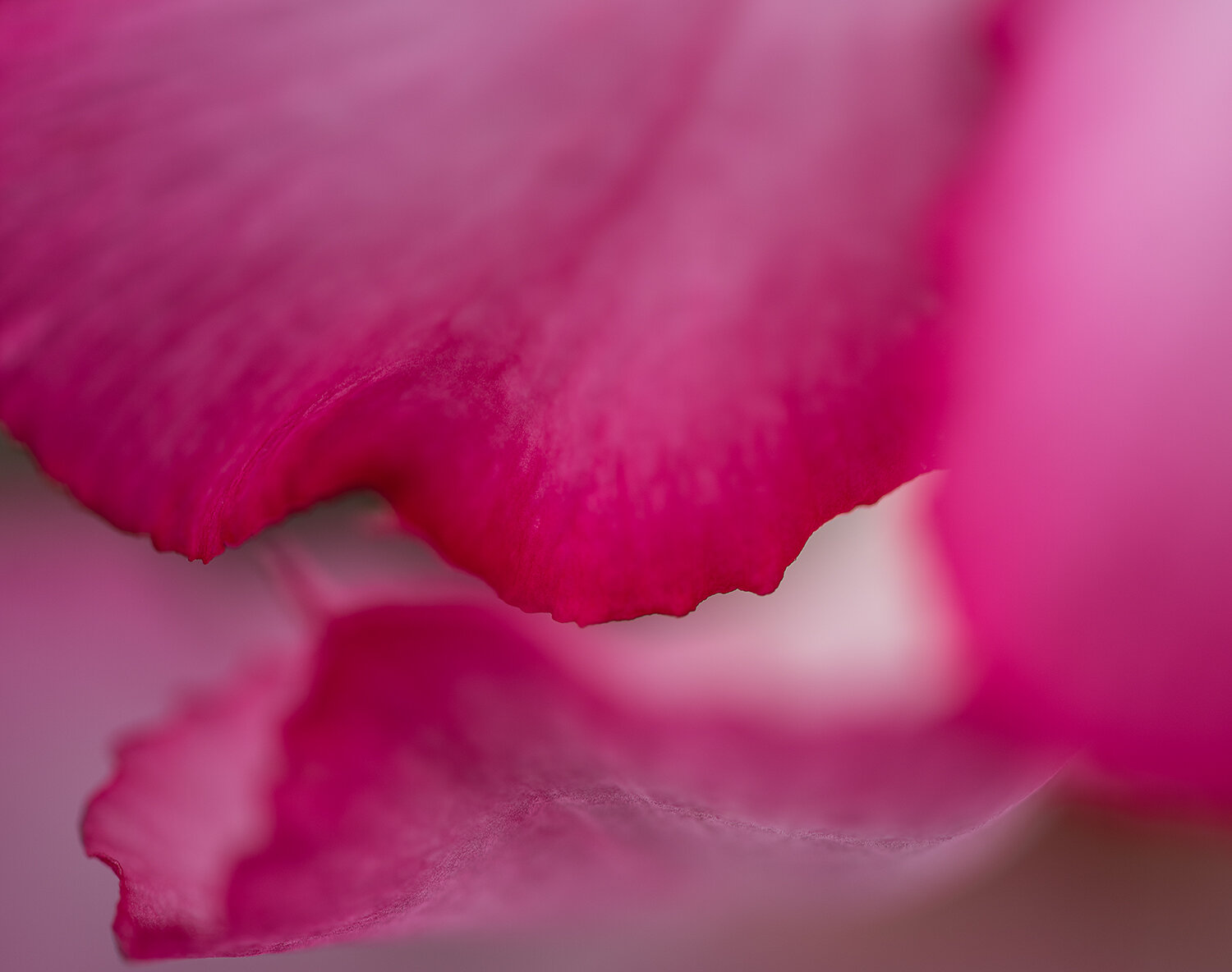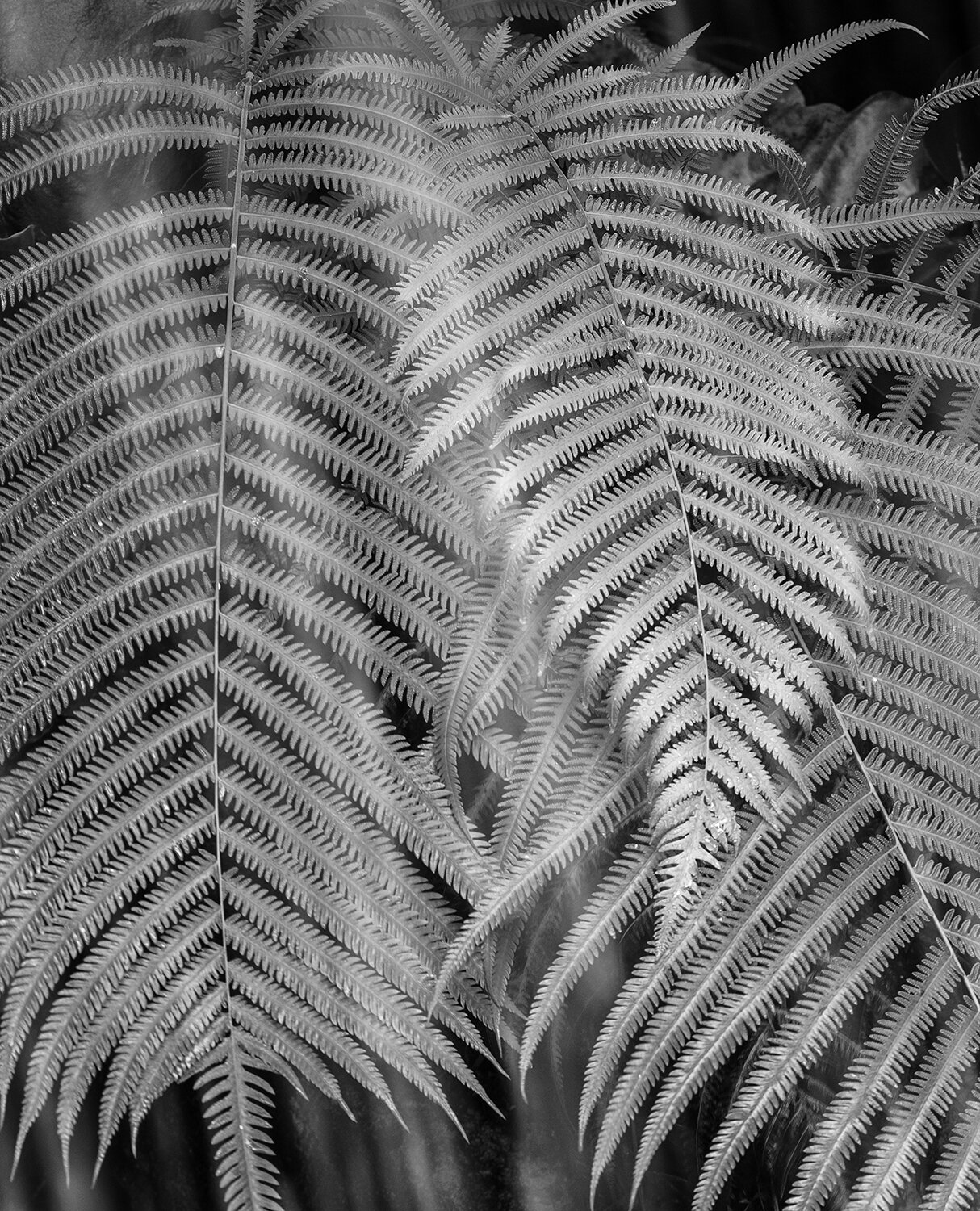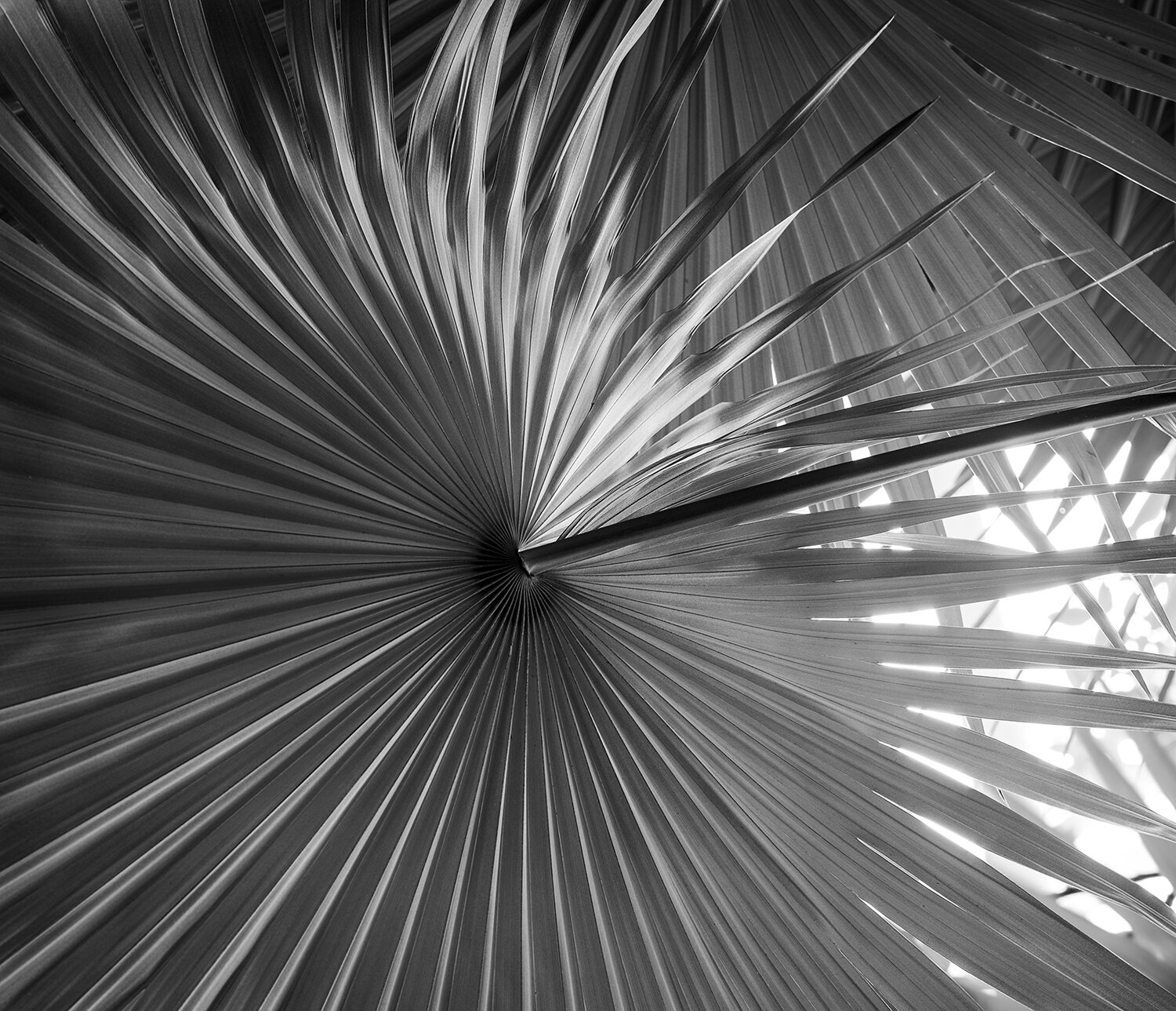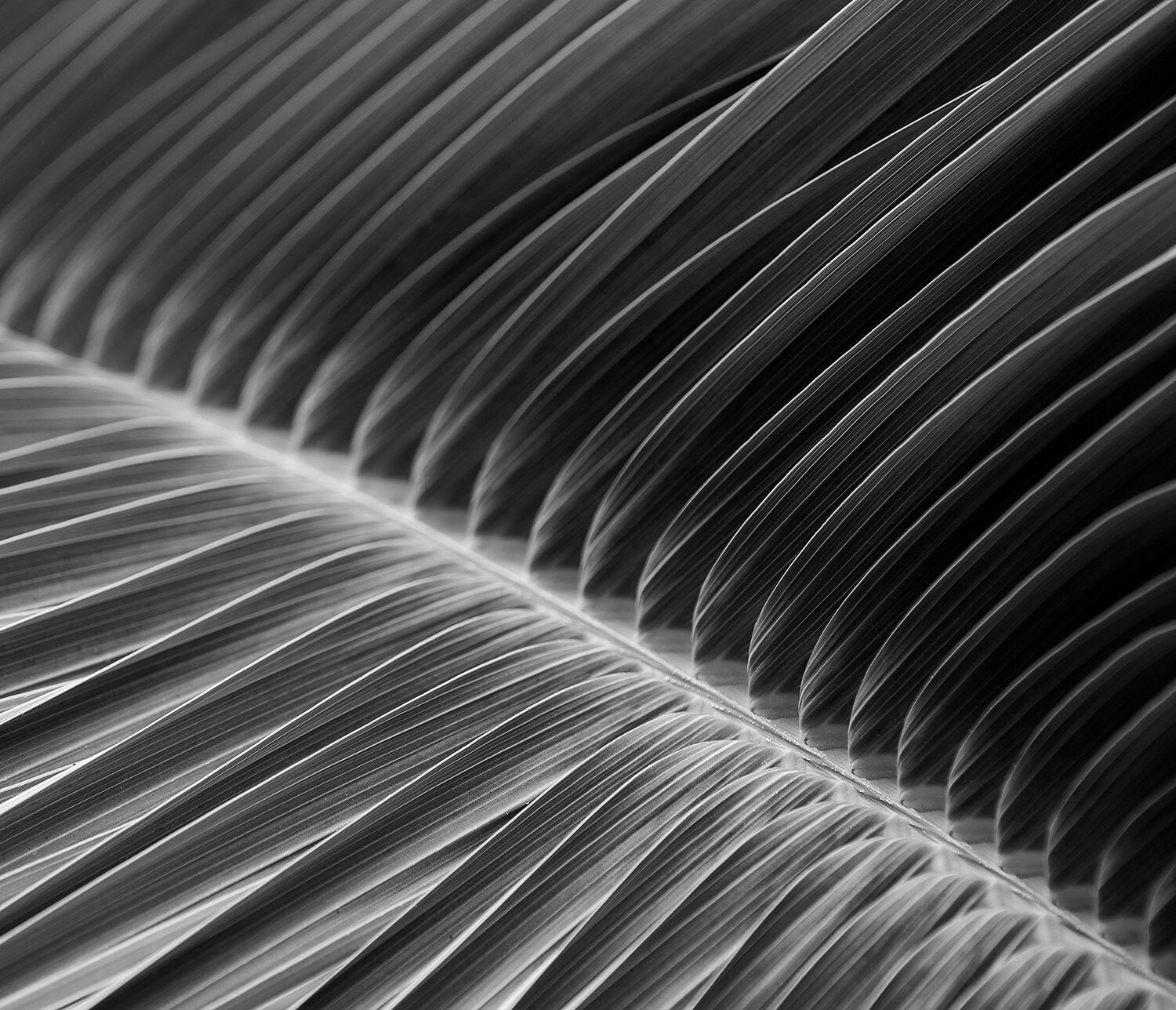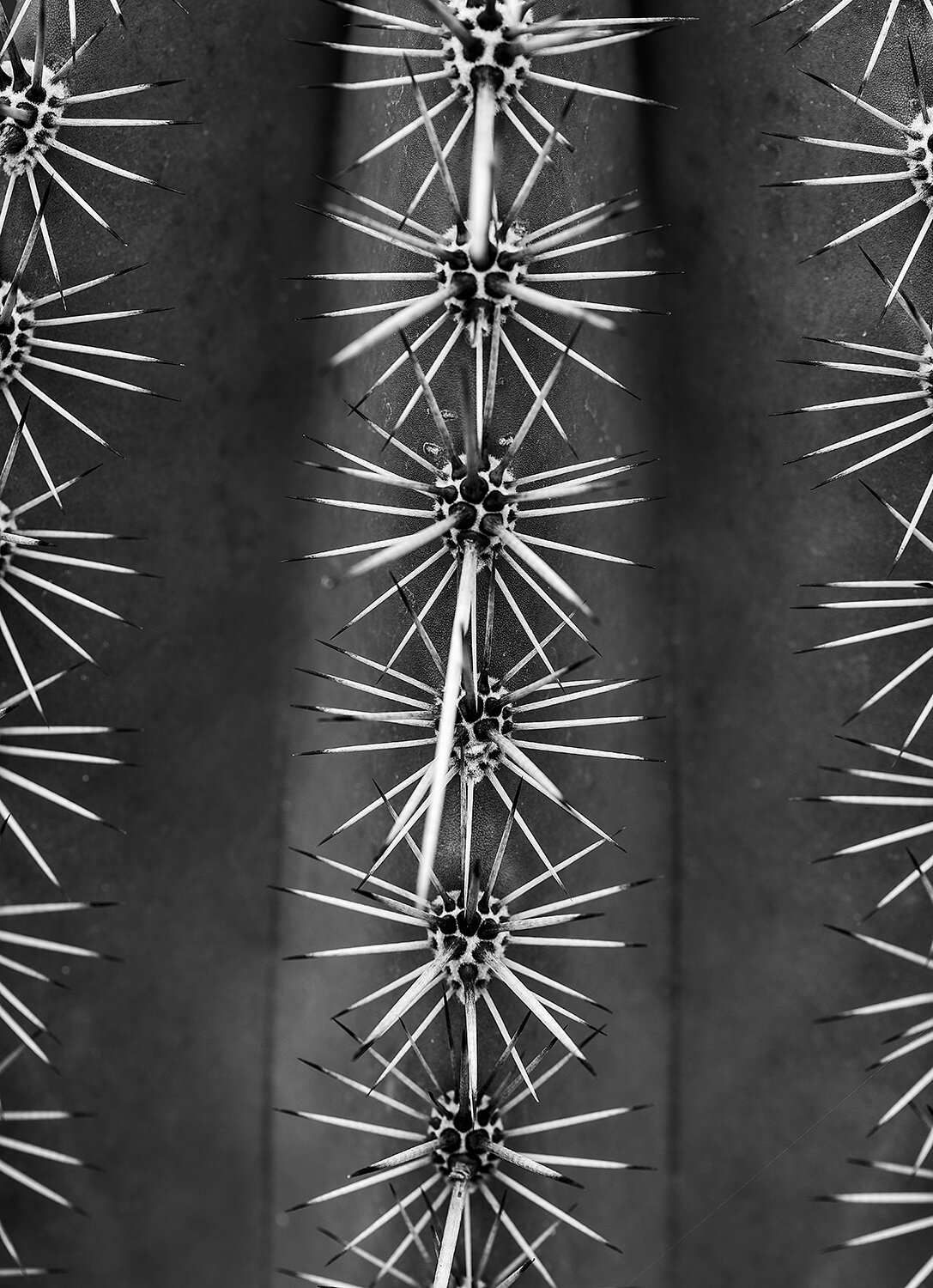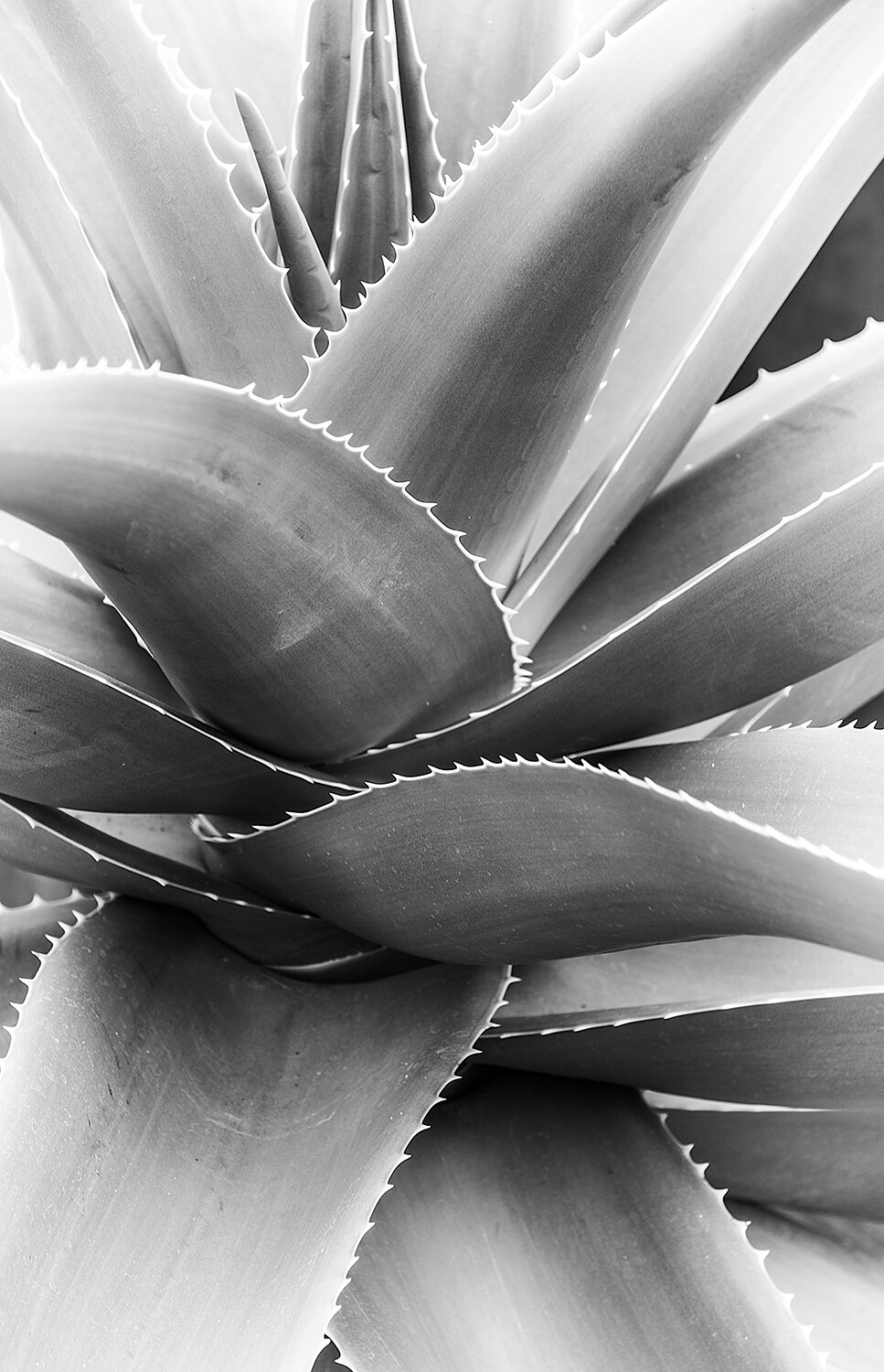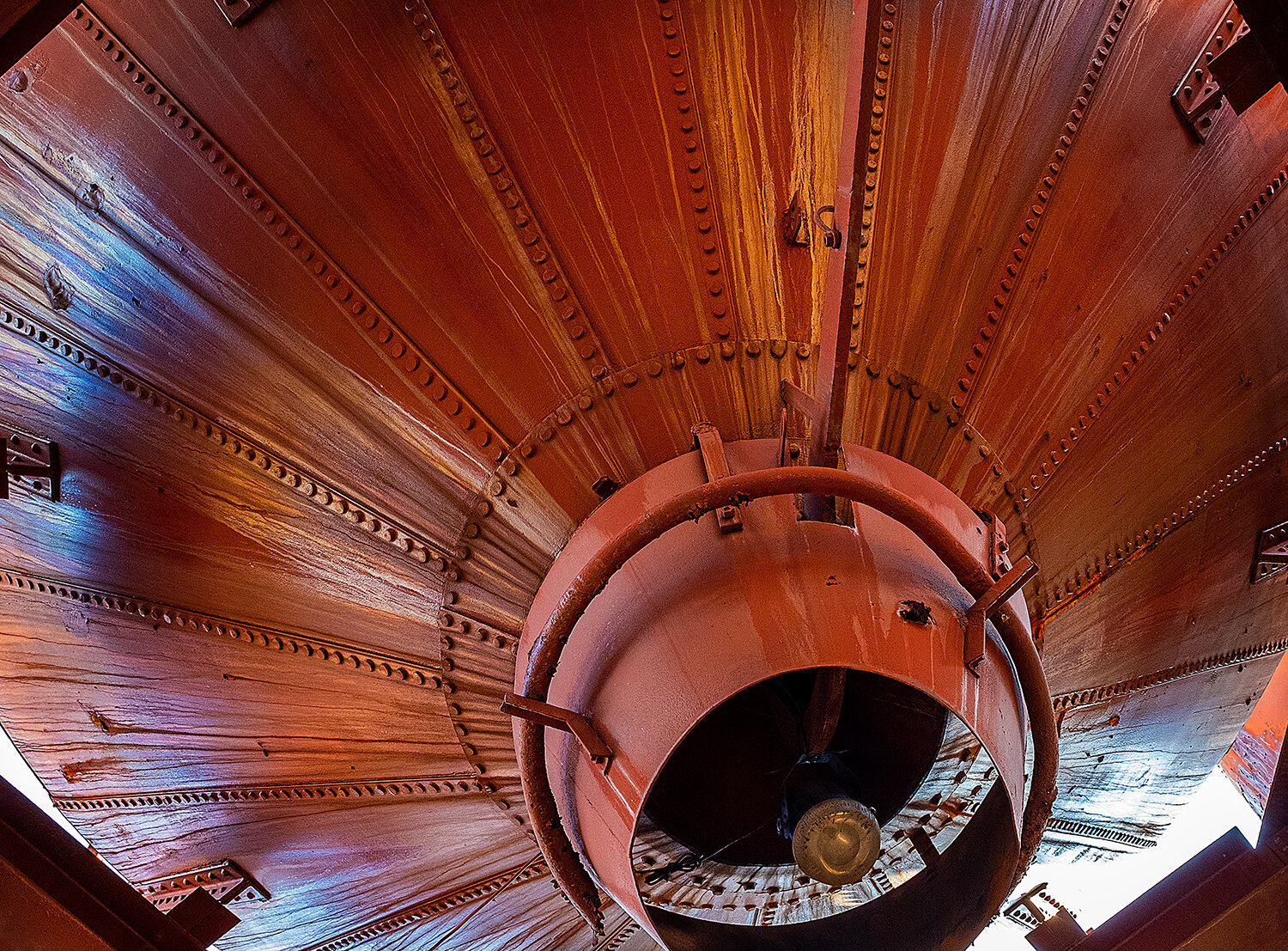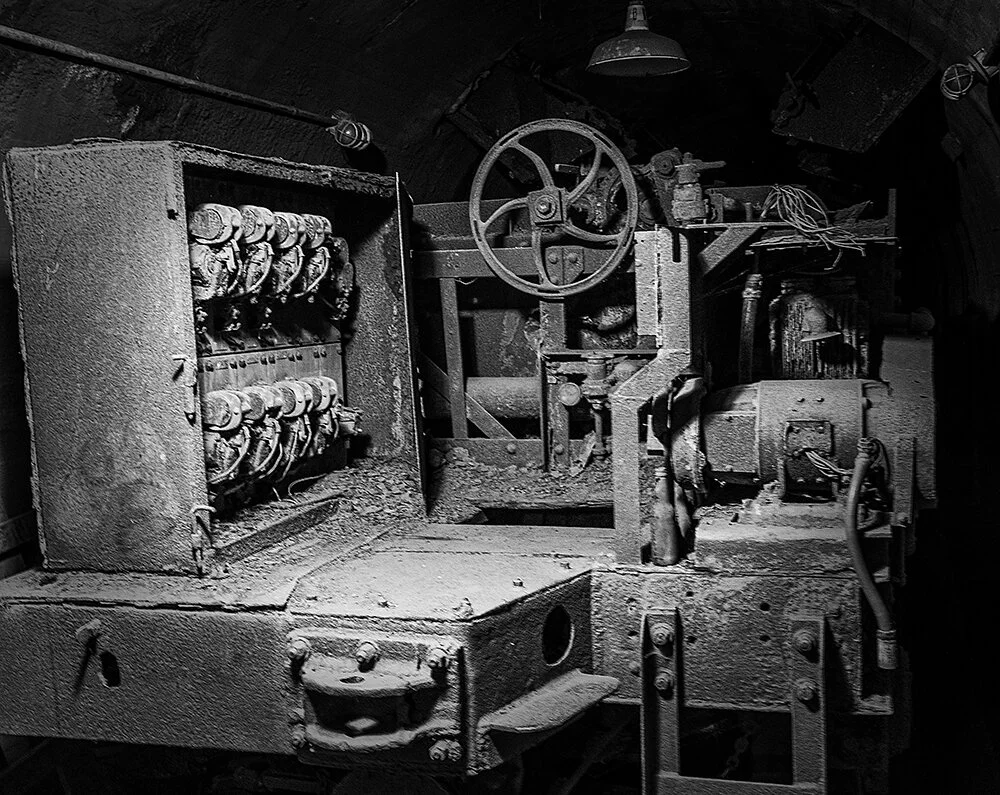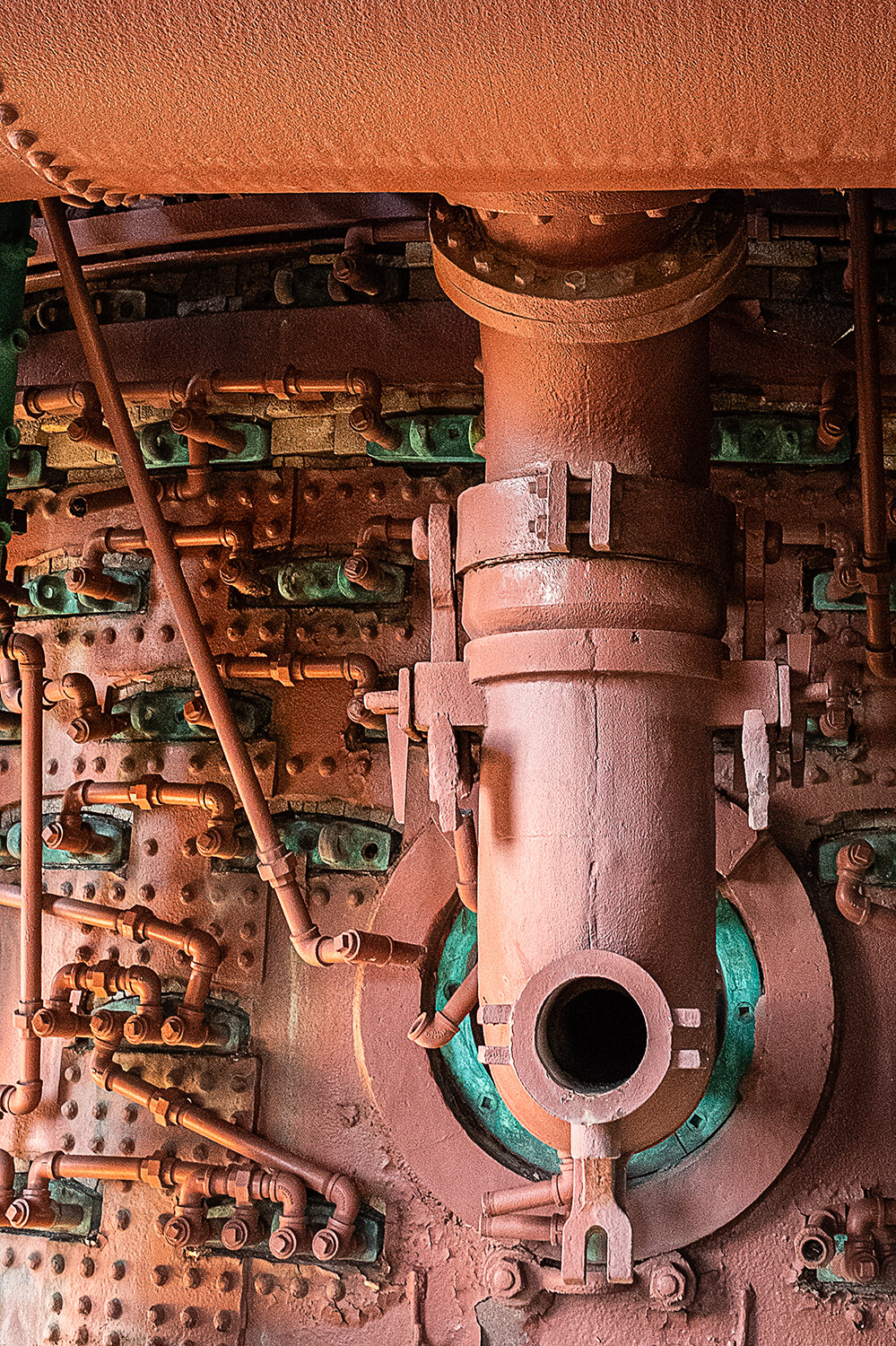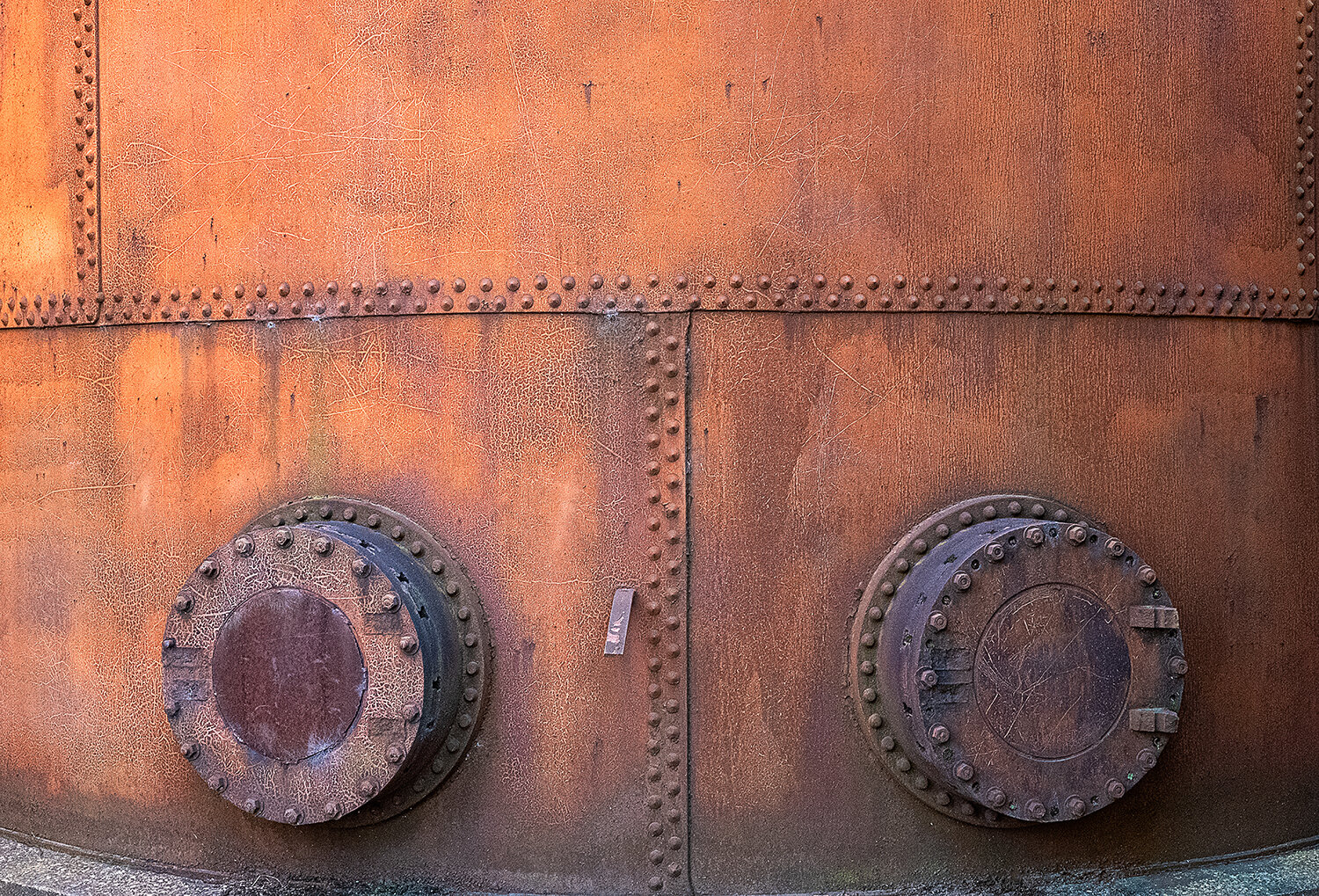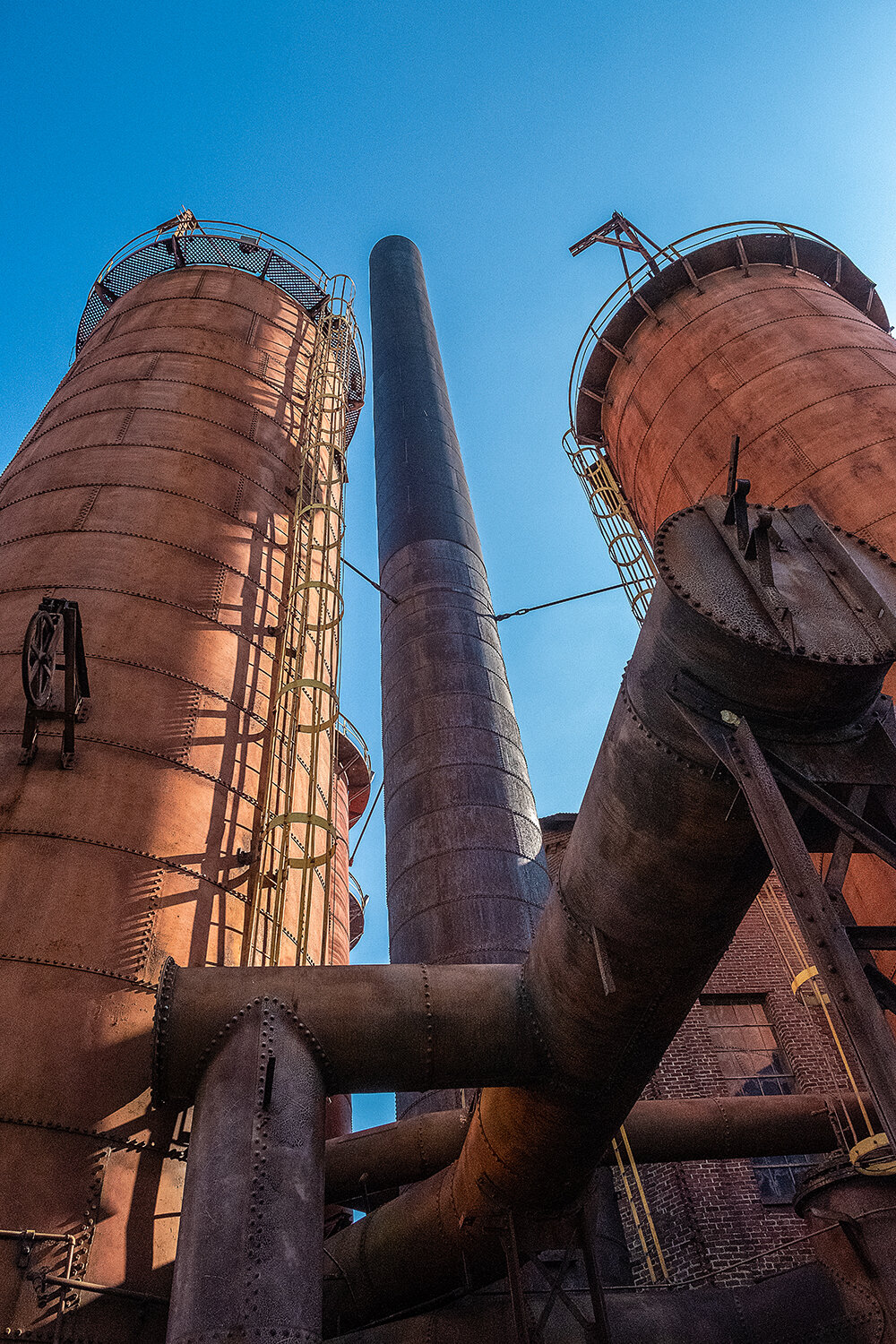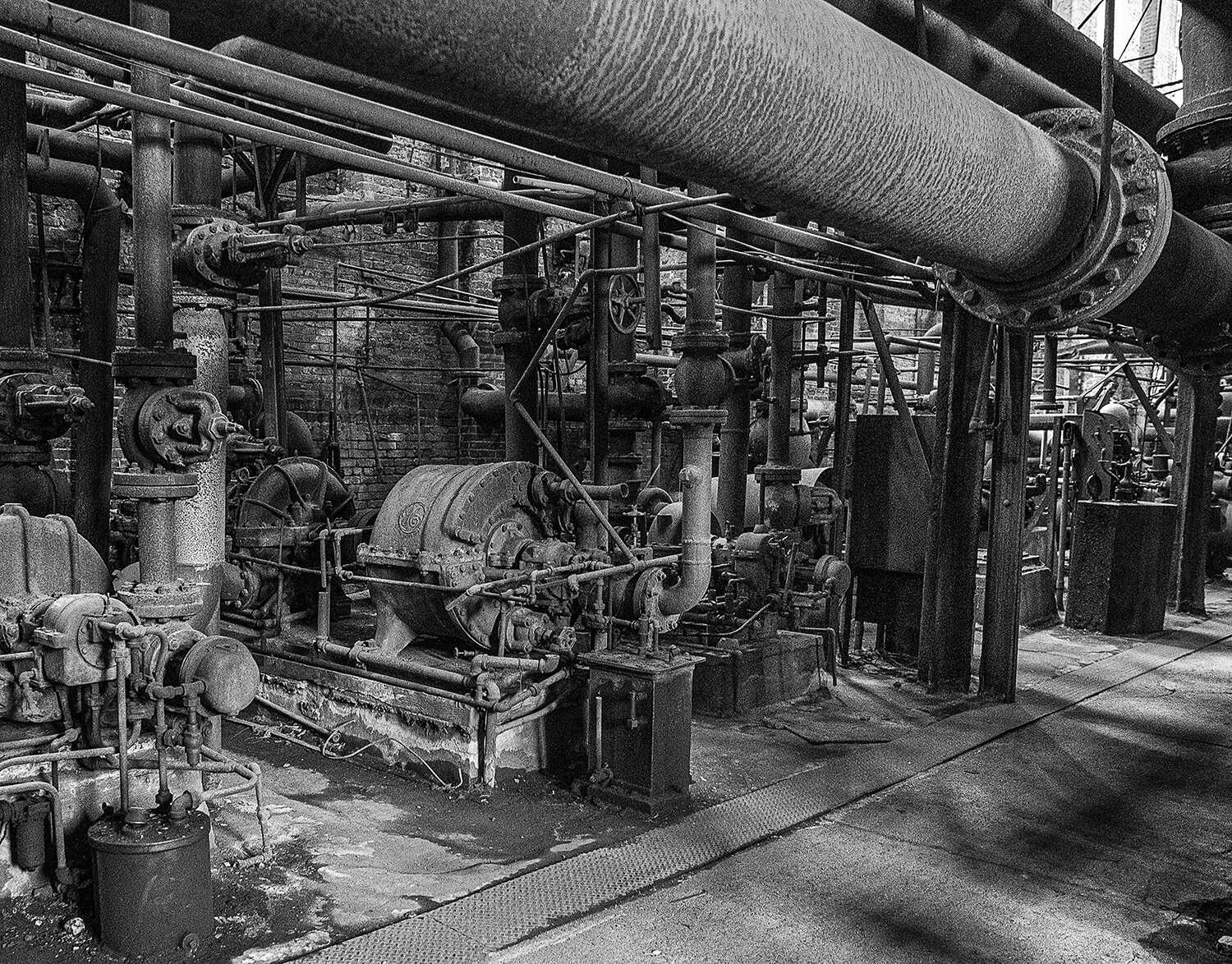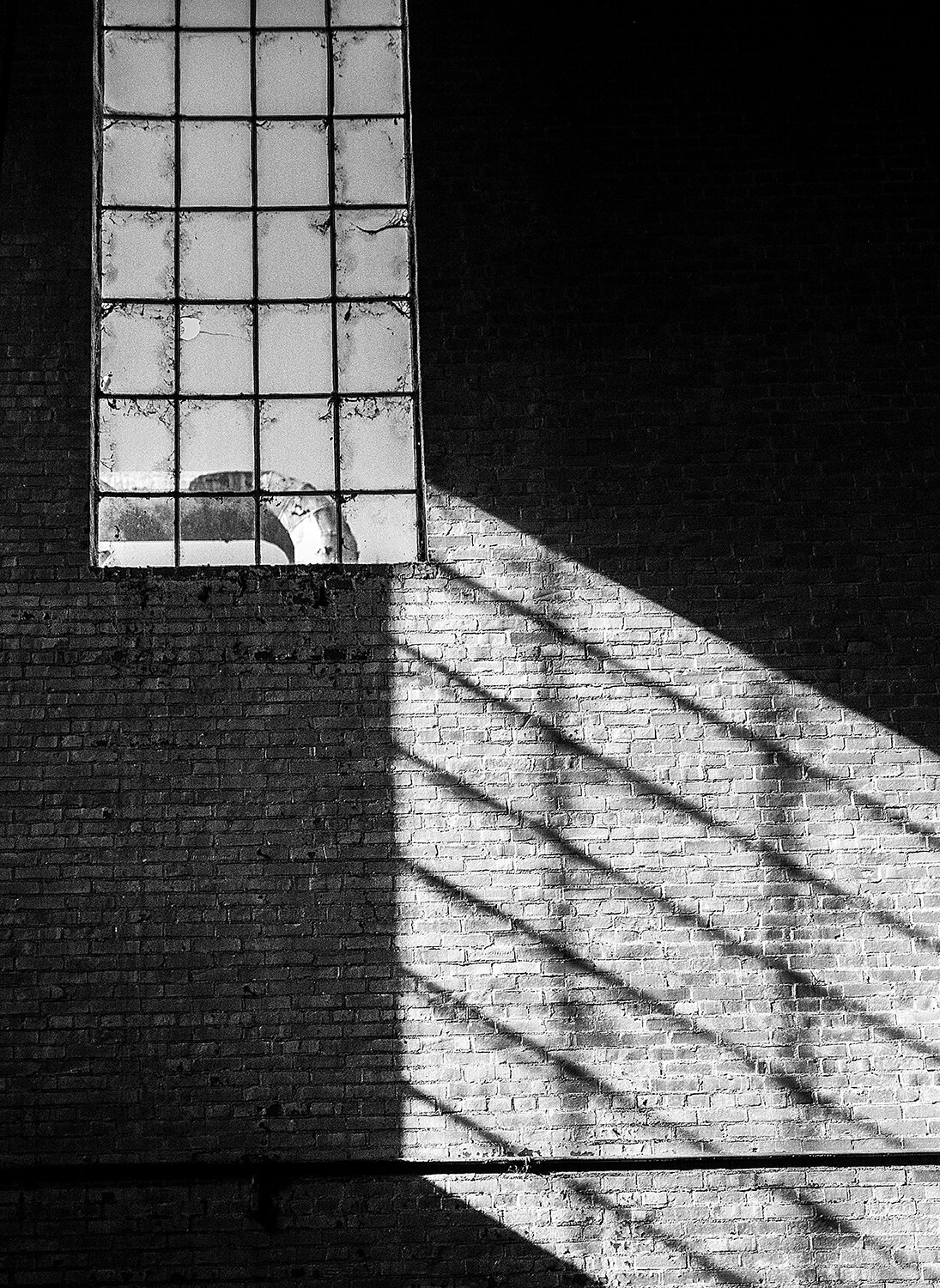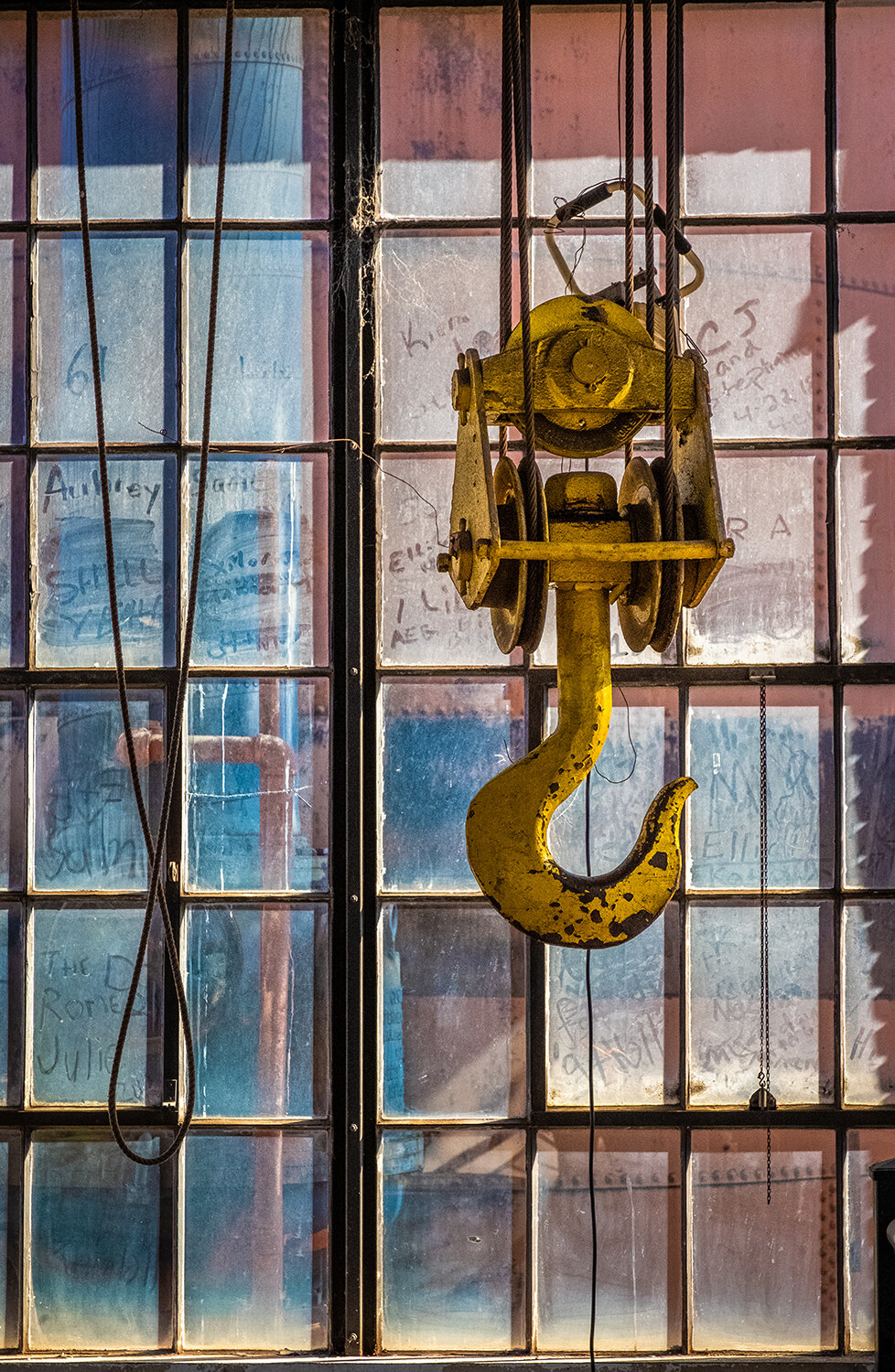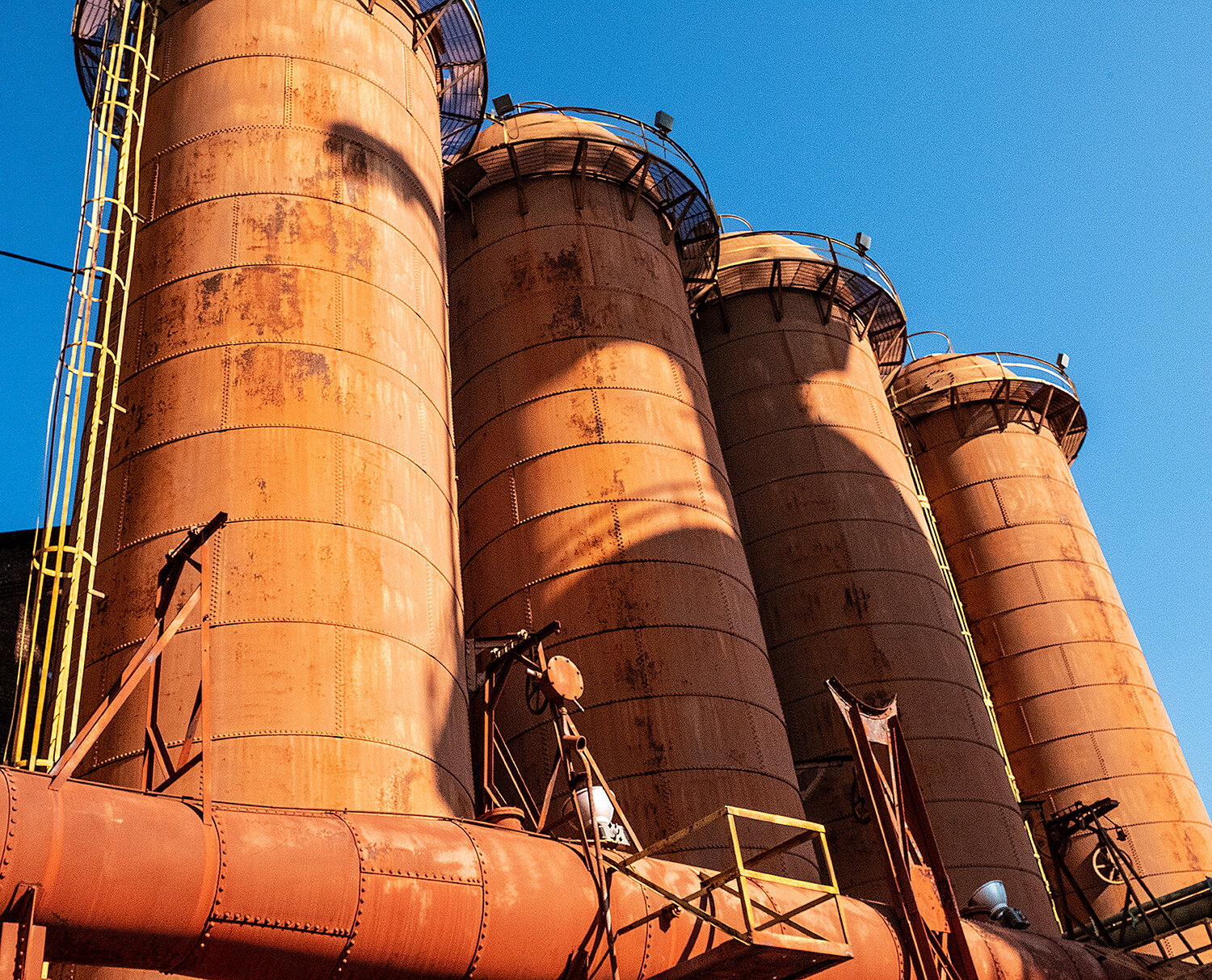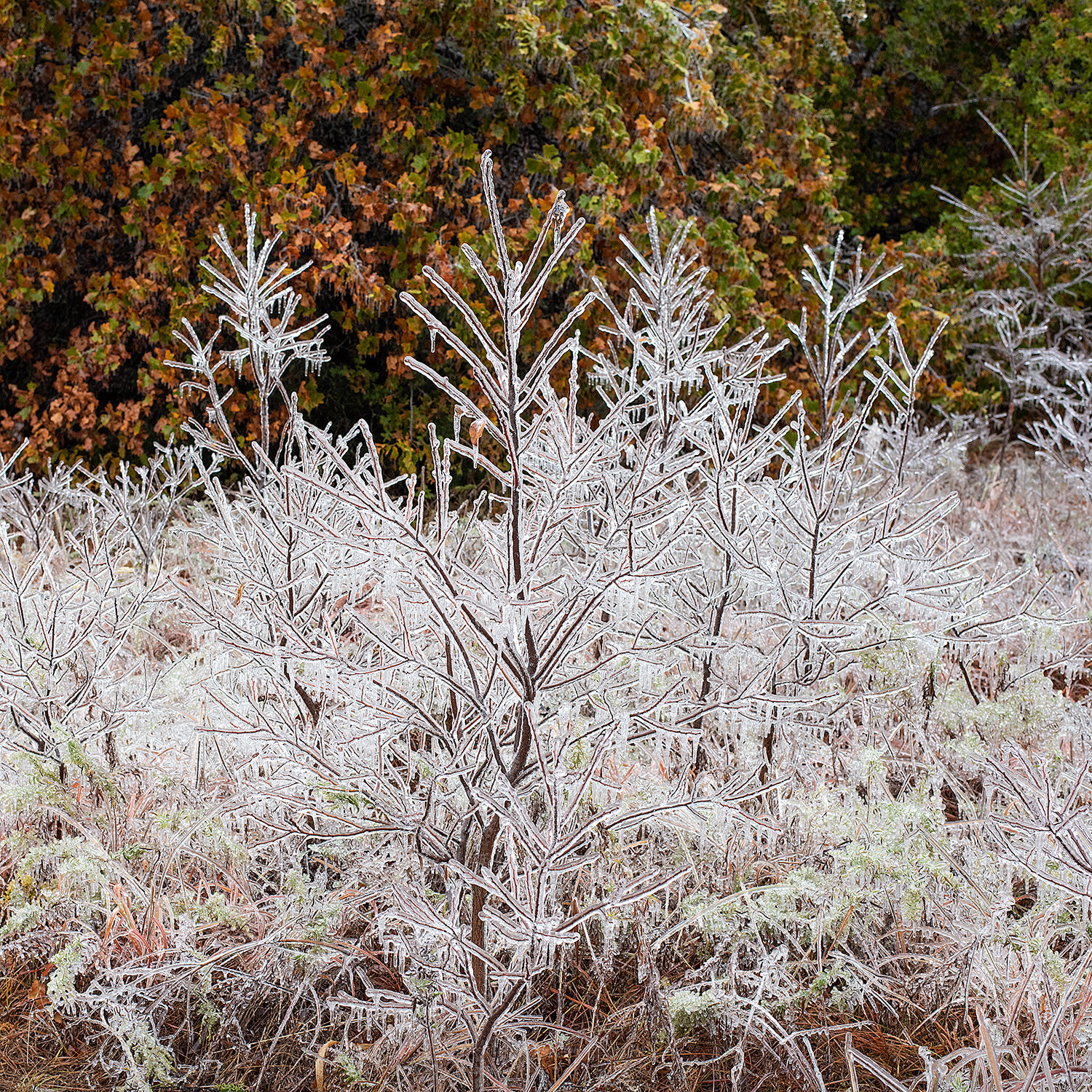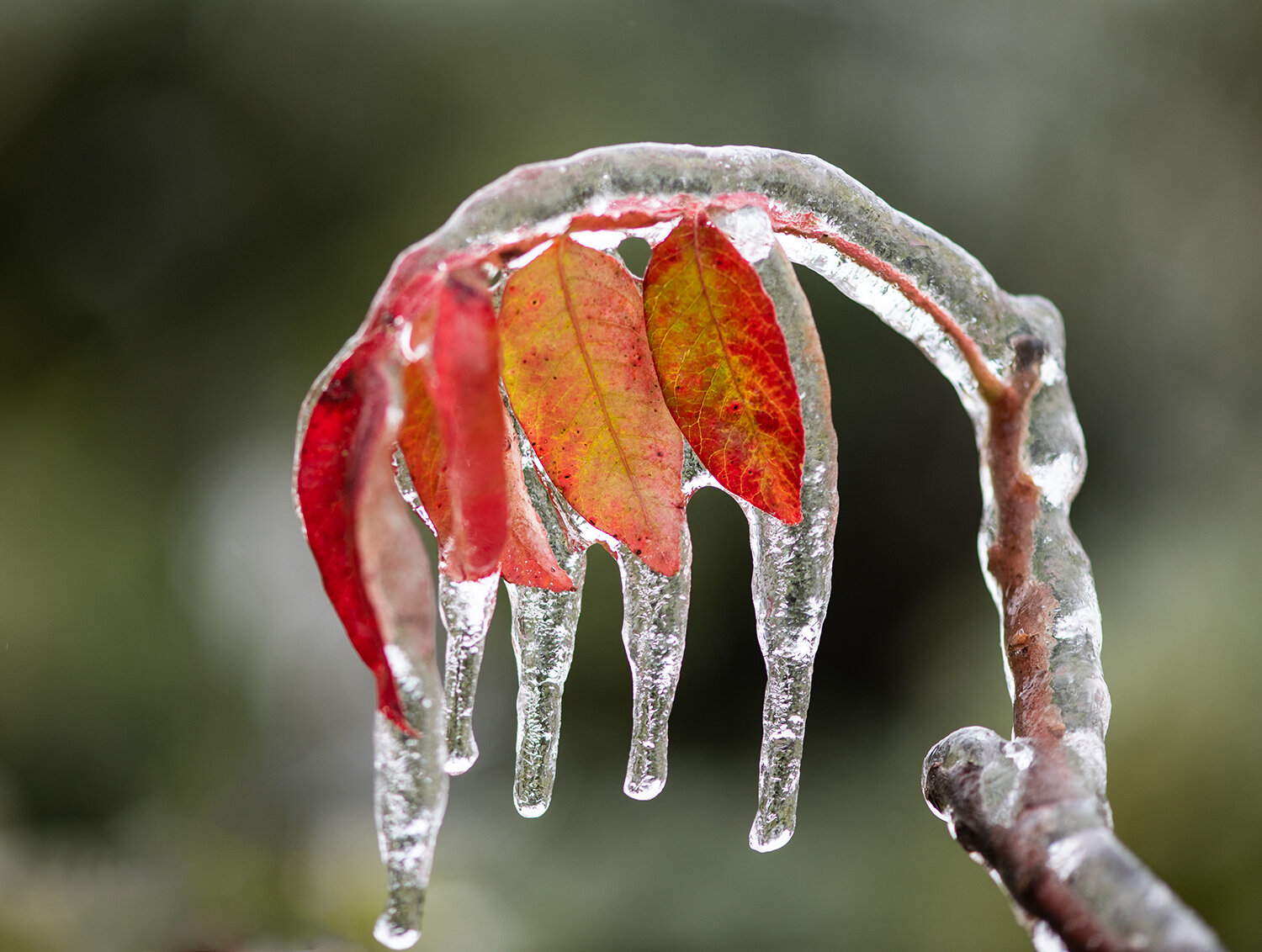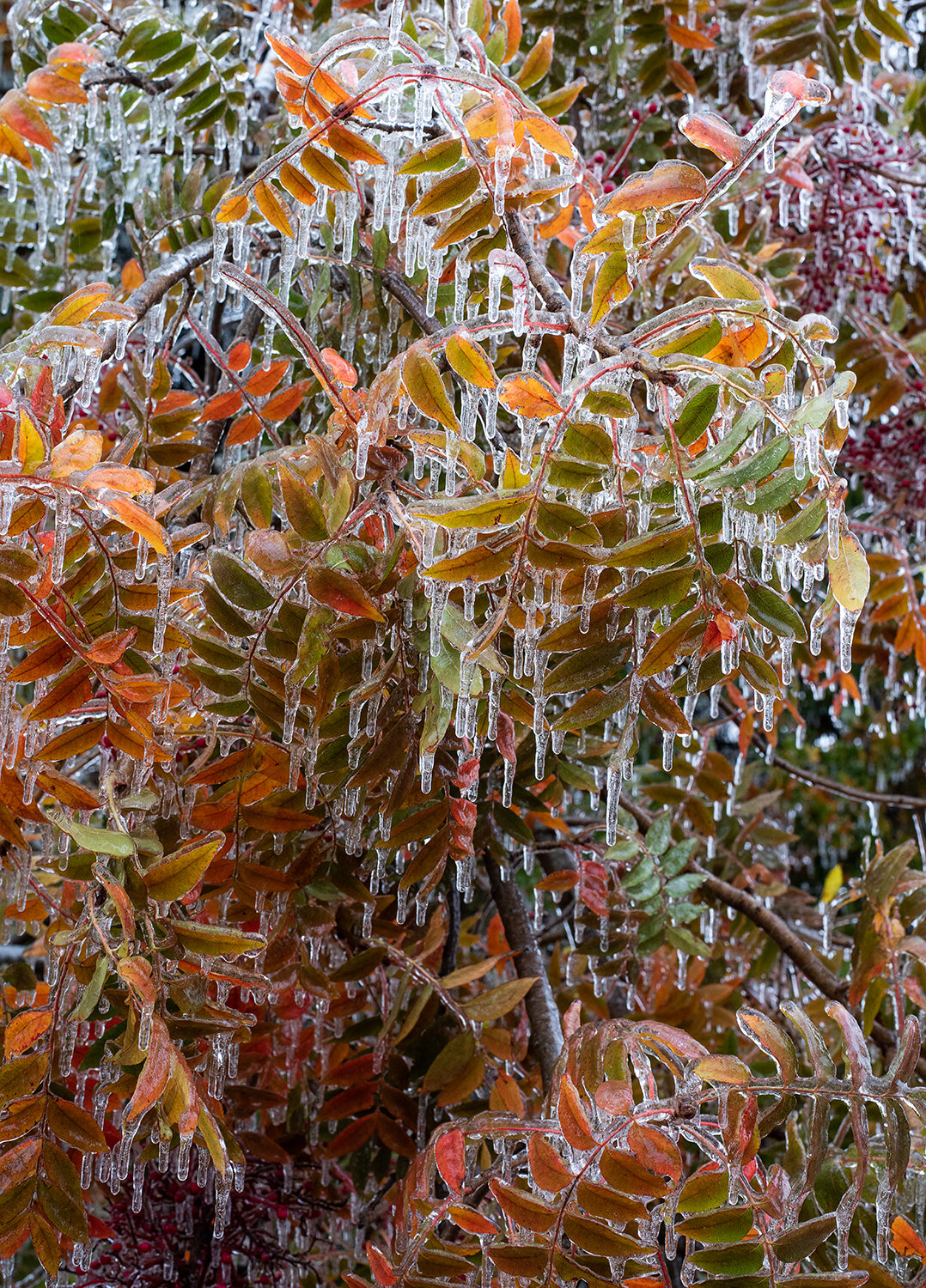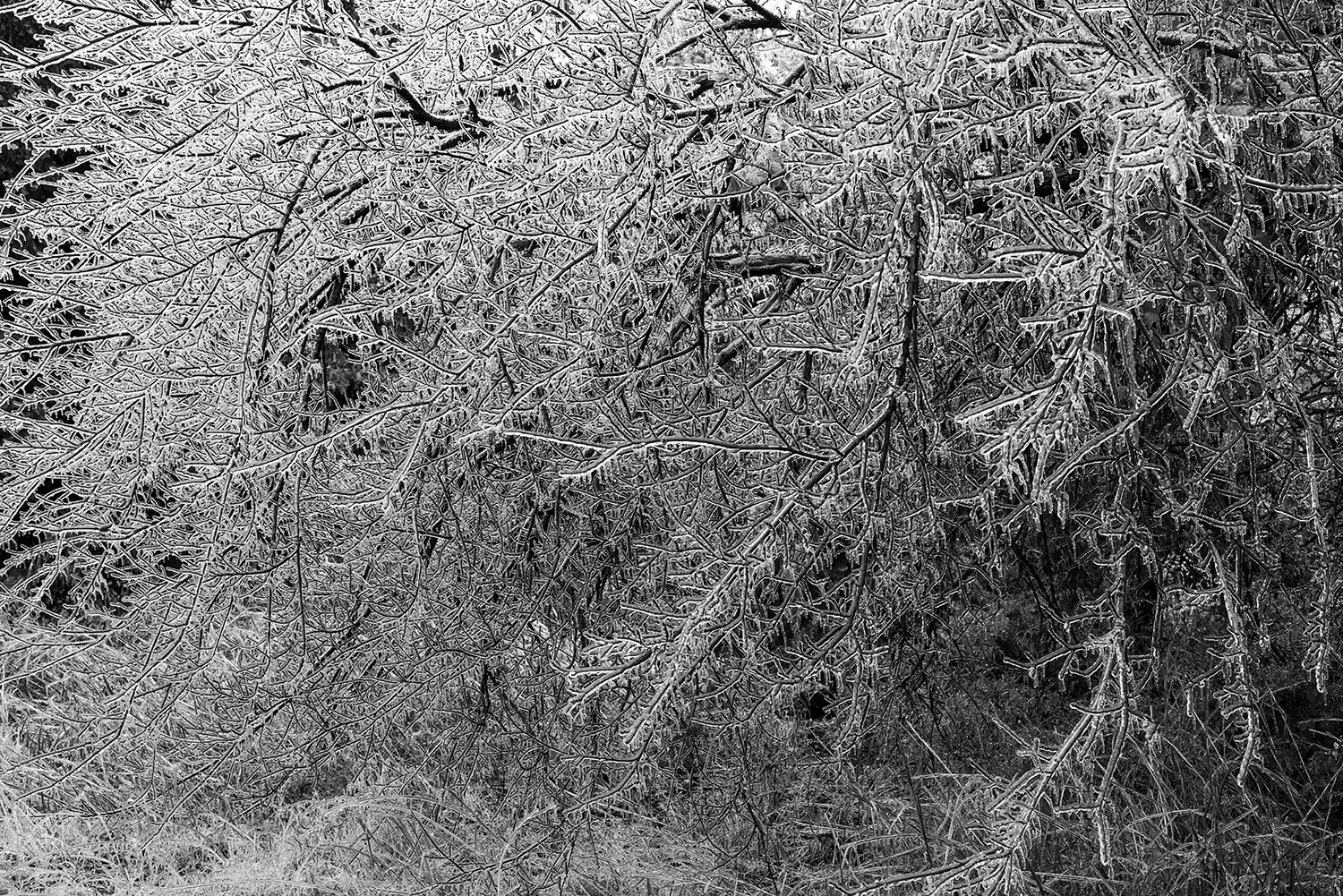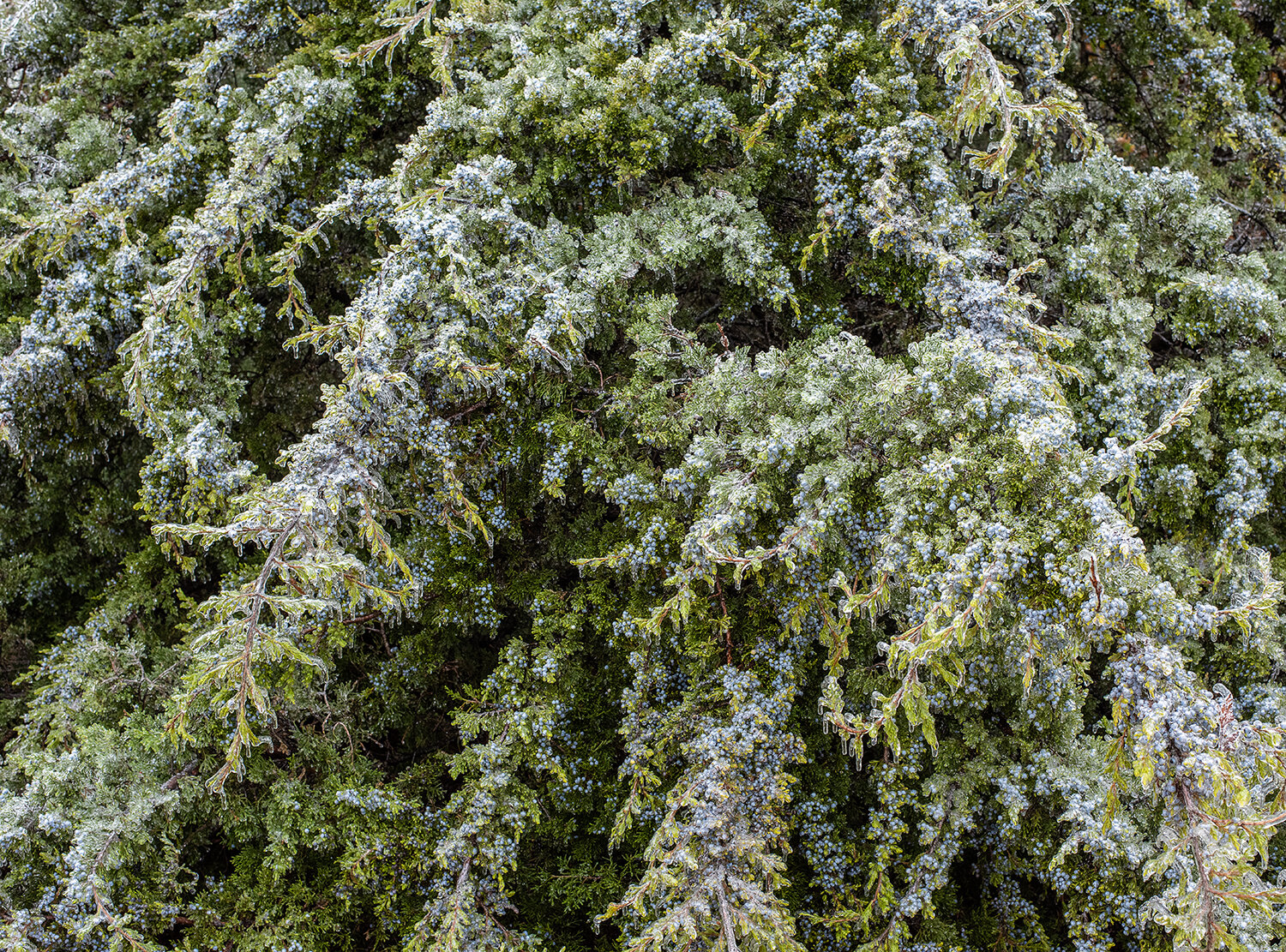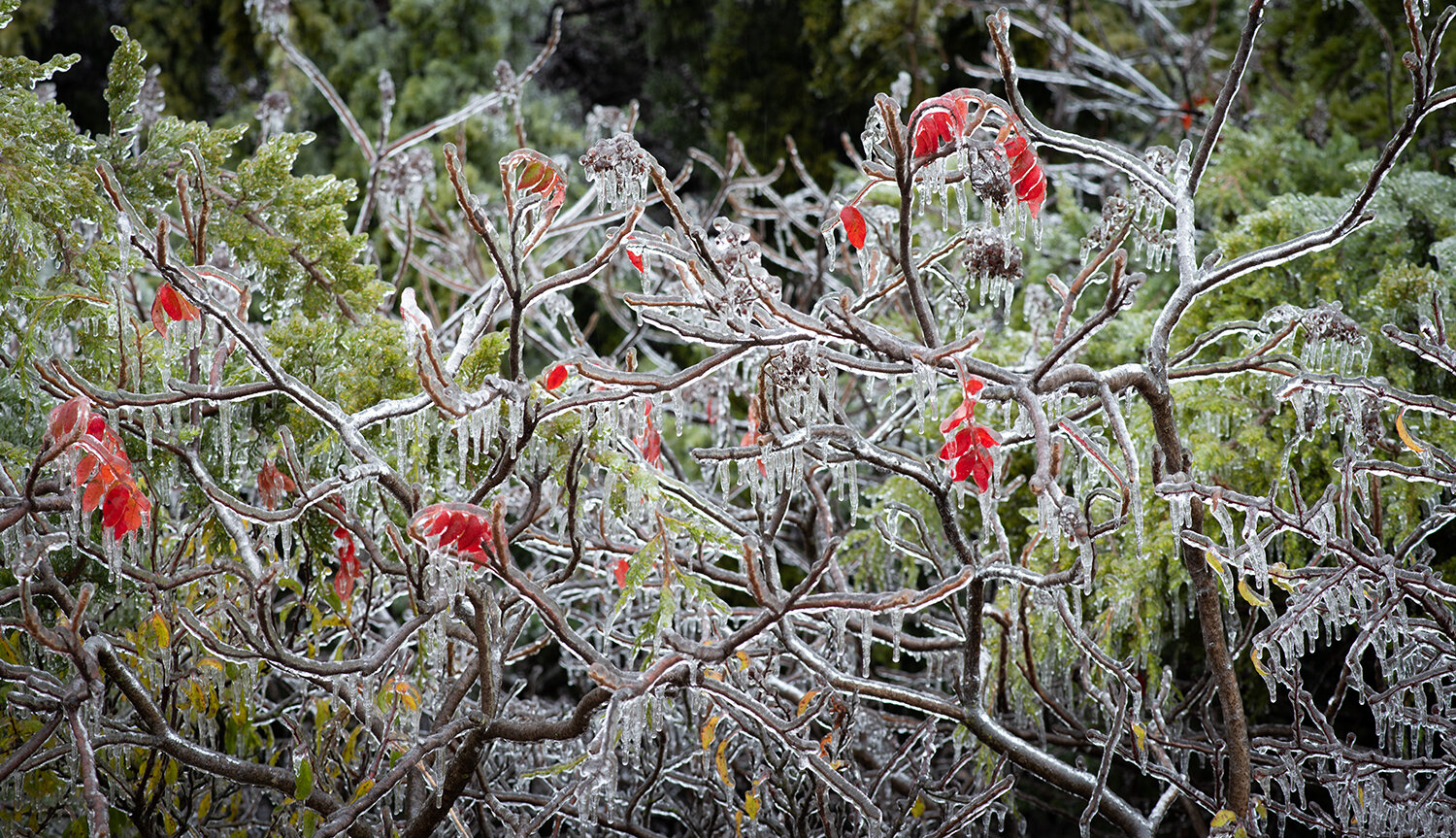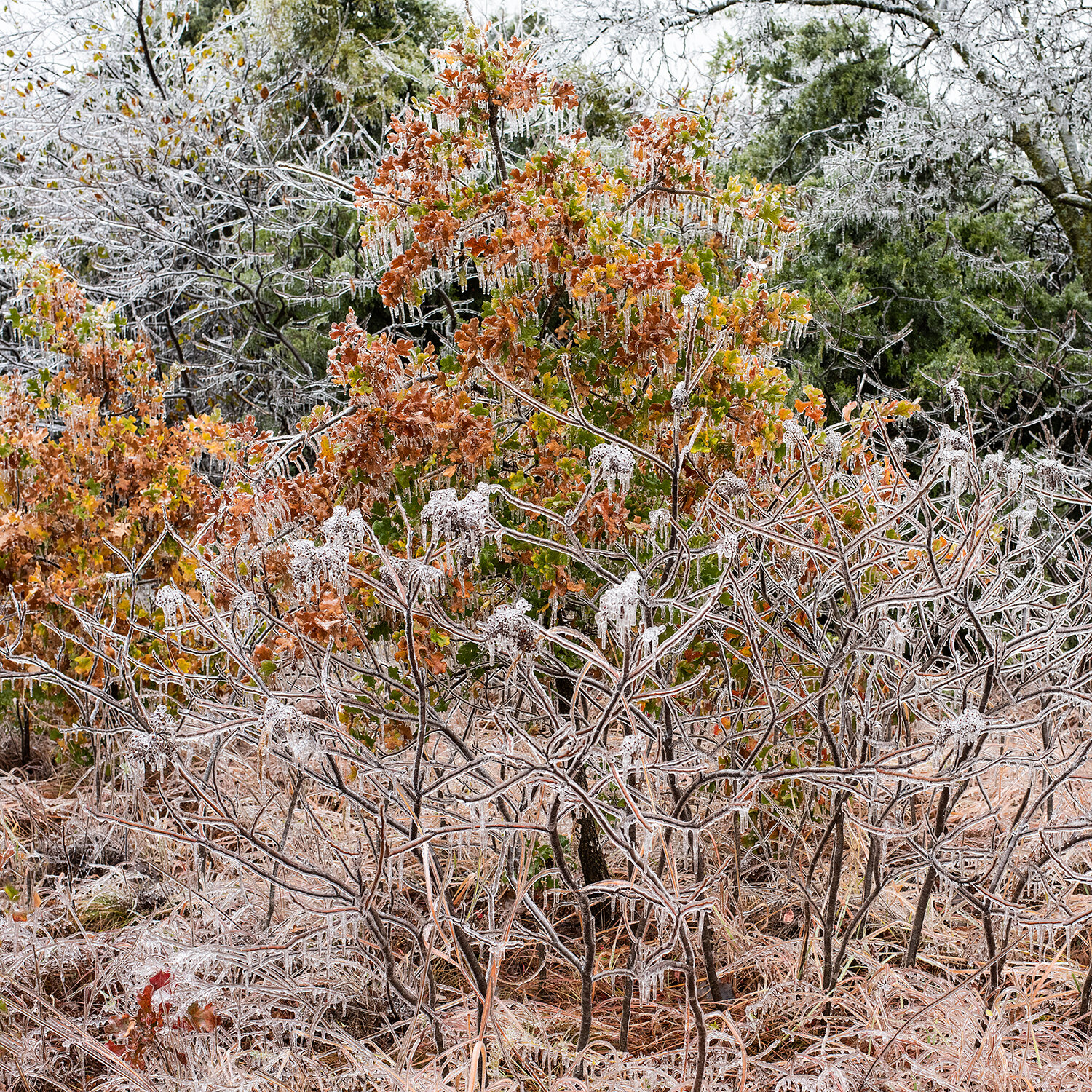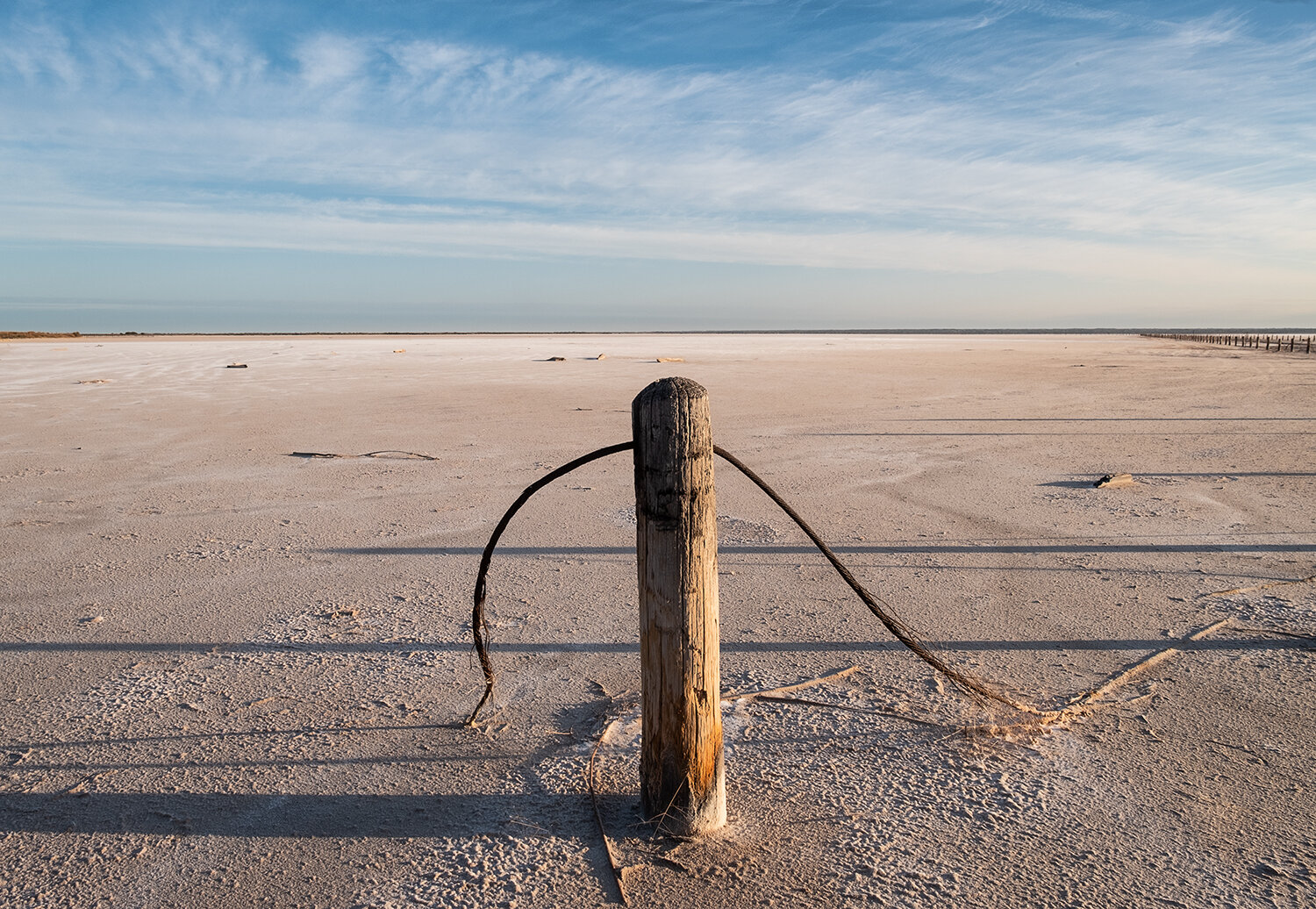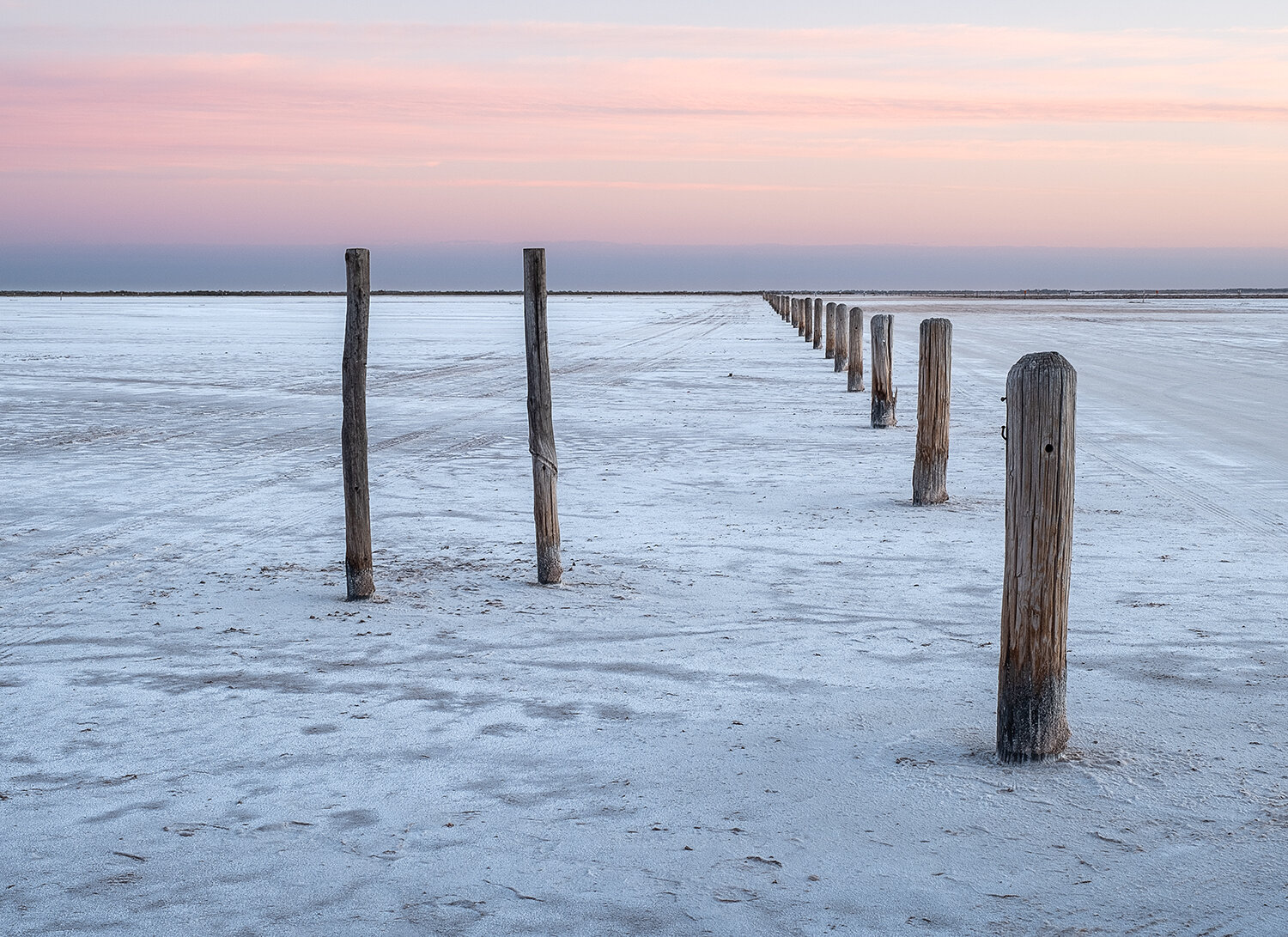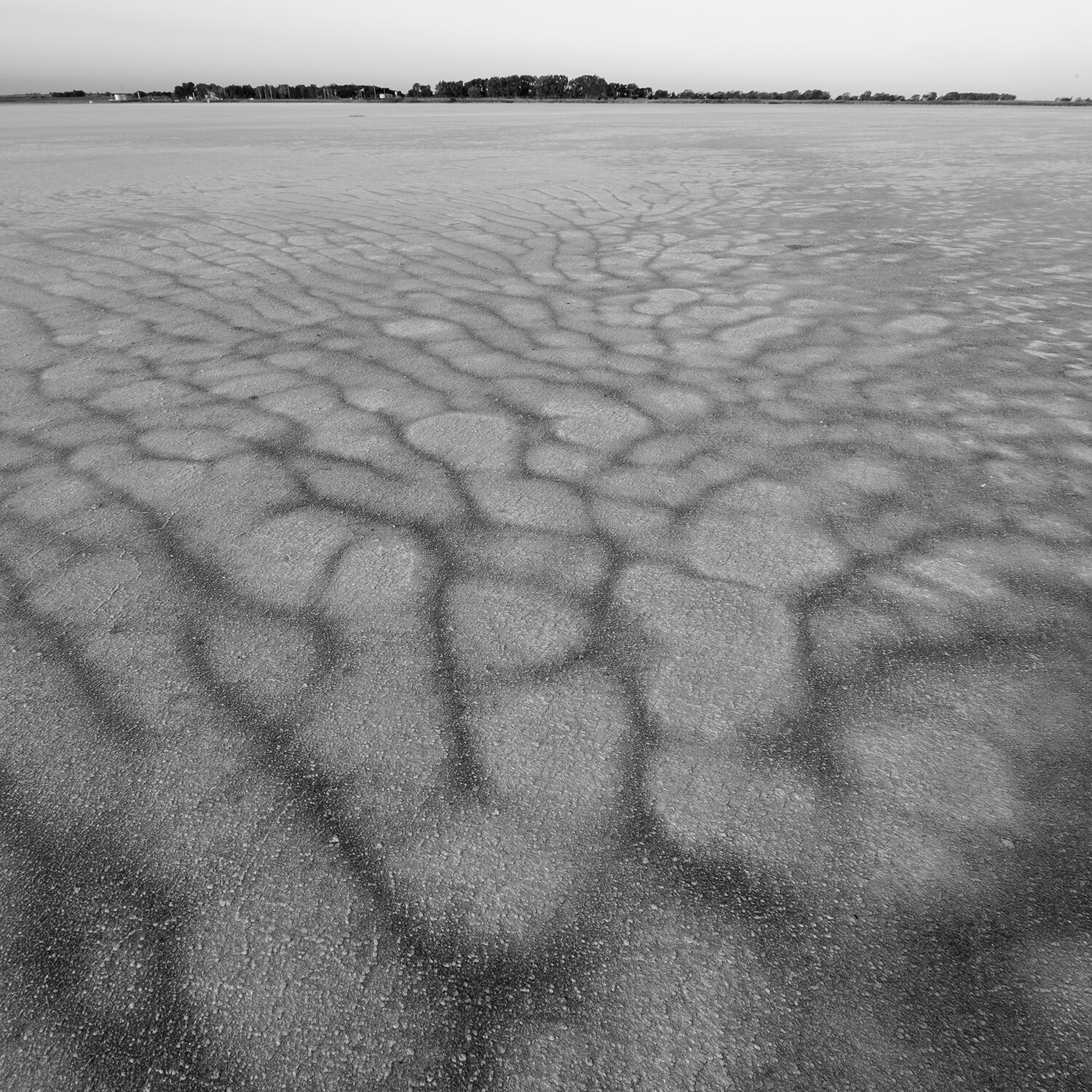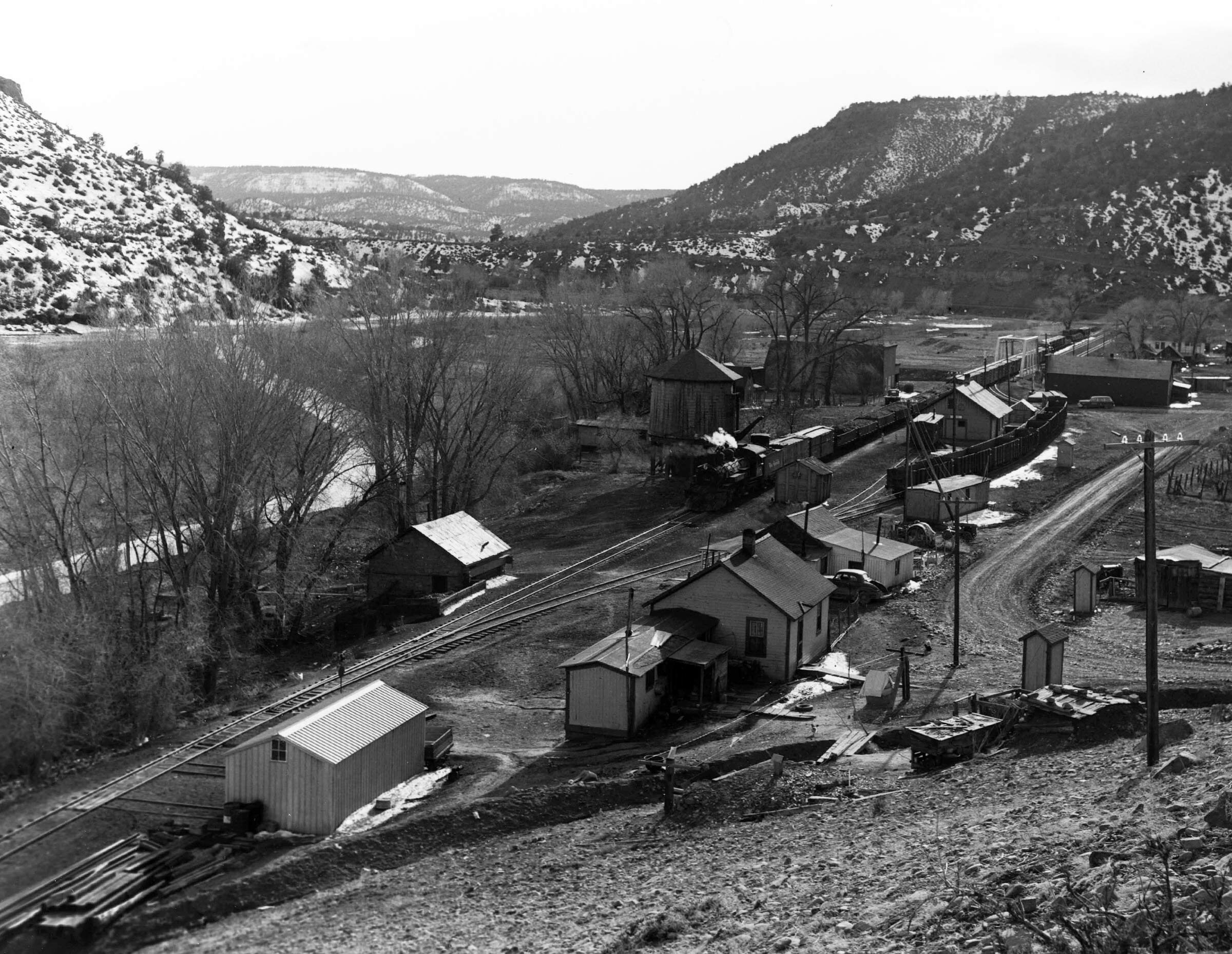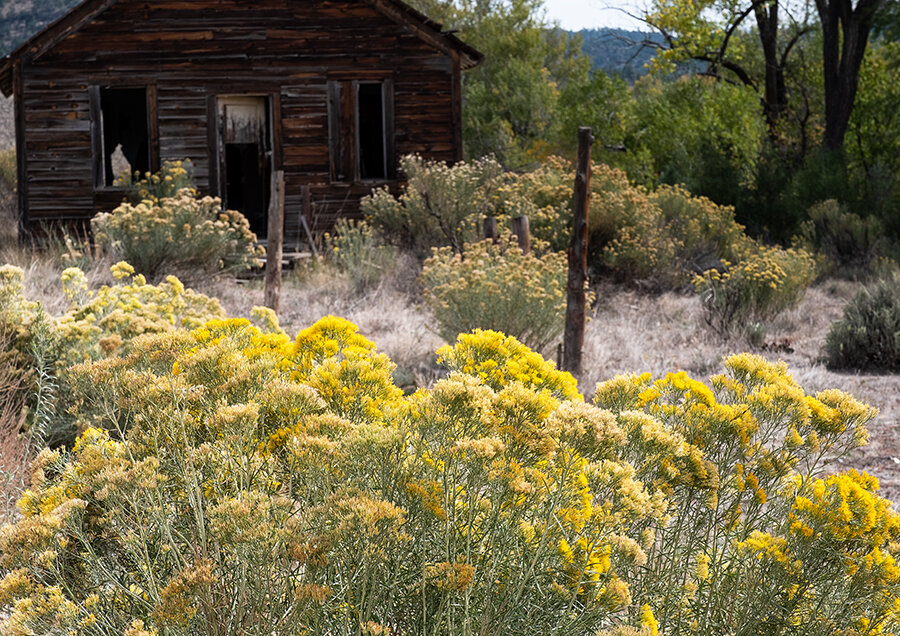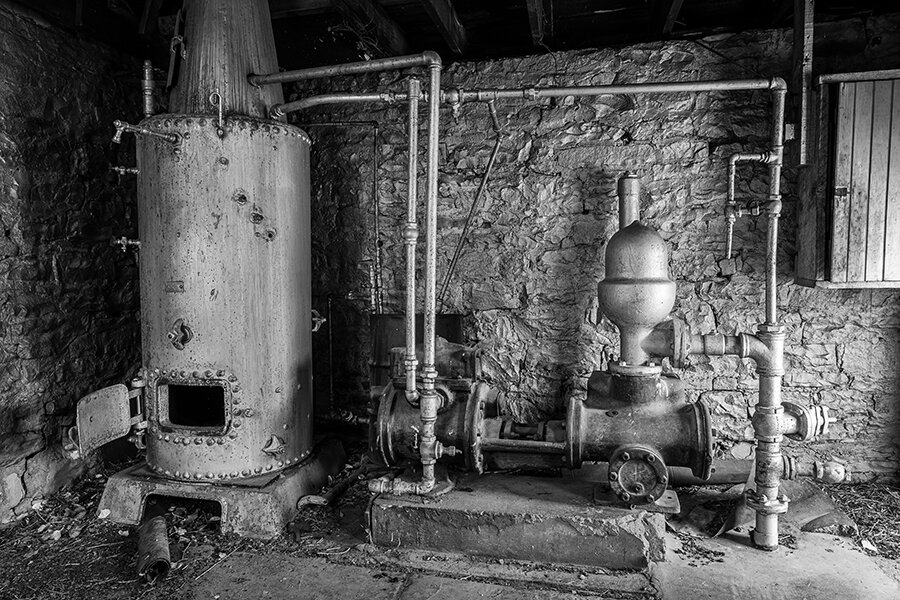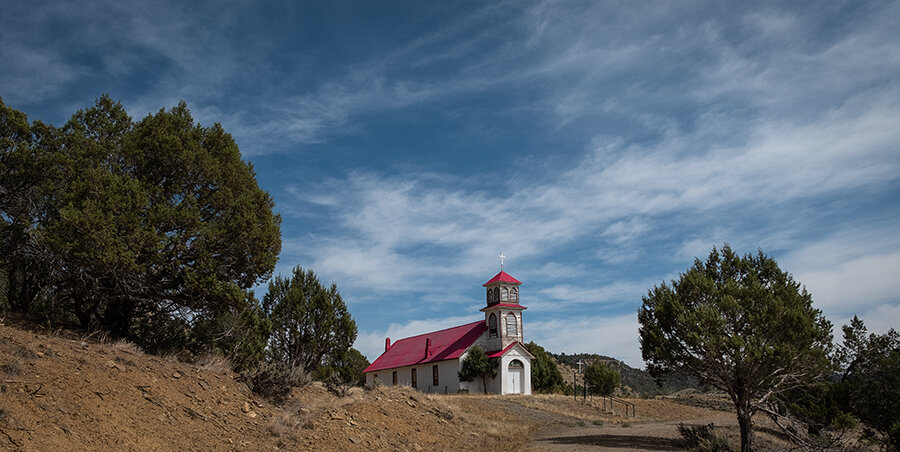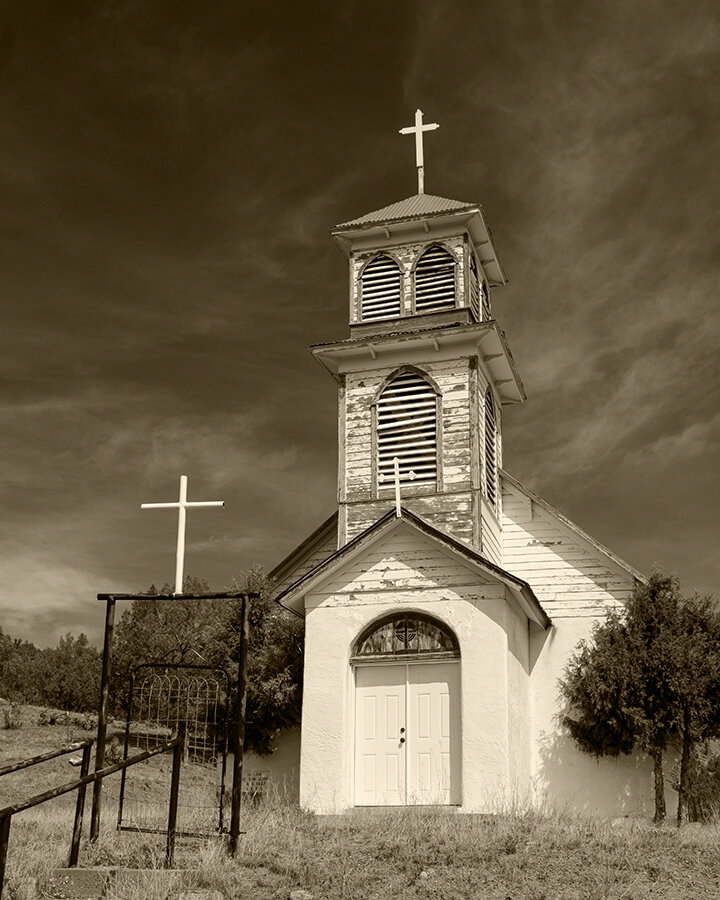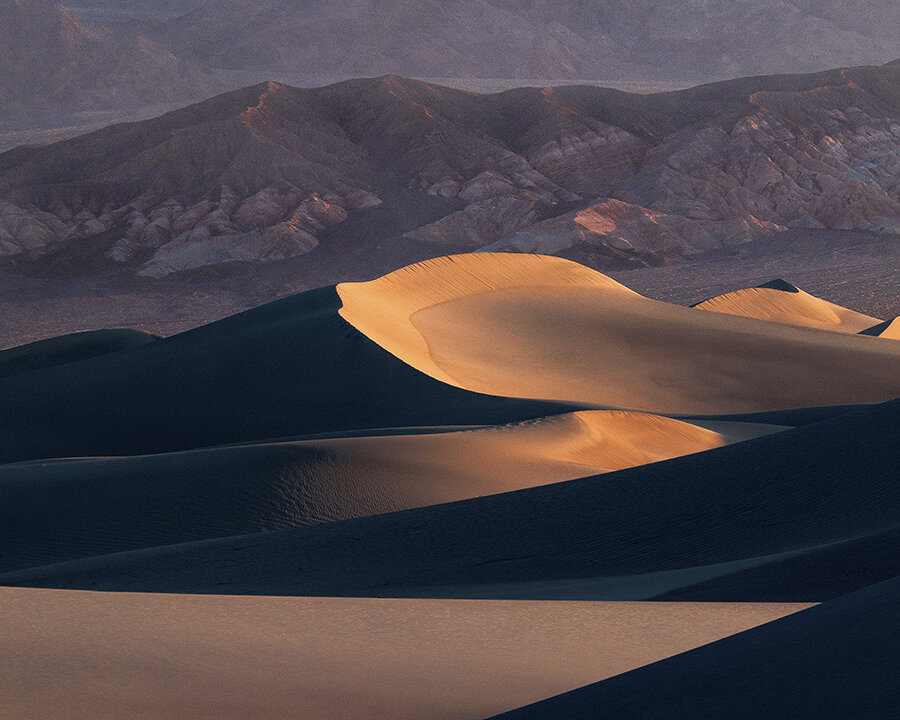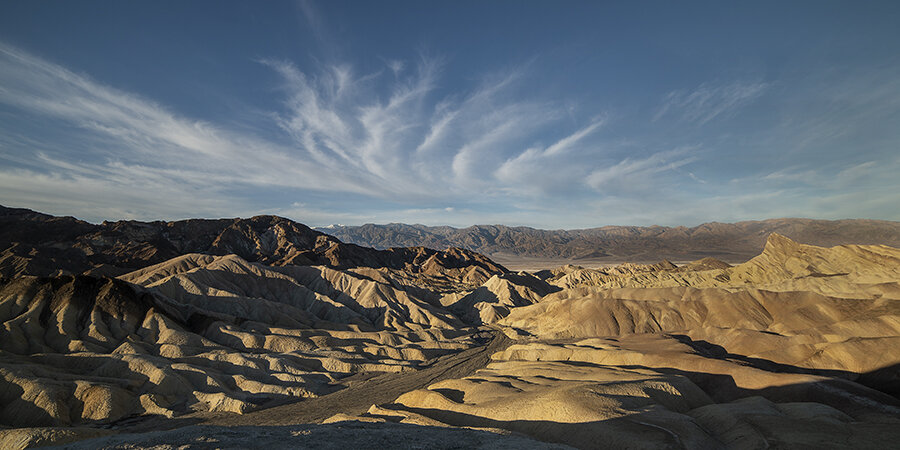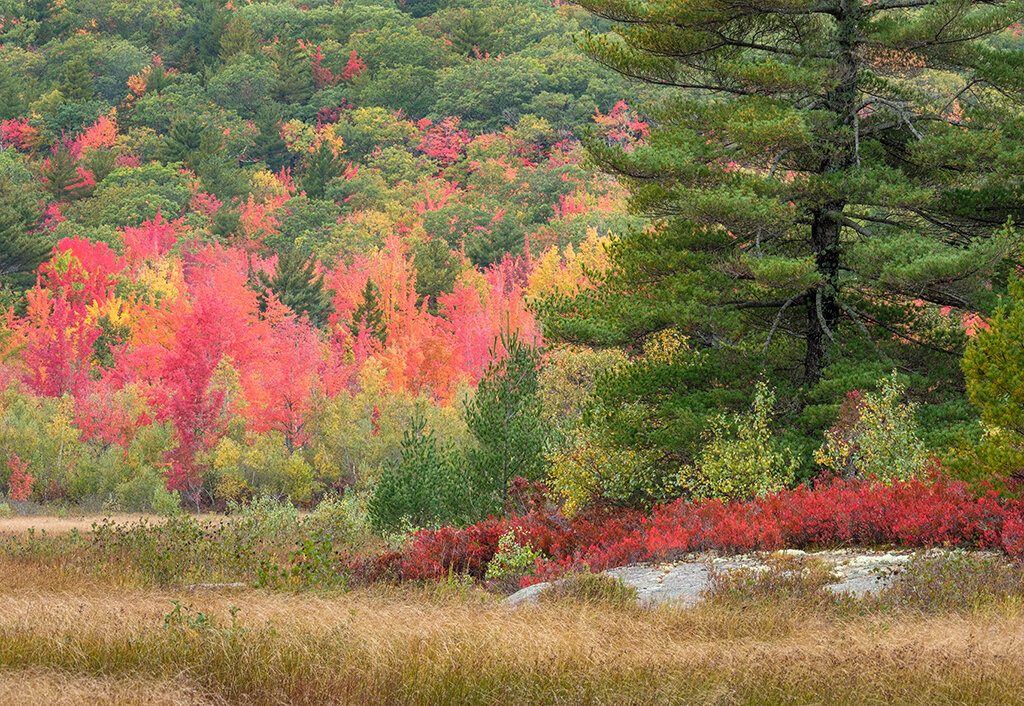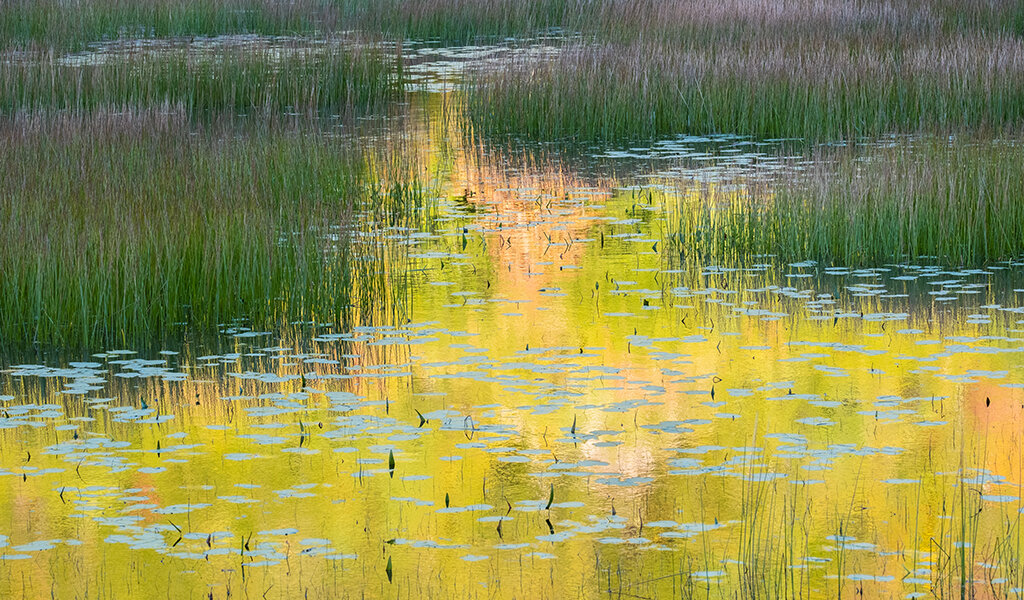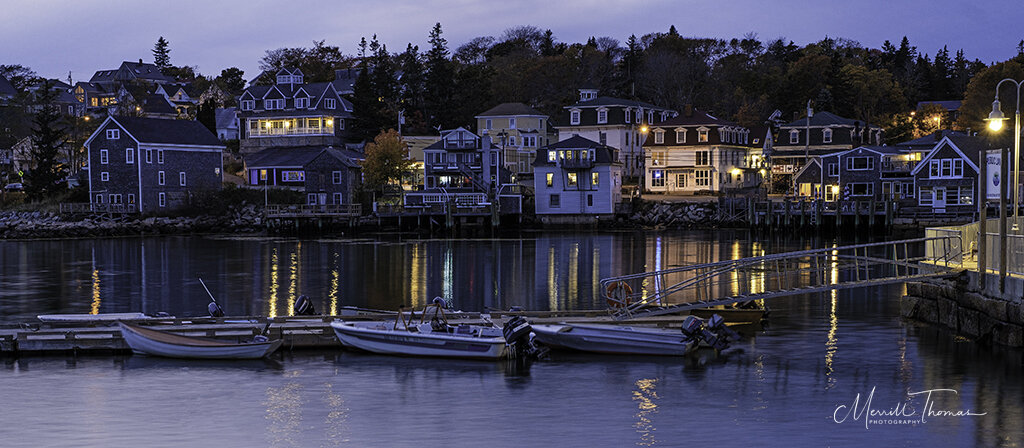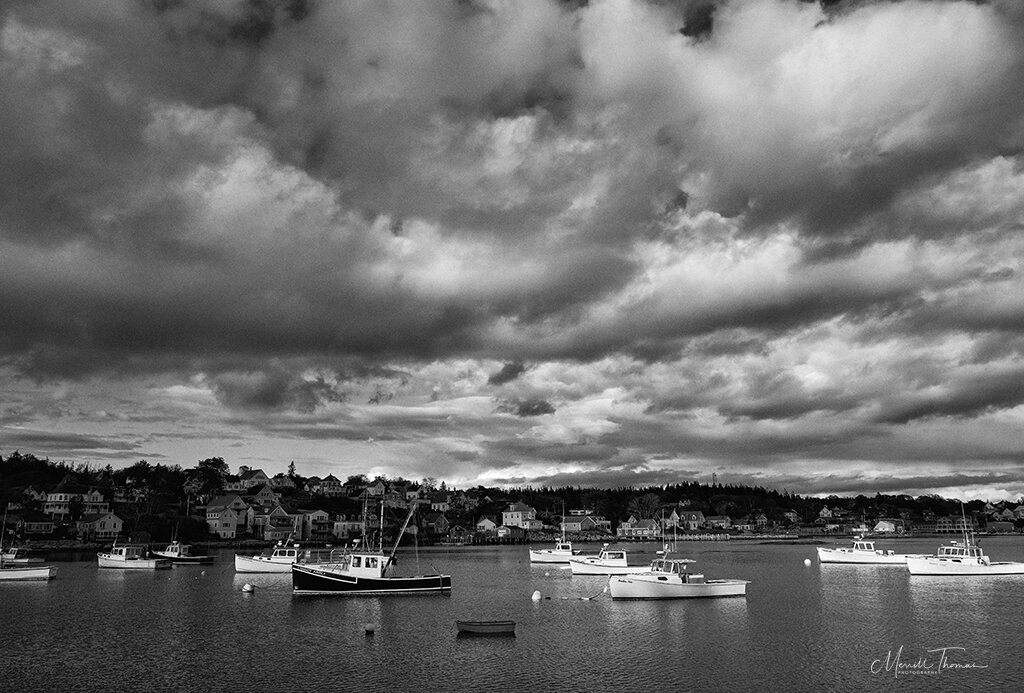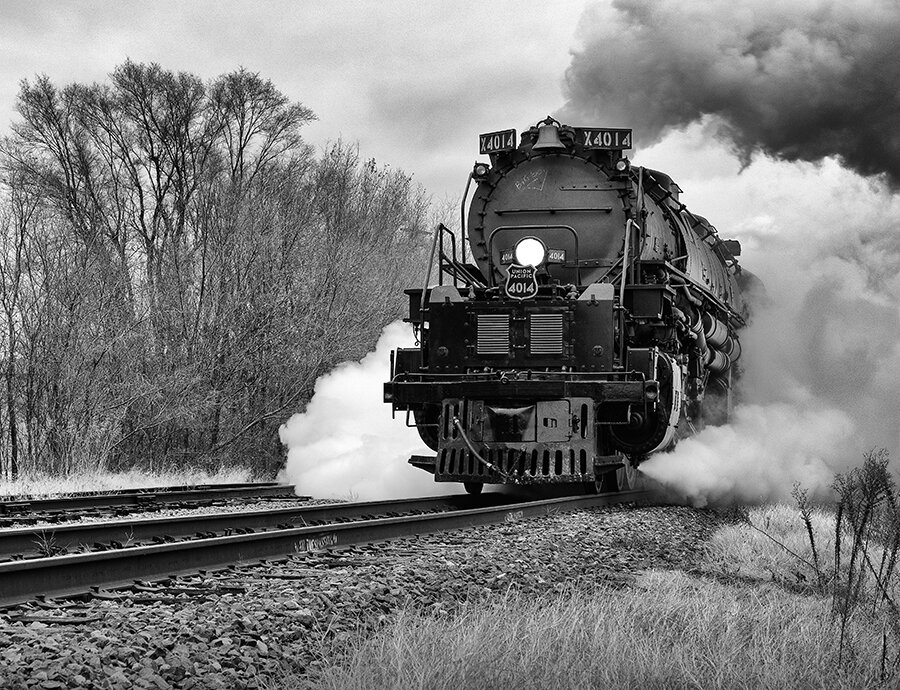It’s always a pleasure to look back over the past year to remember where I was able to travel and take some wonderful photos. I’m reminded how beautiful is our great United States of America. Early 2025 started with another (my 10th) trip to Death Valley National Park with great friend and incredible artist Dale Poore. We spent 4 intense days of photography in one of the most unusual landscapes. On our route from Las Vegas, we stopped at China Ranch Date Farm in Tecopa, CA. China Ranch has an oasis with about 1200 date palms. The following photo was taken with infrared camera.
Of all the incredible locations in Death Valley, none is more favorite than a hike into the Mesquite Dunes at sunrise. In all directions there is a photograph.
We hiked into Mosaic Canyon with its fascinating layers of rock and debris.
Additionally, the variety of scenes is incredible, such as these piles of lava, the desert holly growing on fields of volcanic ash, and streams of water in Cottonball Basin reflecting the early morning light.
When in Death Valley, I always try to make a stop at Rhyolite, an old ghost town near Beatty, NV, where also a must stop is the Happy Burro Chili and Beer watering hole.
In June, a colleague with whom I work and I attended a photo workshop with Greg Disch at Caddo Lake. Caddo is the largest bald cypress swamp in America and place of beautiful scenery. Although it's generally a hotspot for photography in the fall, we joined Greg in June when all is green and blooming. Caddo Lake is on the Texas-Louisianna border just north of Shreveport. Photography is all done from kayaks or pontoon boats. Following are a few images.
And finally, a great photo year ends with a trip to Maine and Acadia National Park in October (our 10th trip). Although this was not a serious photo trip, I did carry along my “travel camera” - a Fujifilm X100F, and take “snapshots”. I resulted in several favorites from Maine. We traveled to the Canadian border and crossed over to Campobello Island, where the next photo was taken.
Classic scenes of Acadia were capture on several of our excursions, including reflections along Cannon Brook Trail, a foggy morning on Cadillac Mountain, red maple in the fog, and bicycles at Dyce Head Light Houses.
We visited Fort Knox on the Penobscot Narrow finding this granite spiral staircase.
So, for me, it was another successful year of photography. 2026 is in the planning and likely includes North California Redwoods, Oregon coast, another trip to Cheyenne WY rodeo, a fall trip to Caddo Lake for fall colors, and winter trip to Alabama Hills in California/Valley of Fire in NV.

